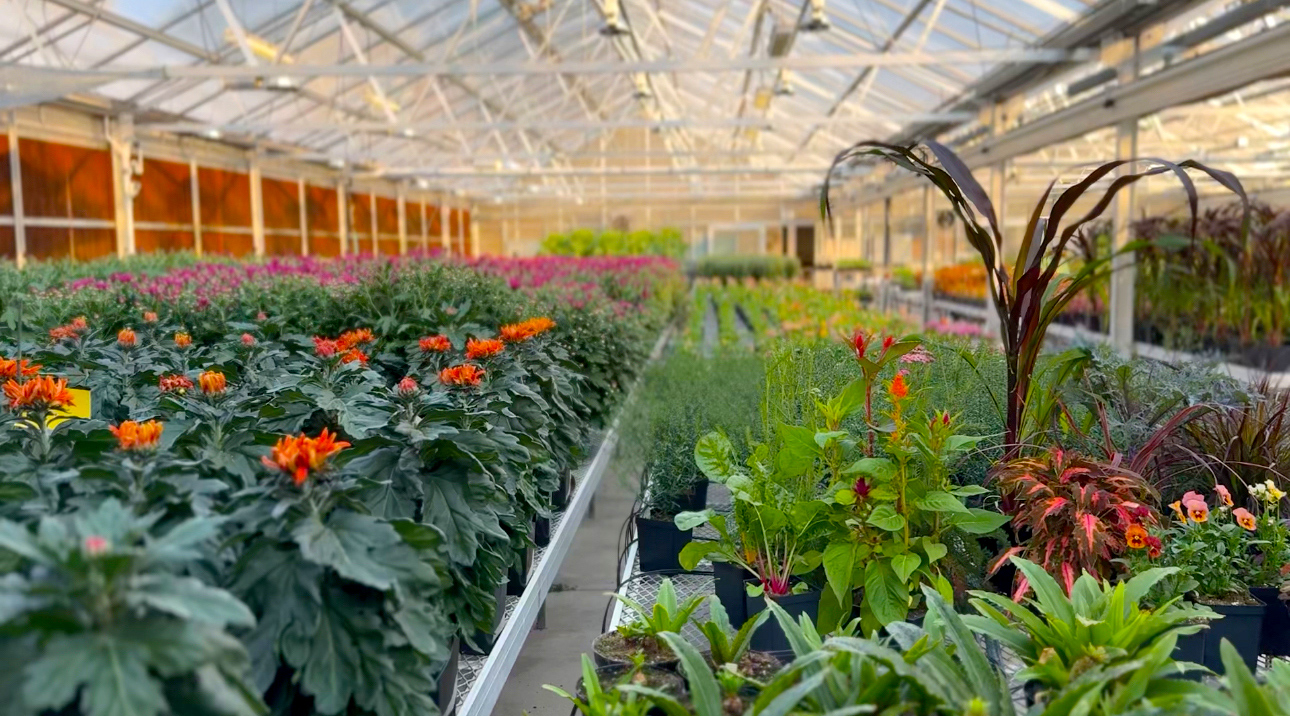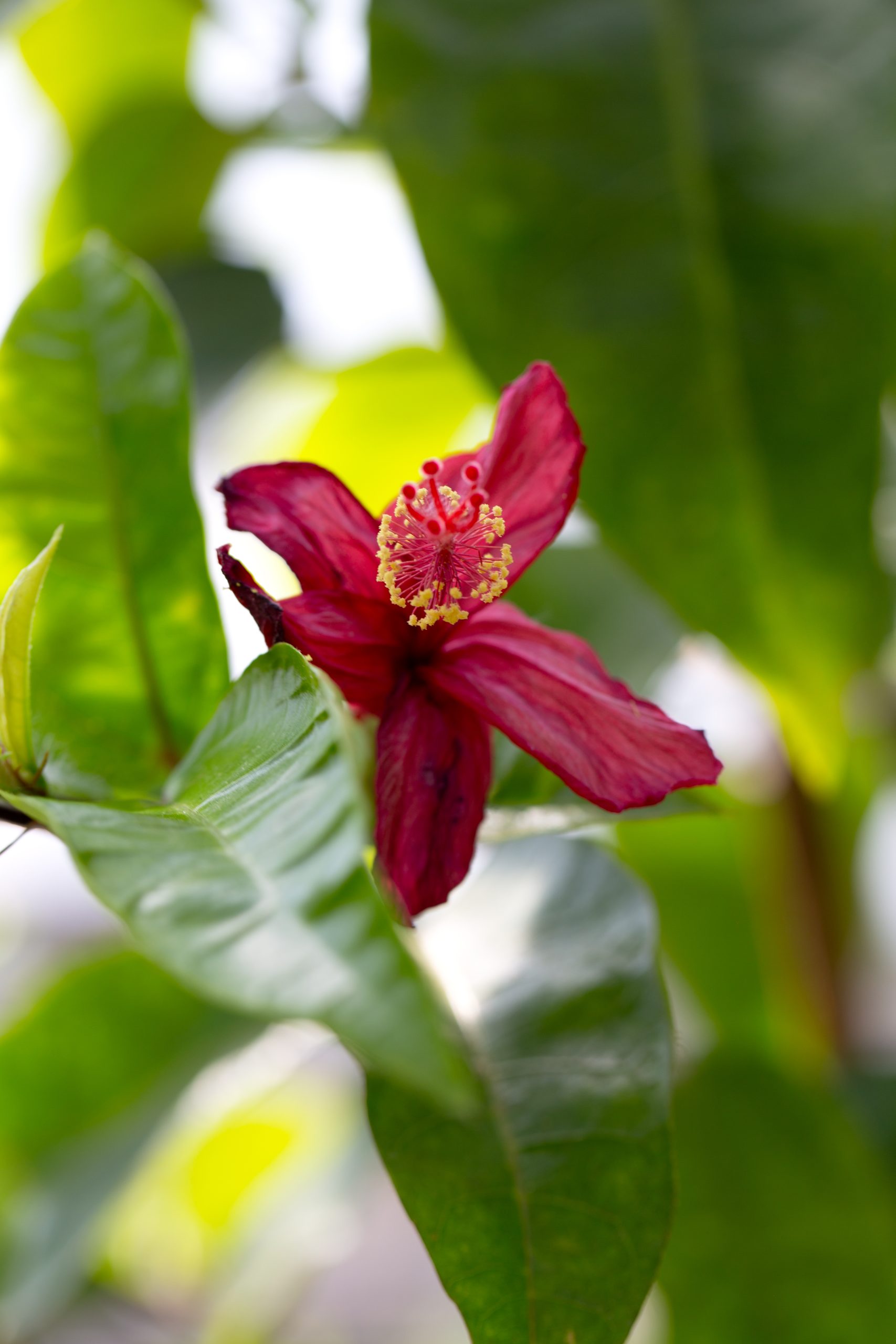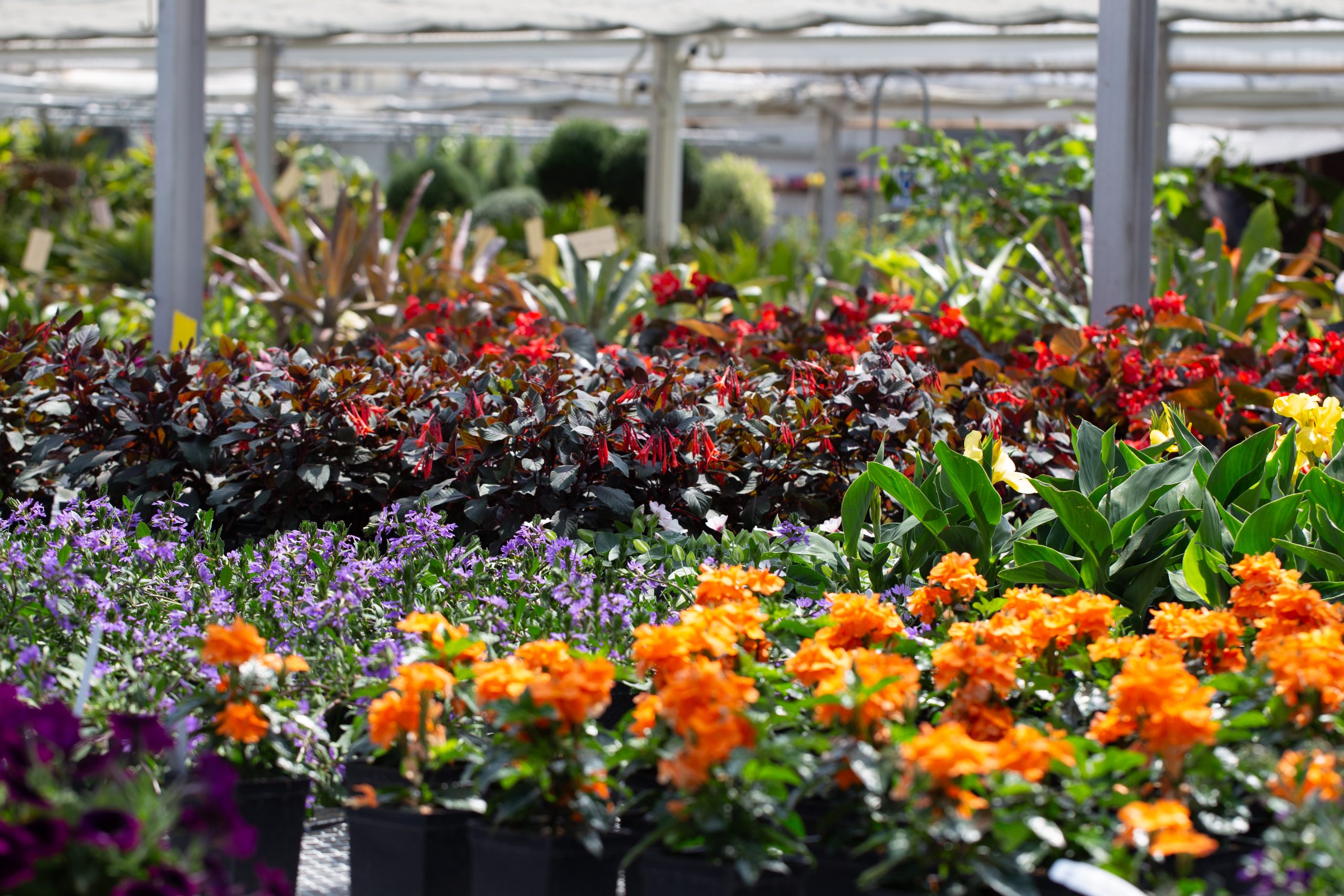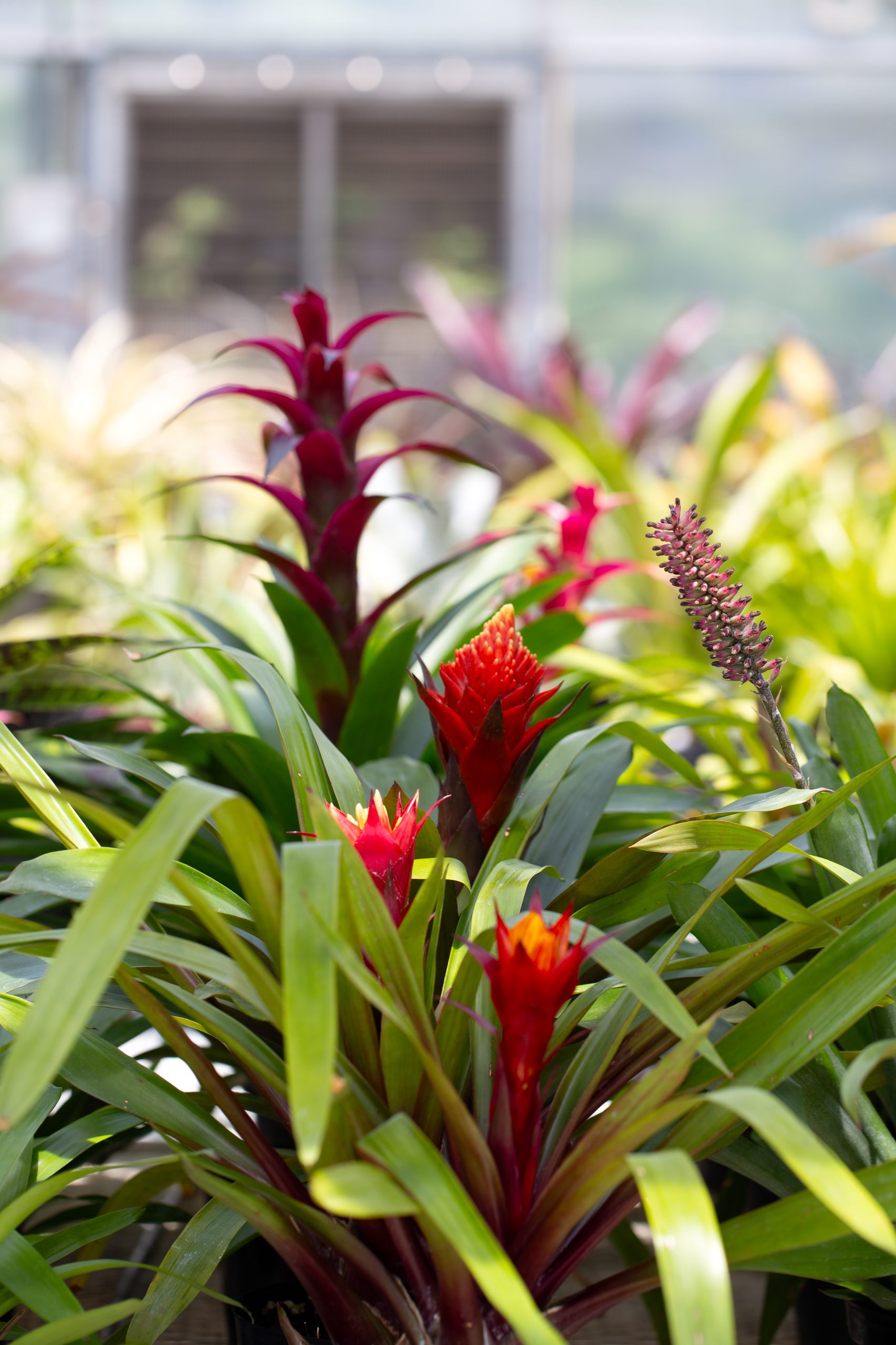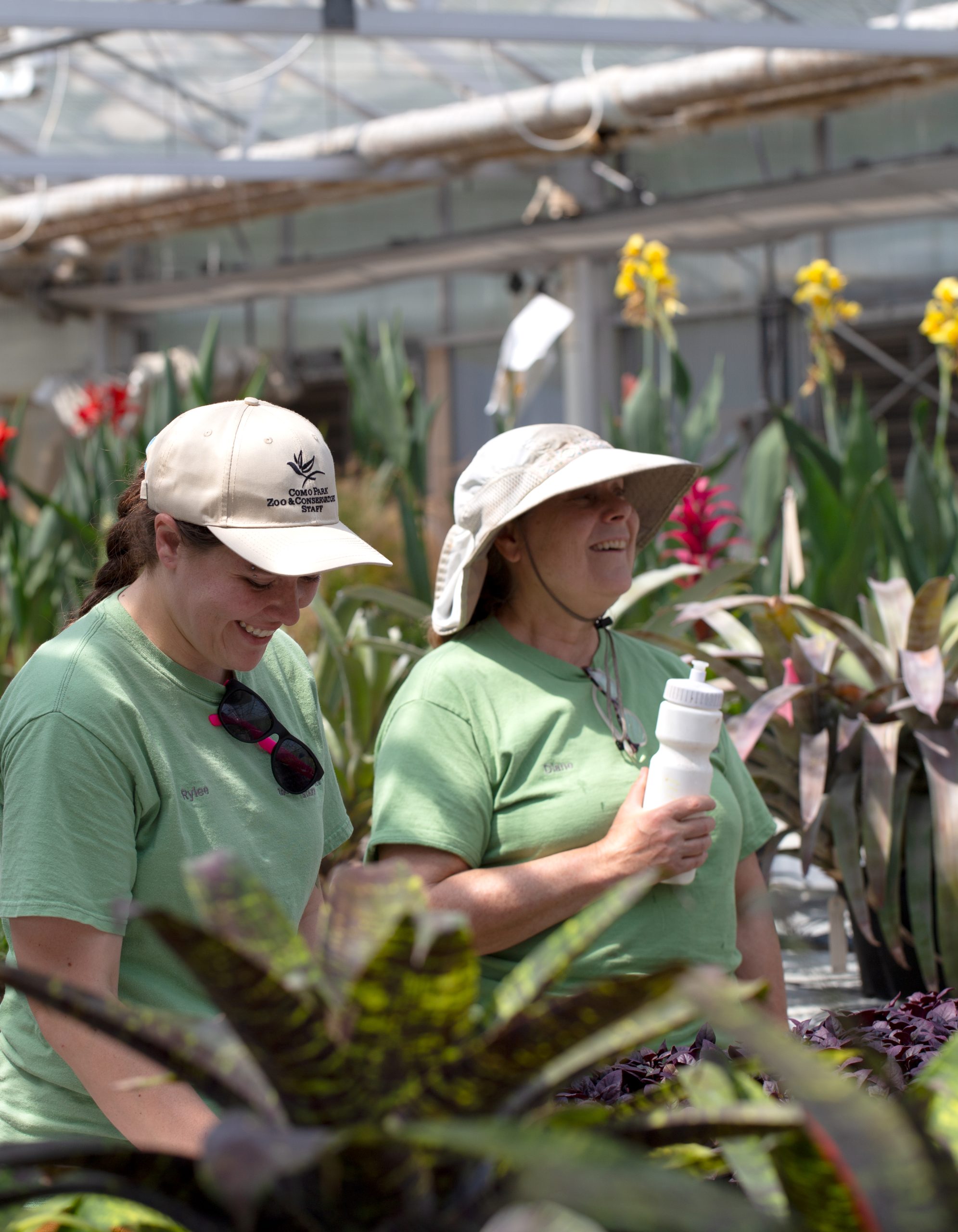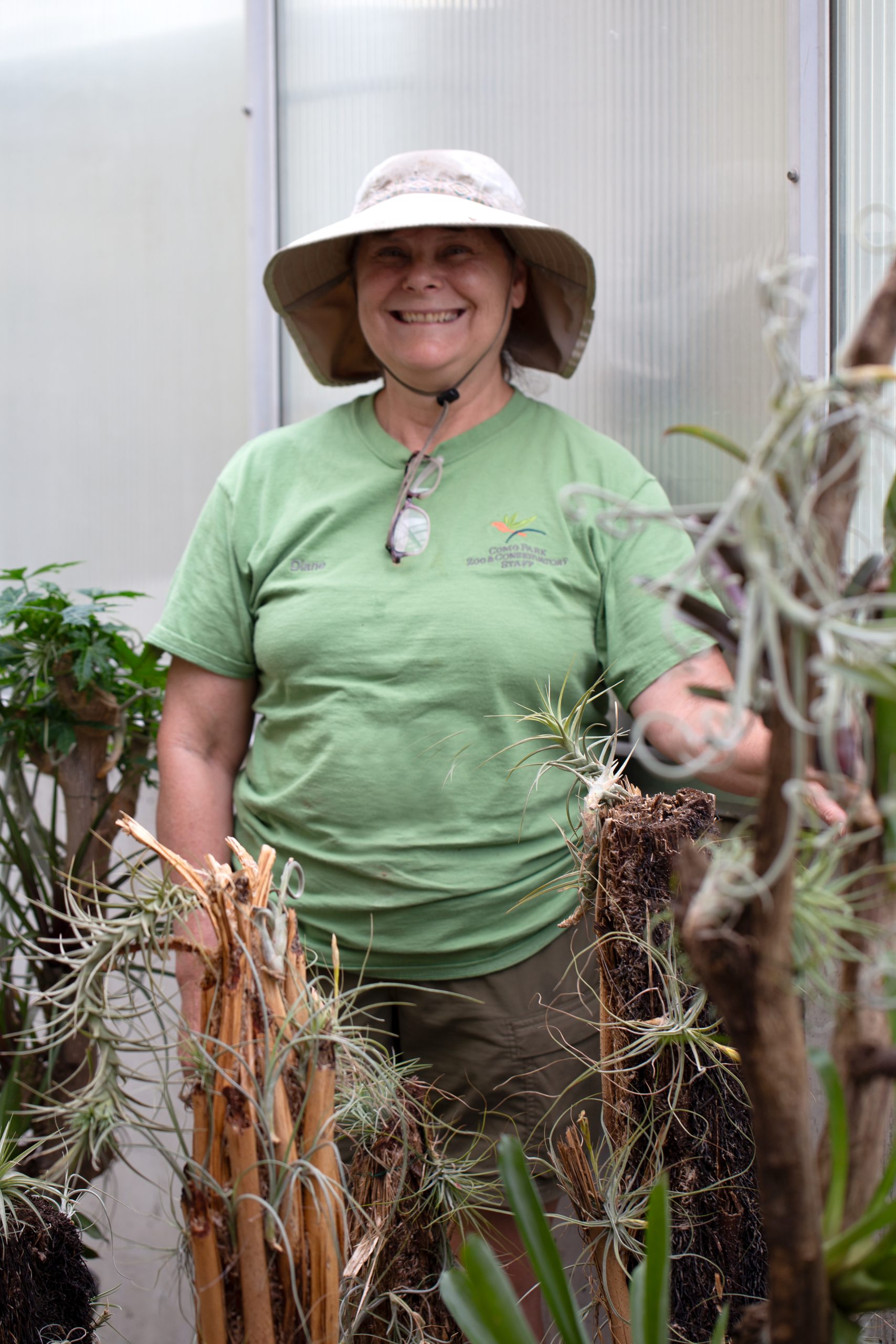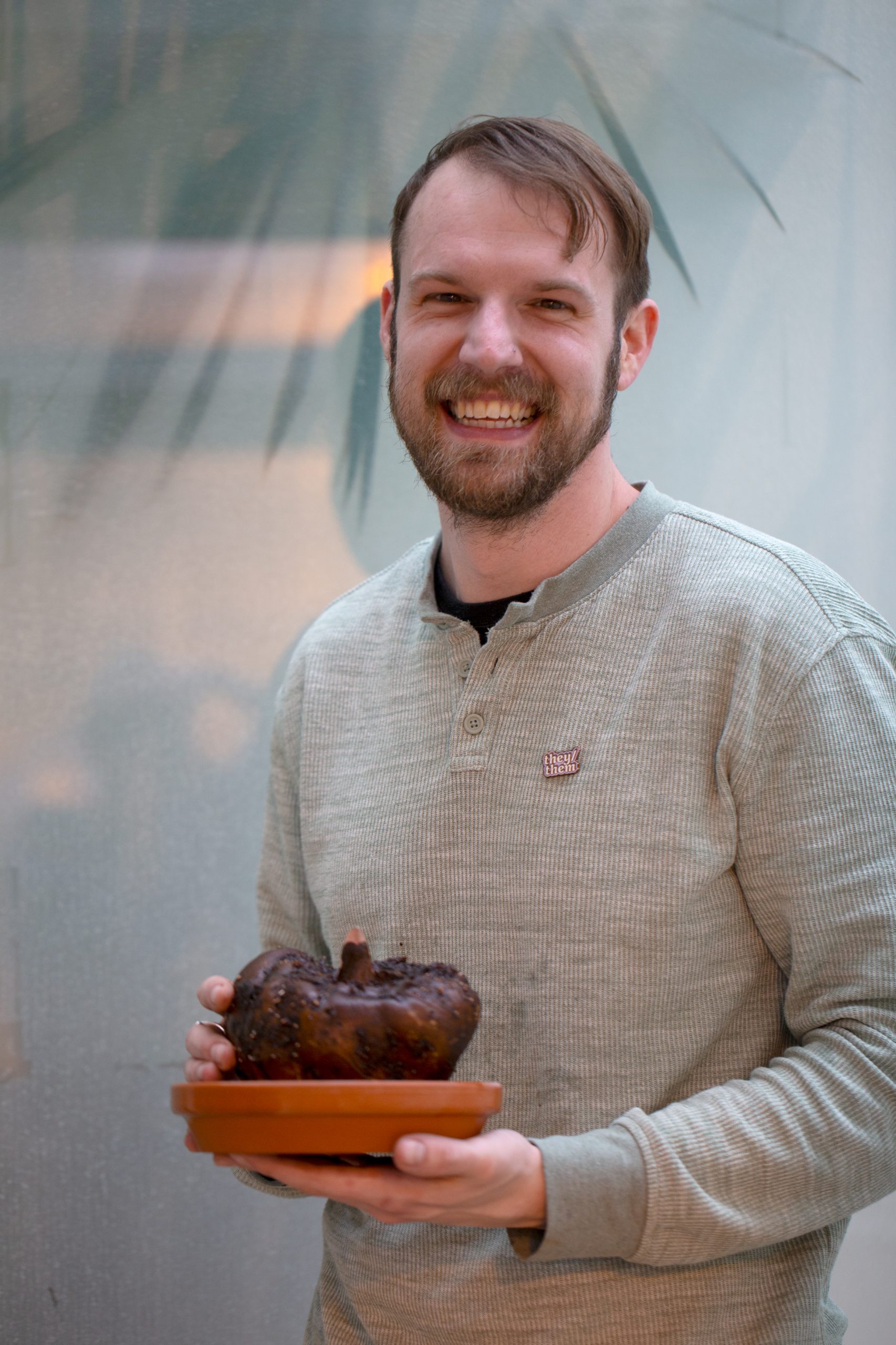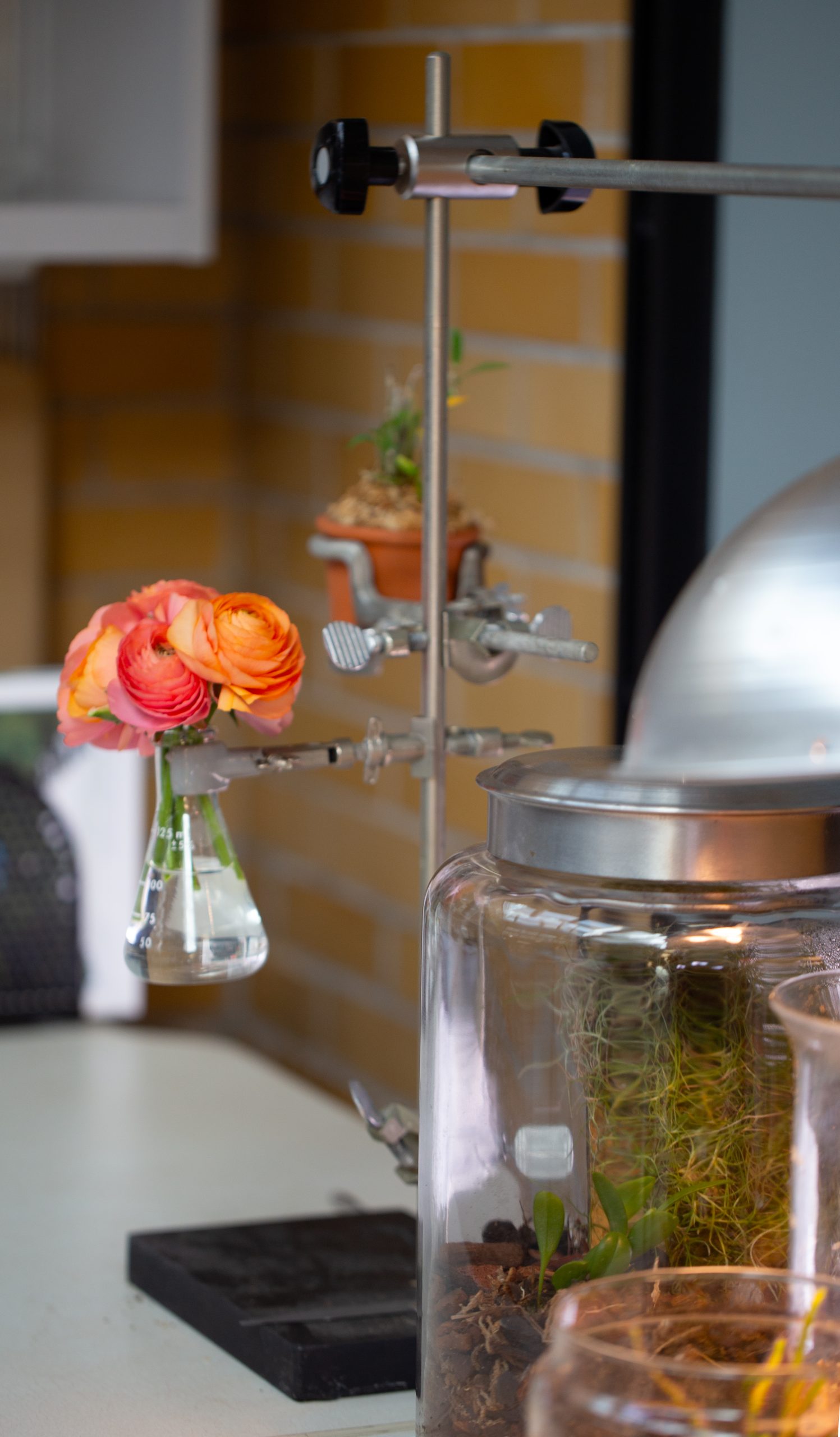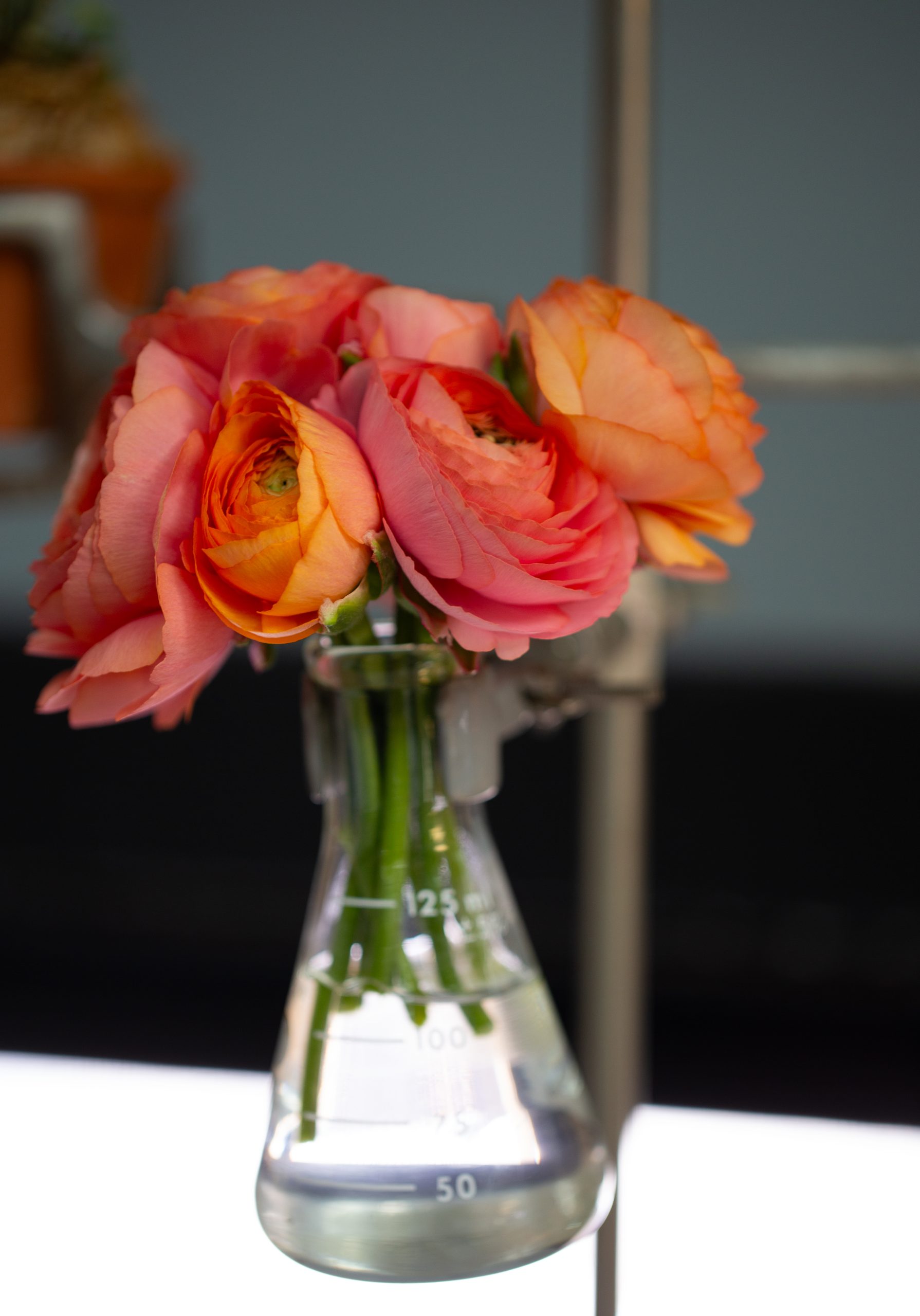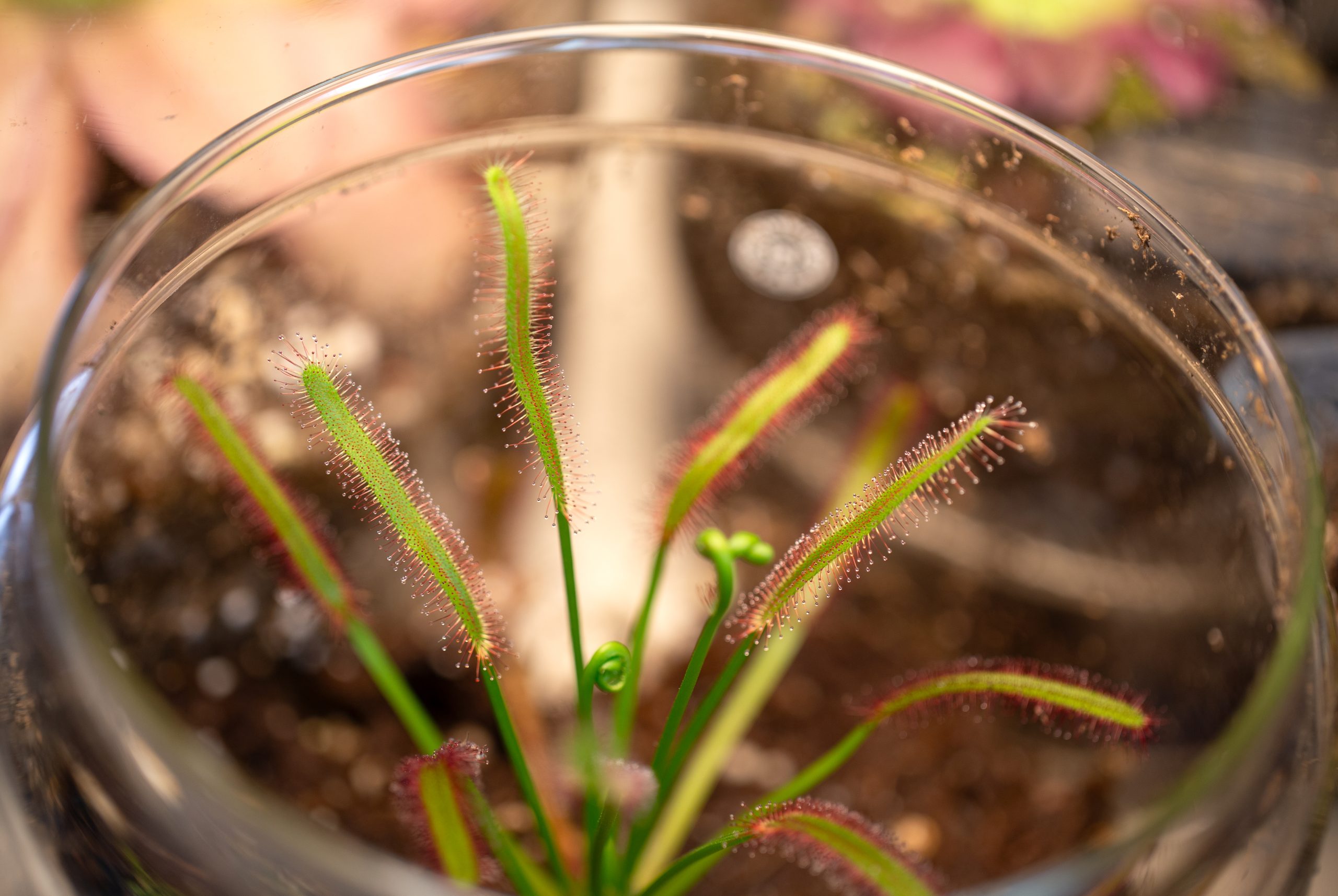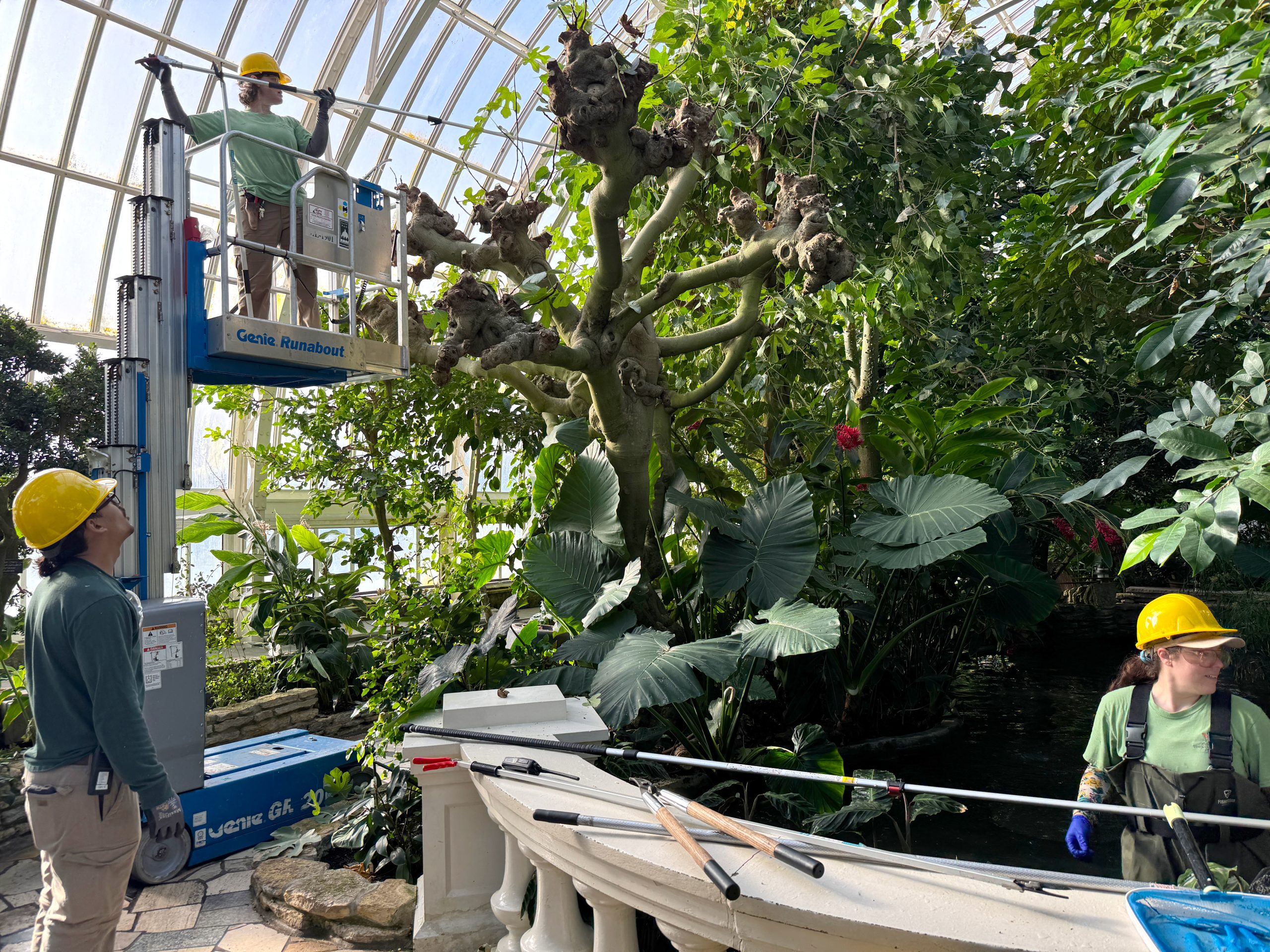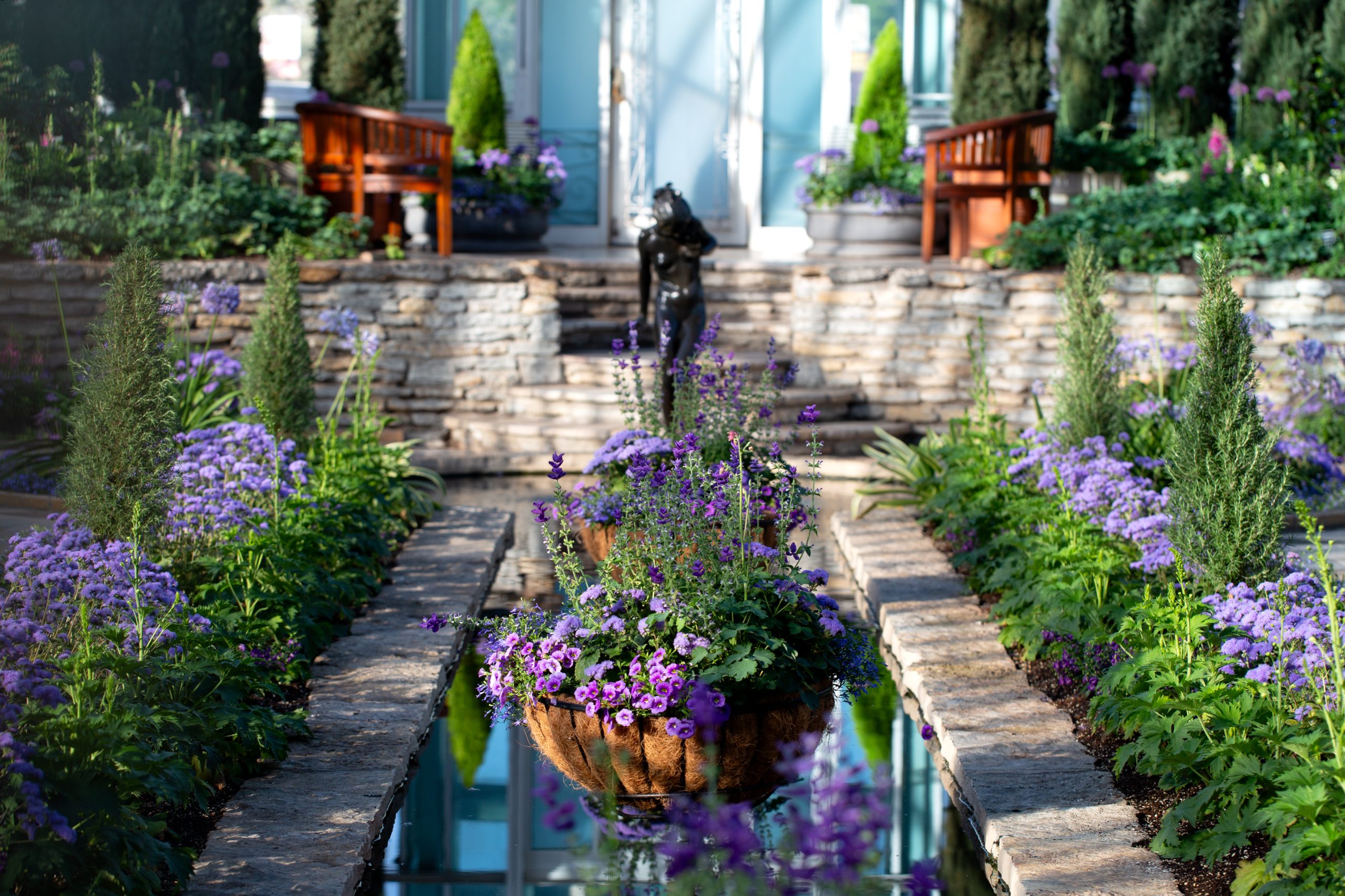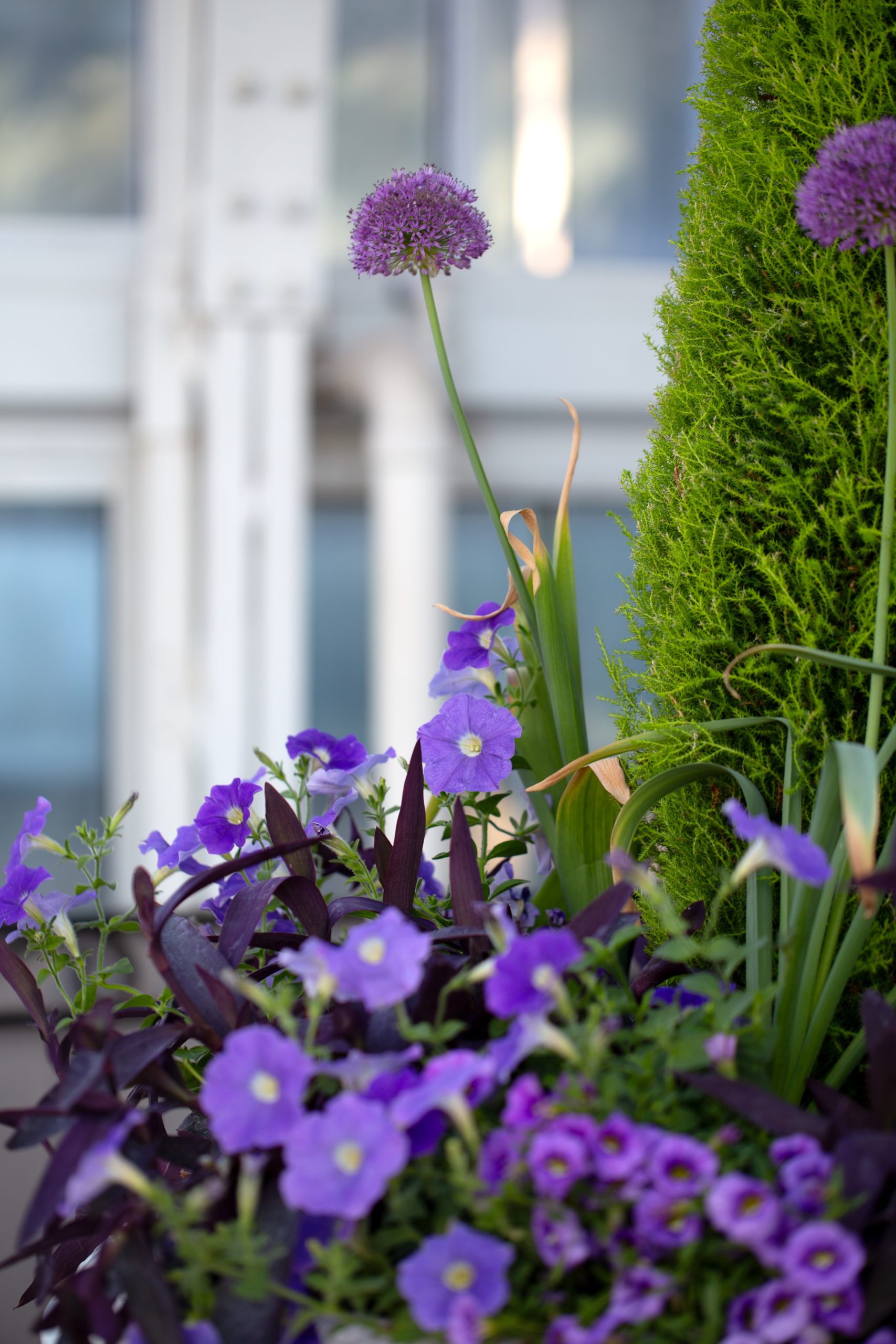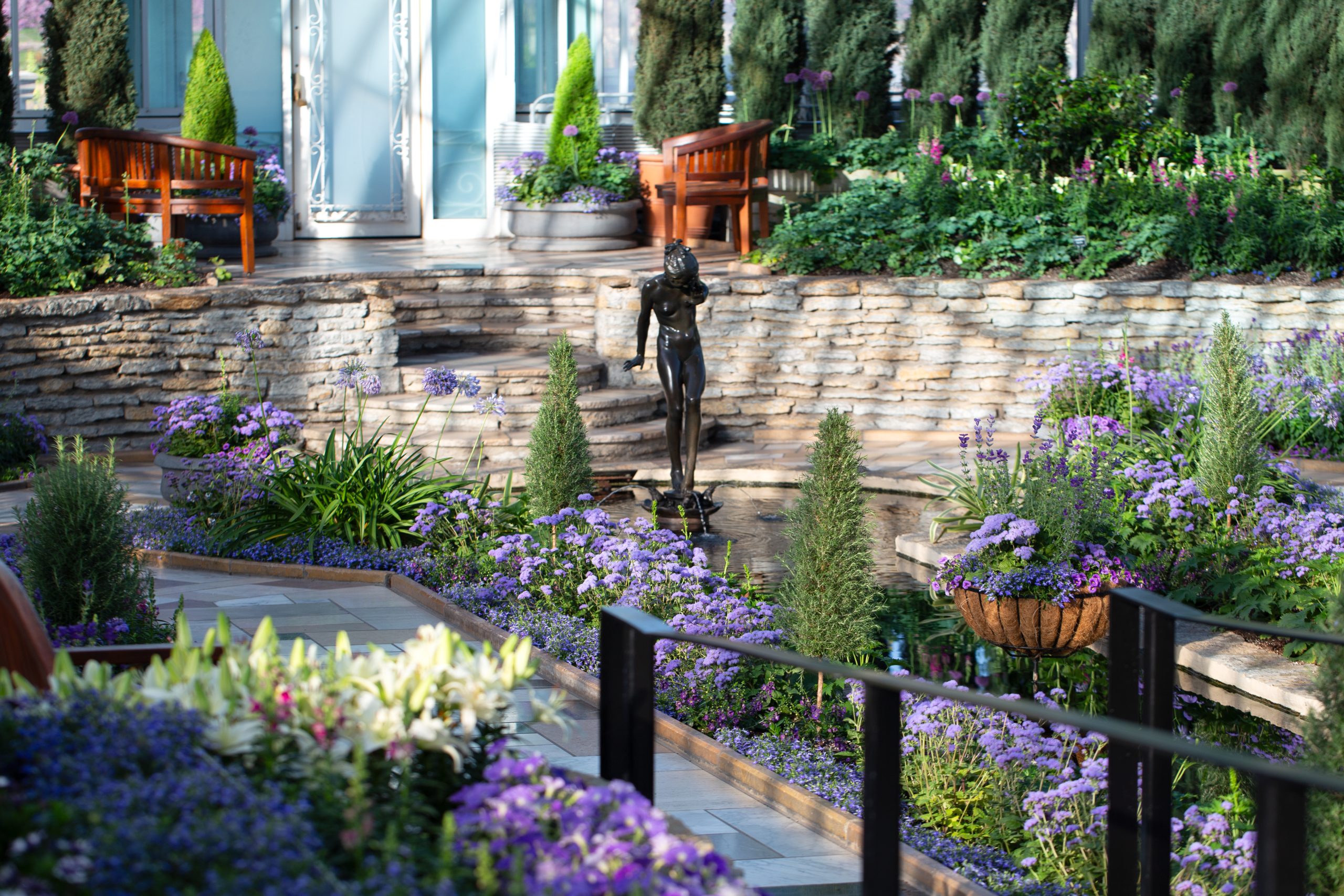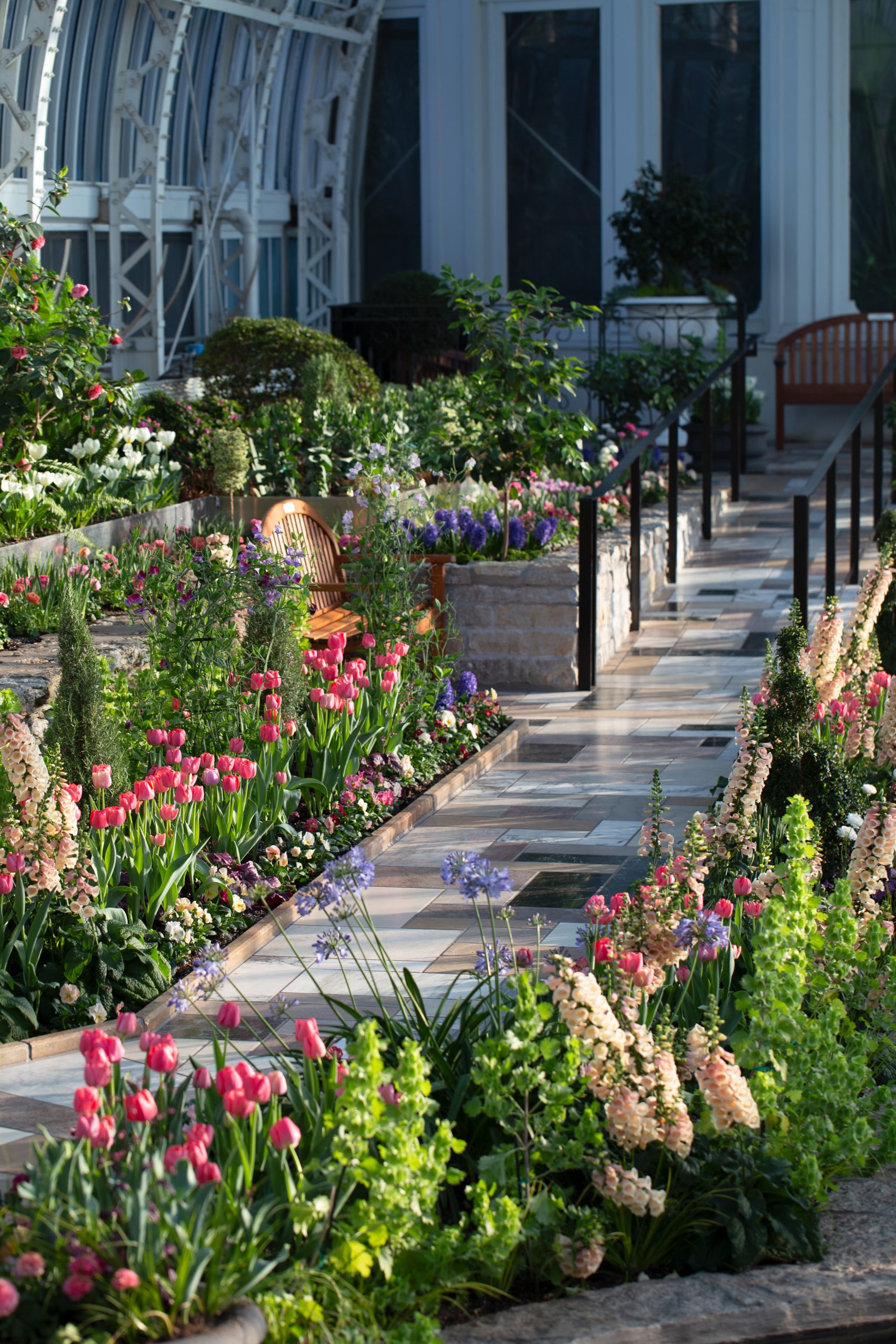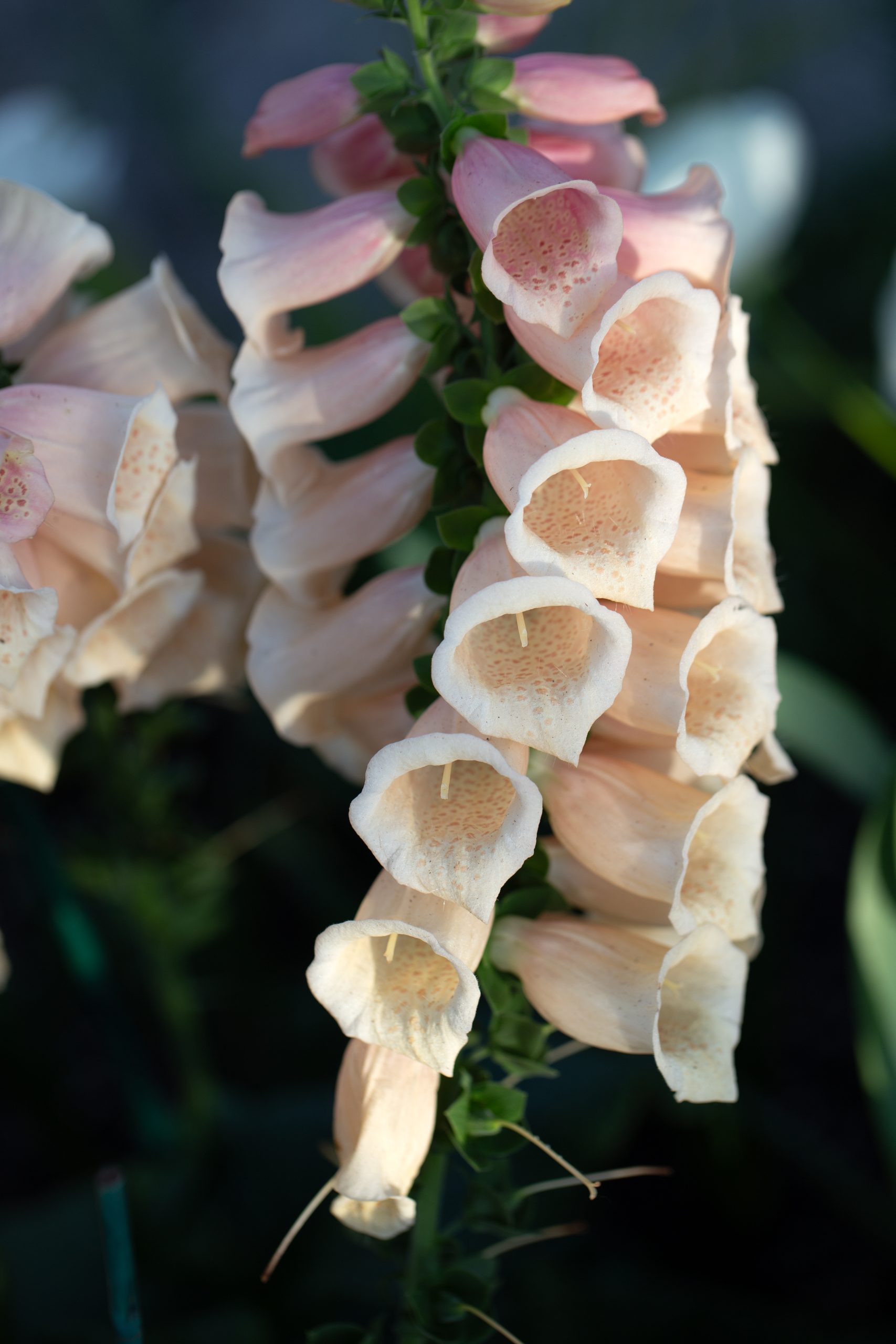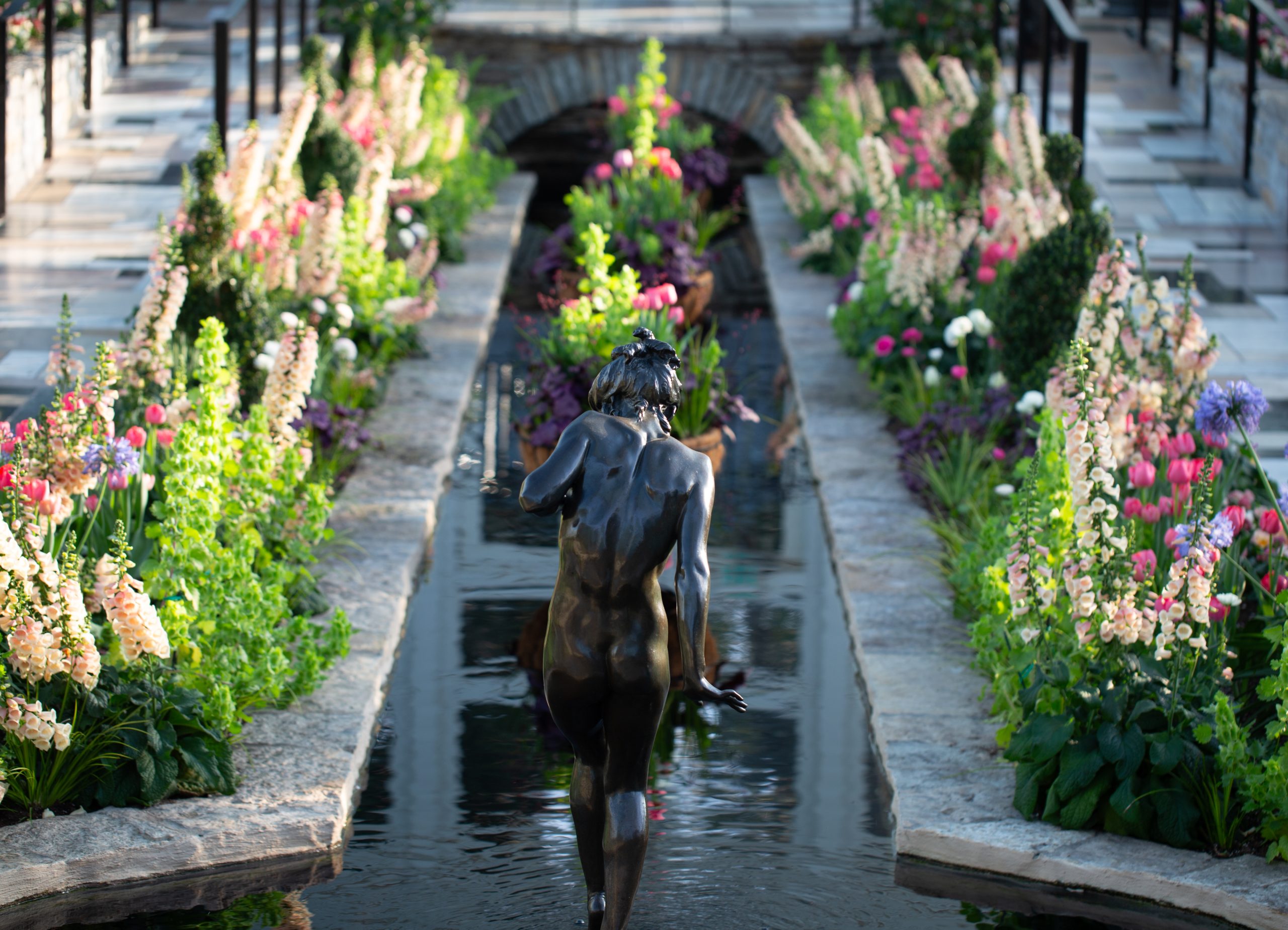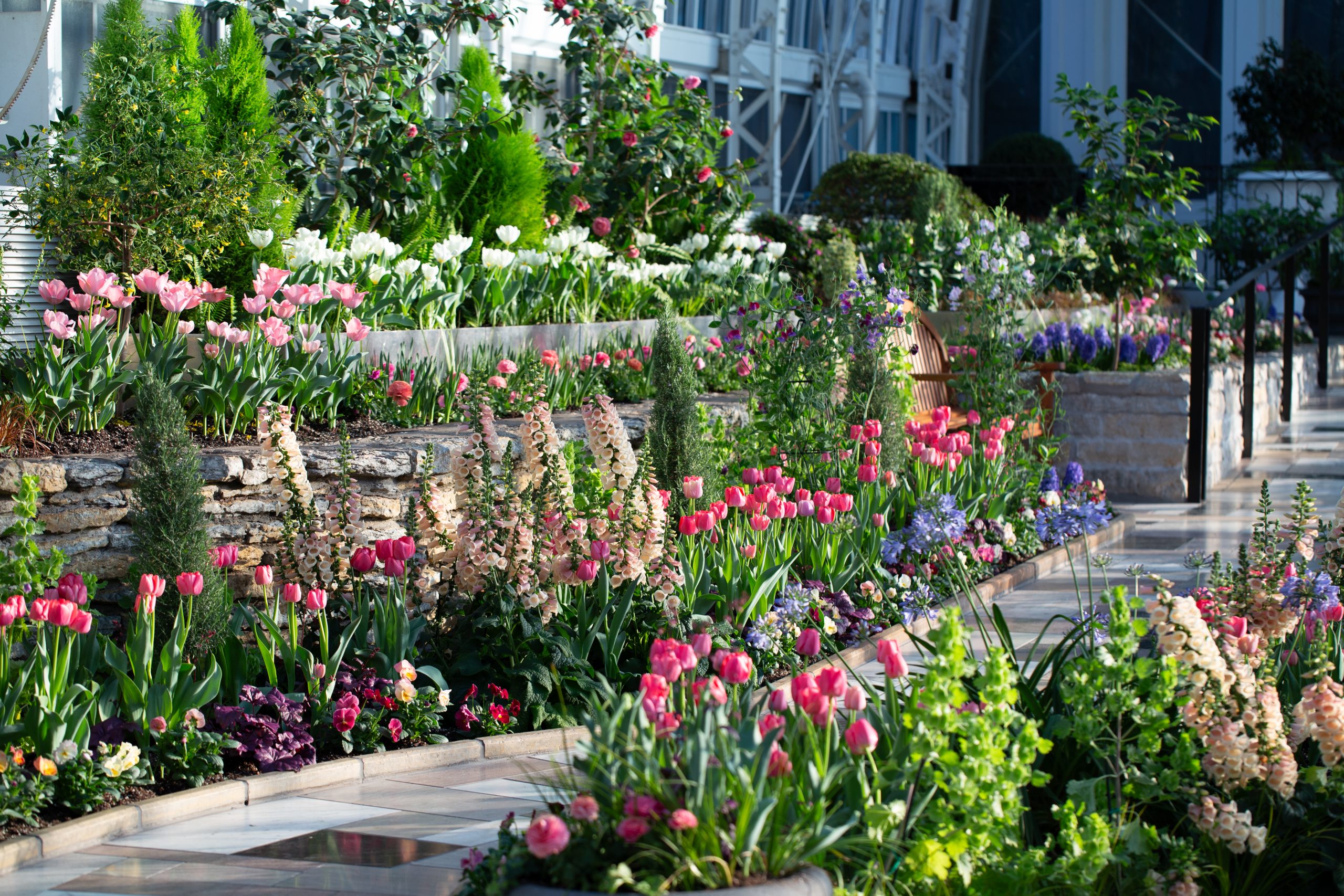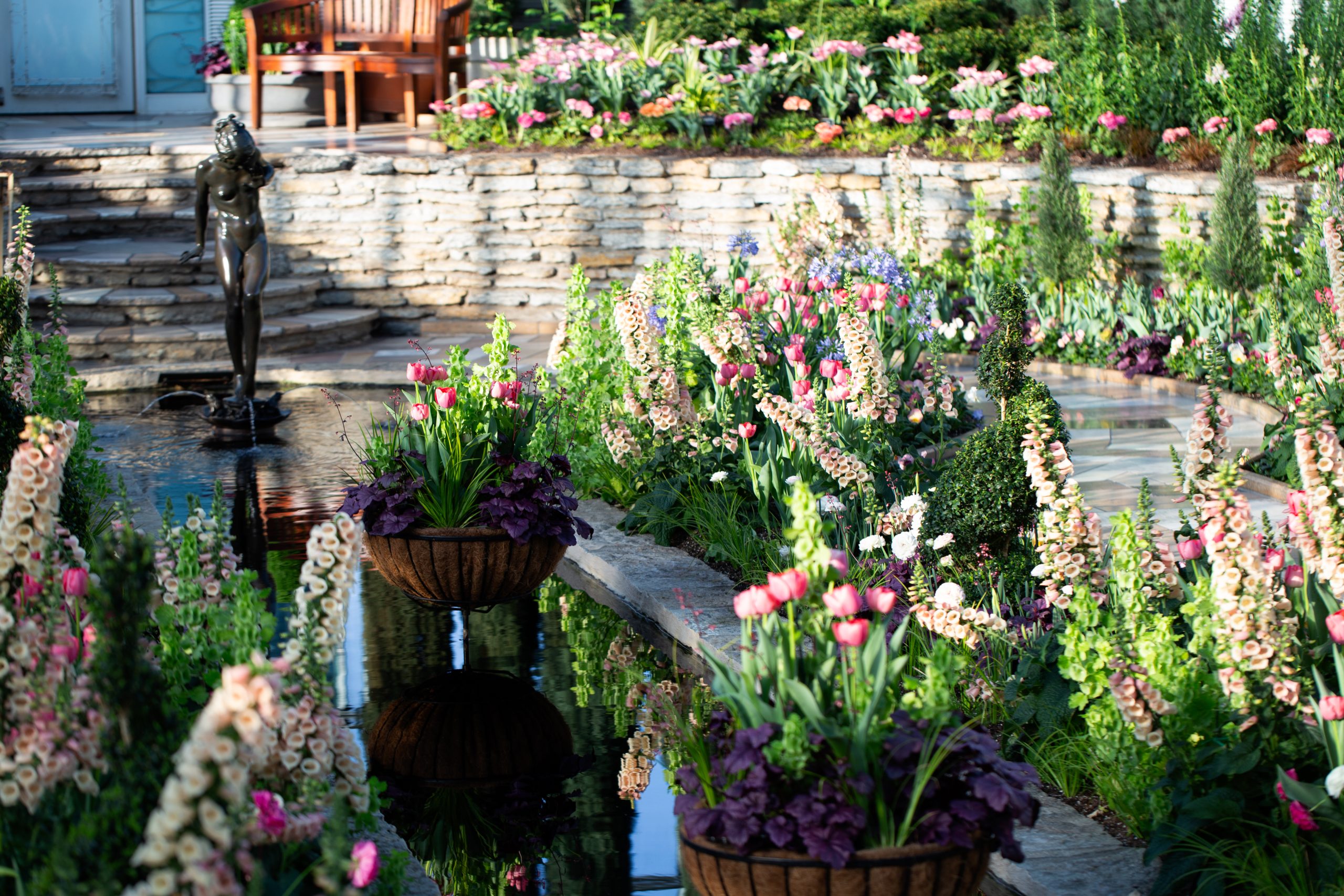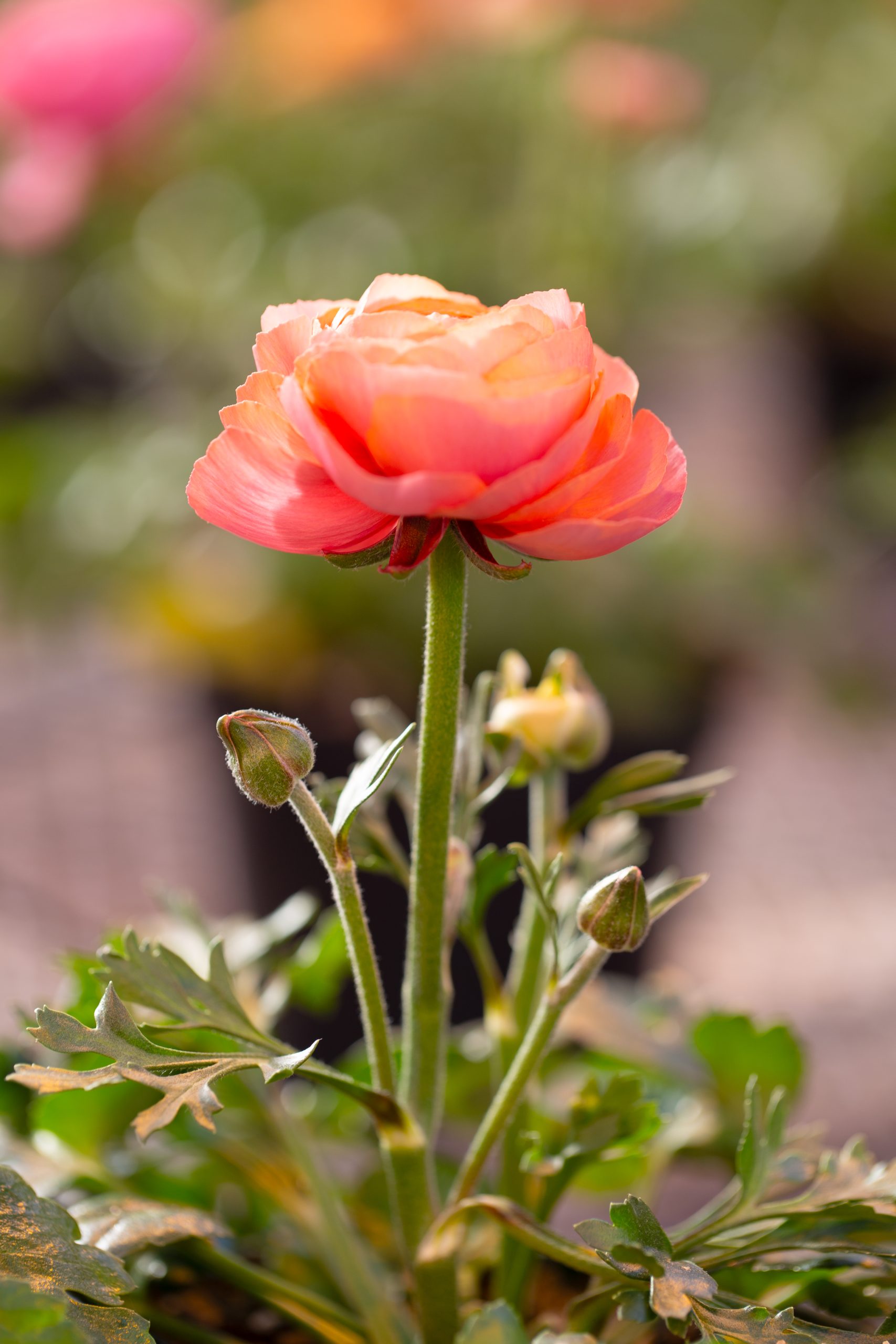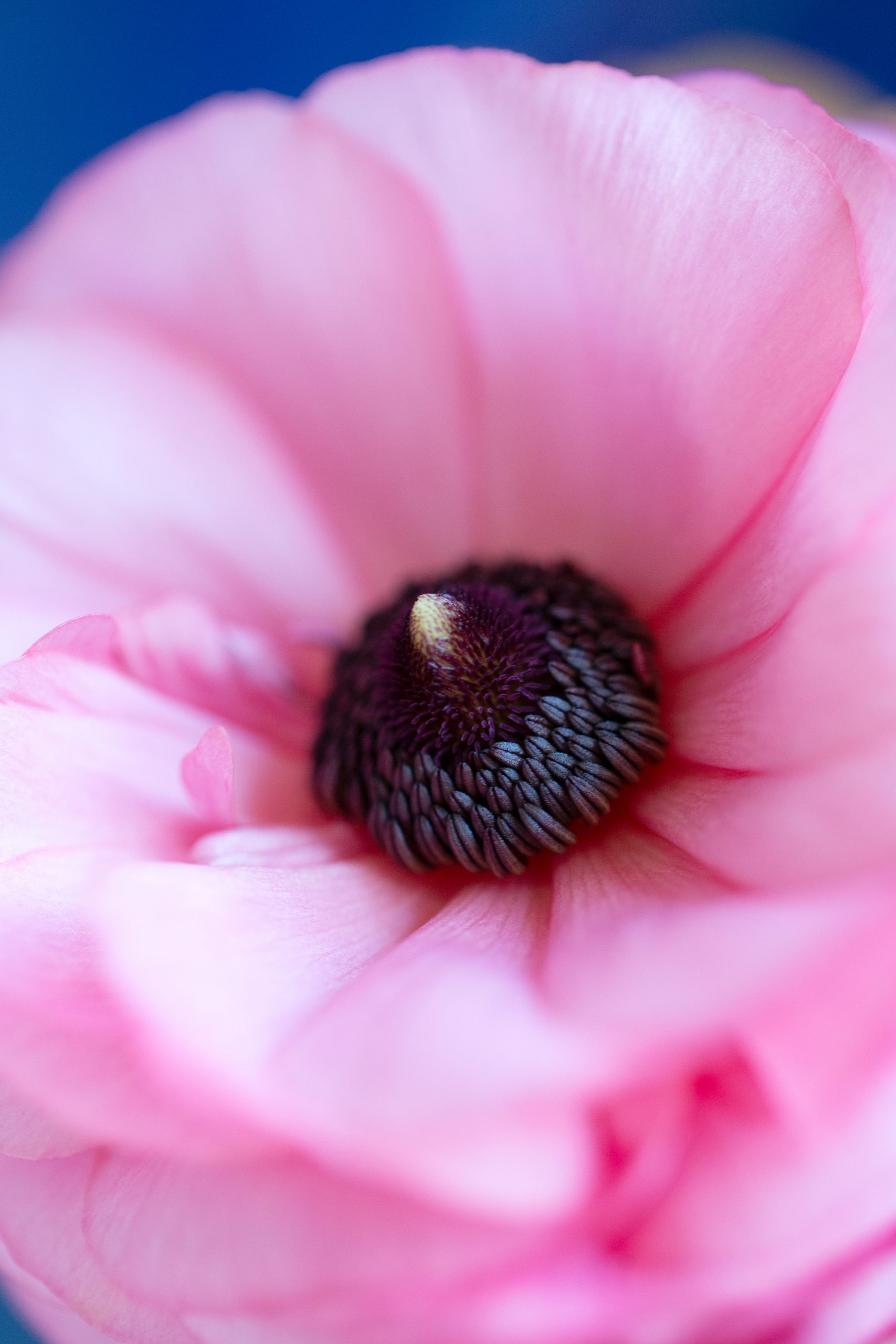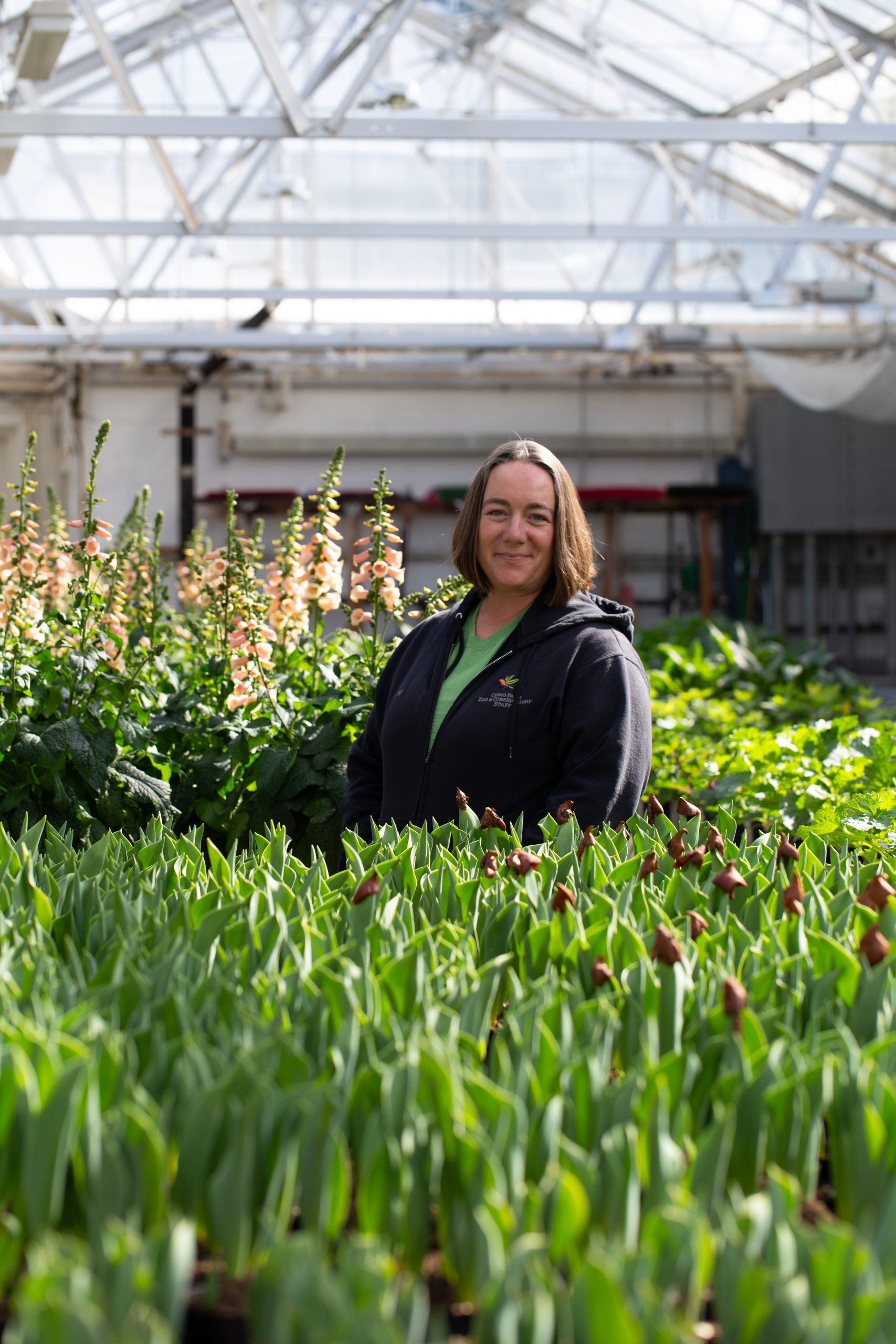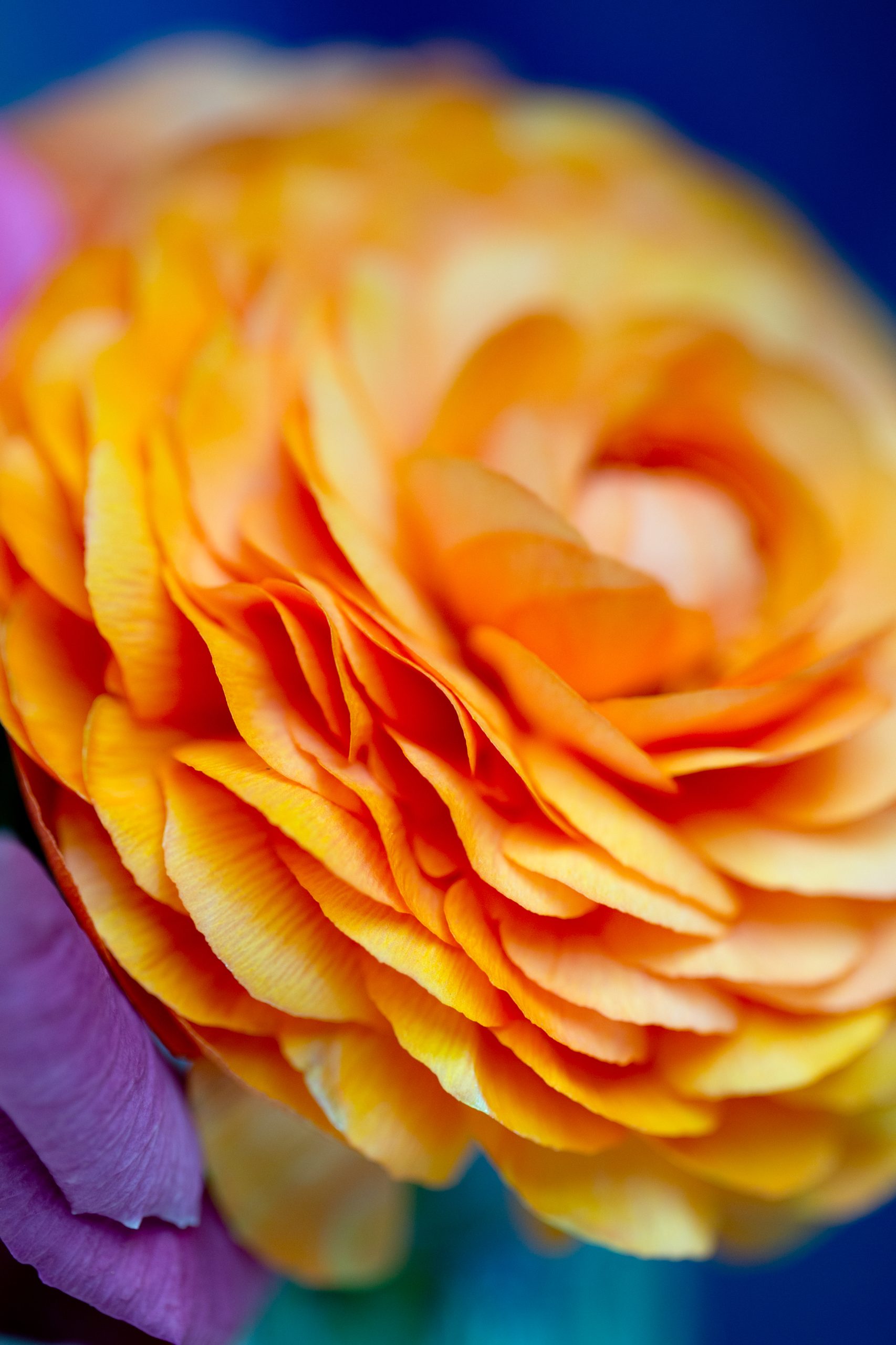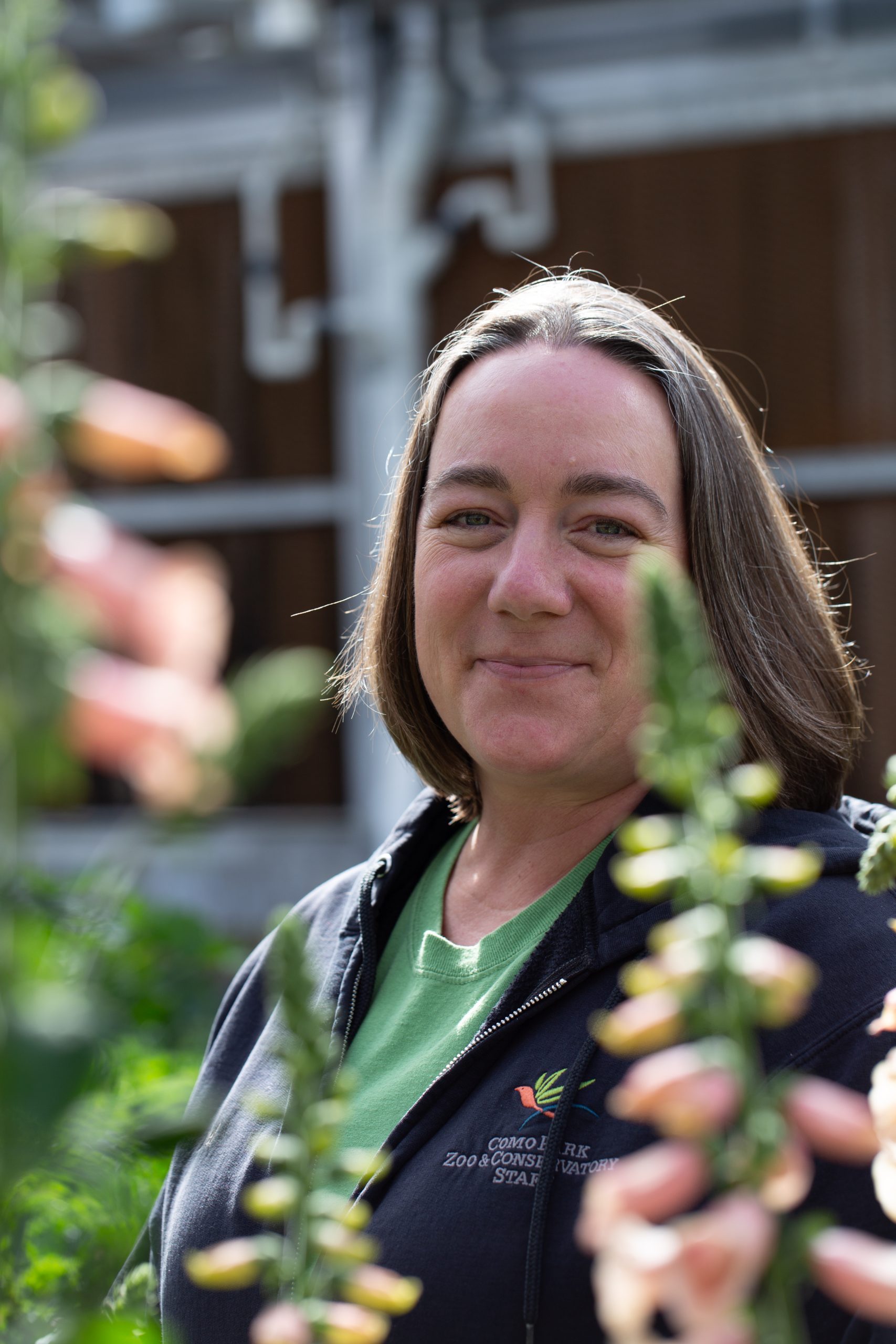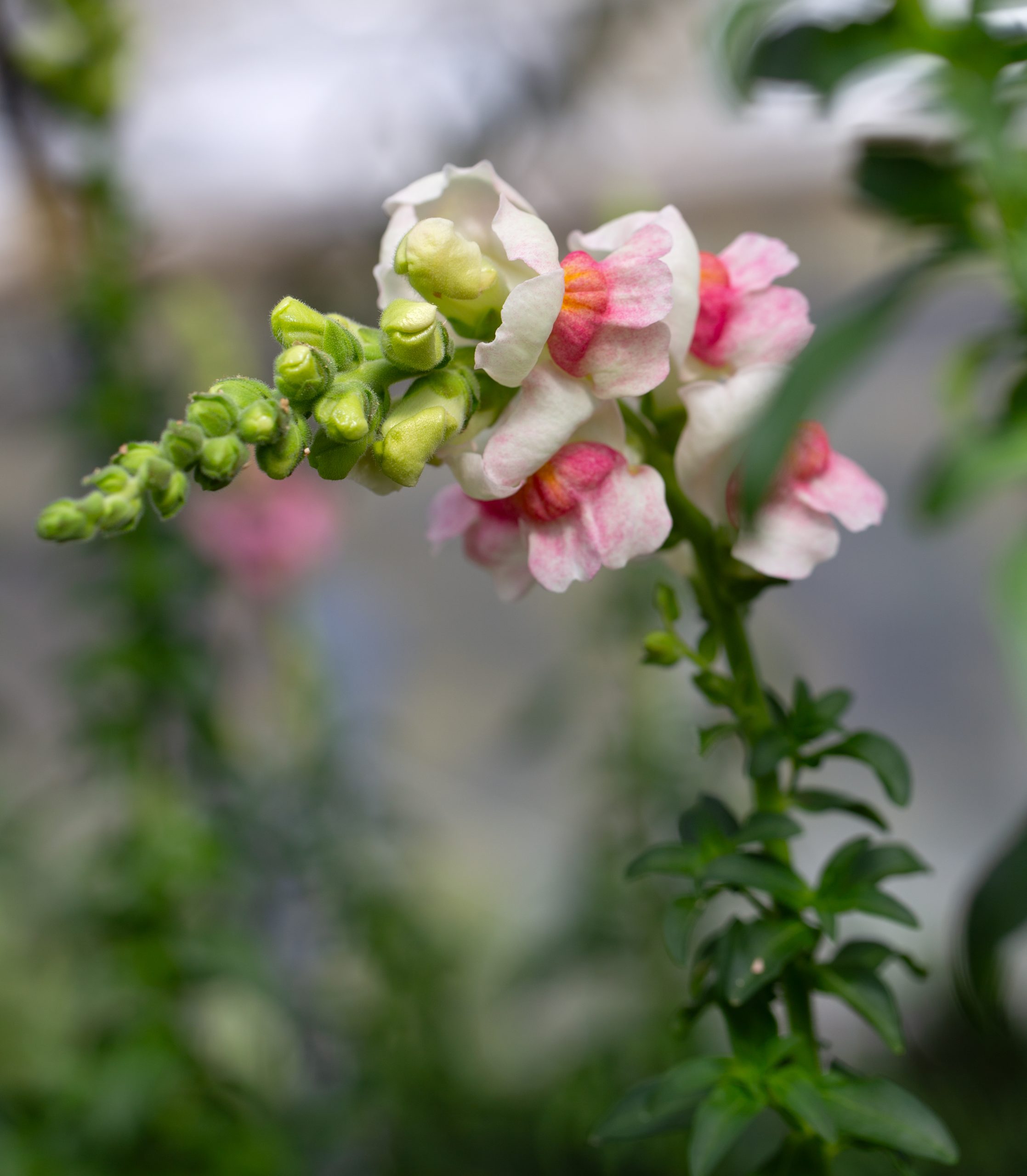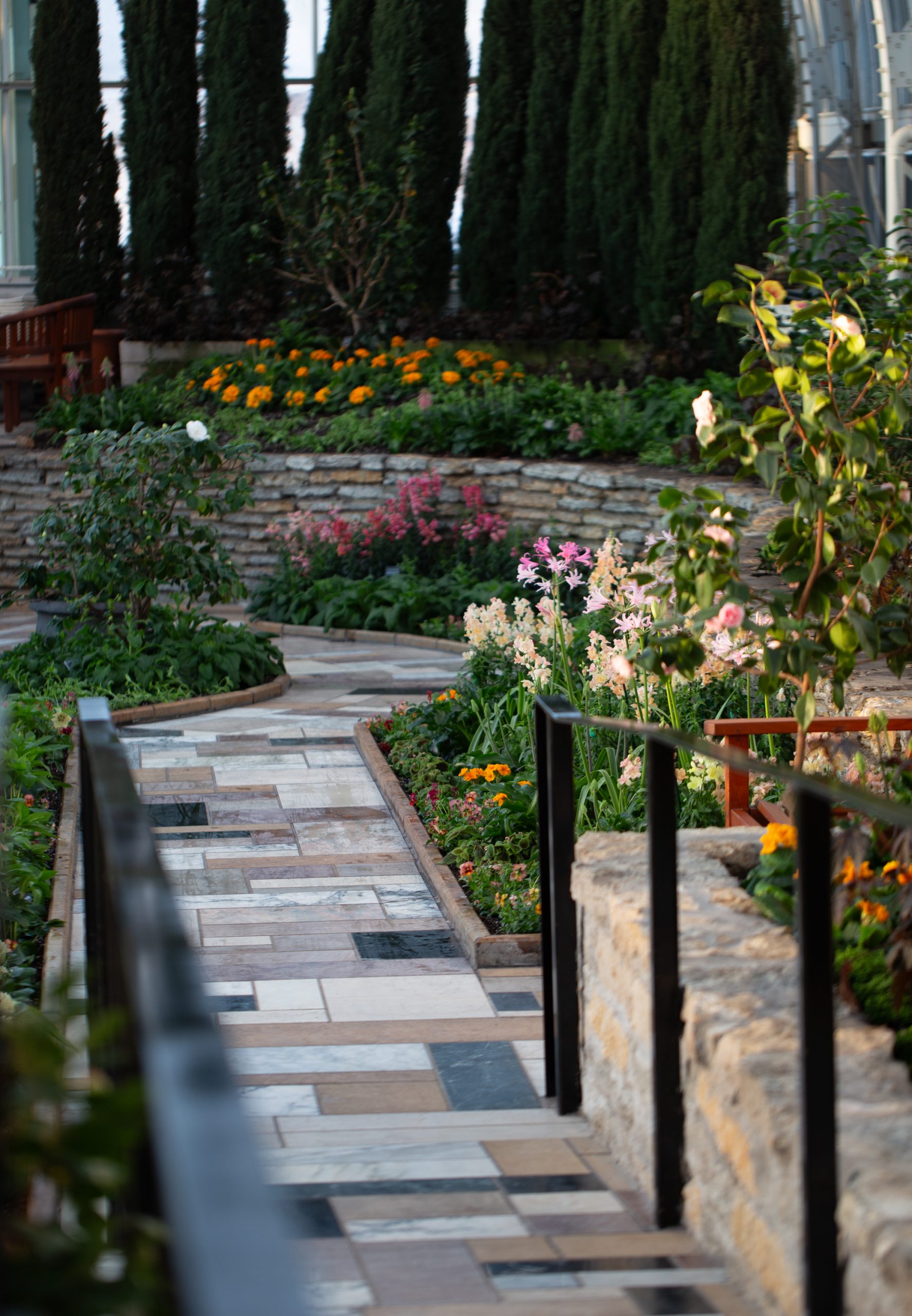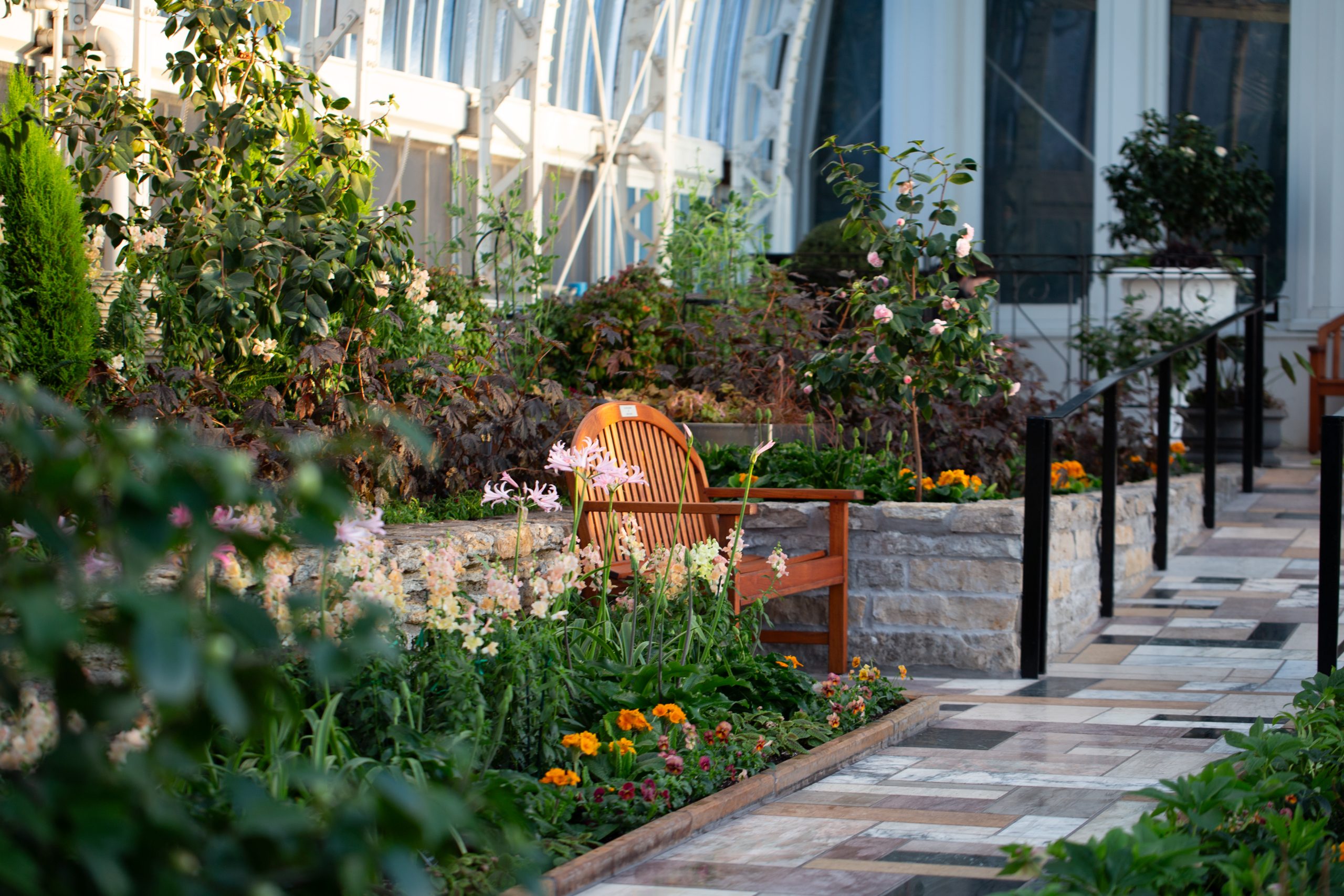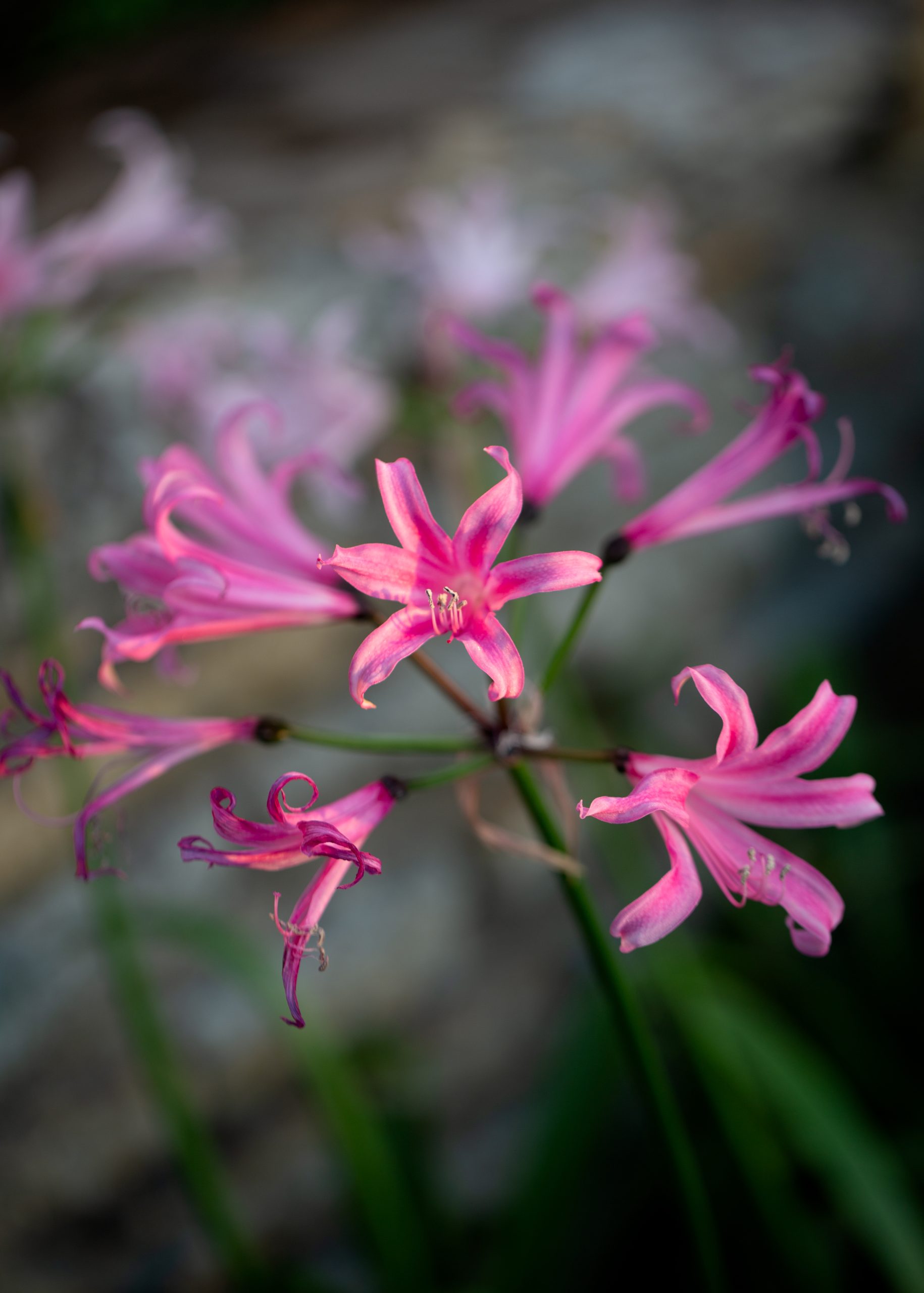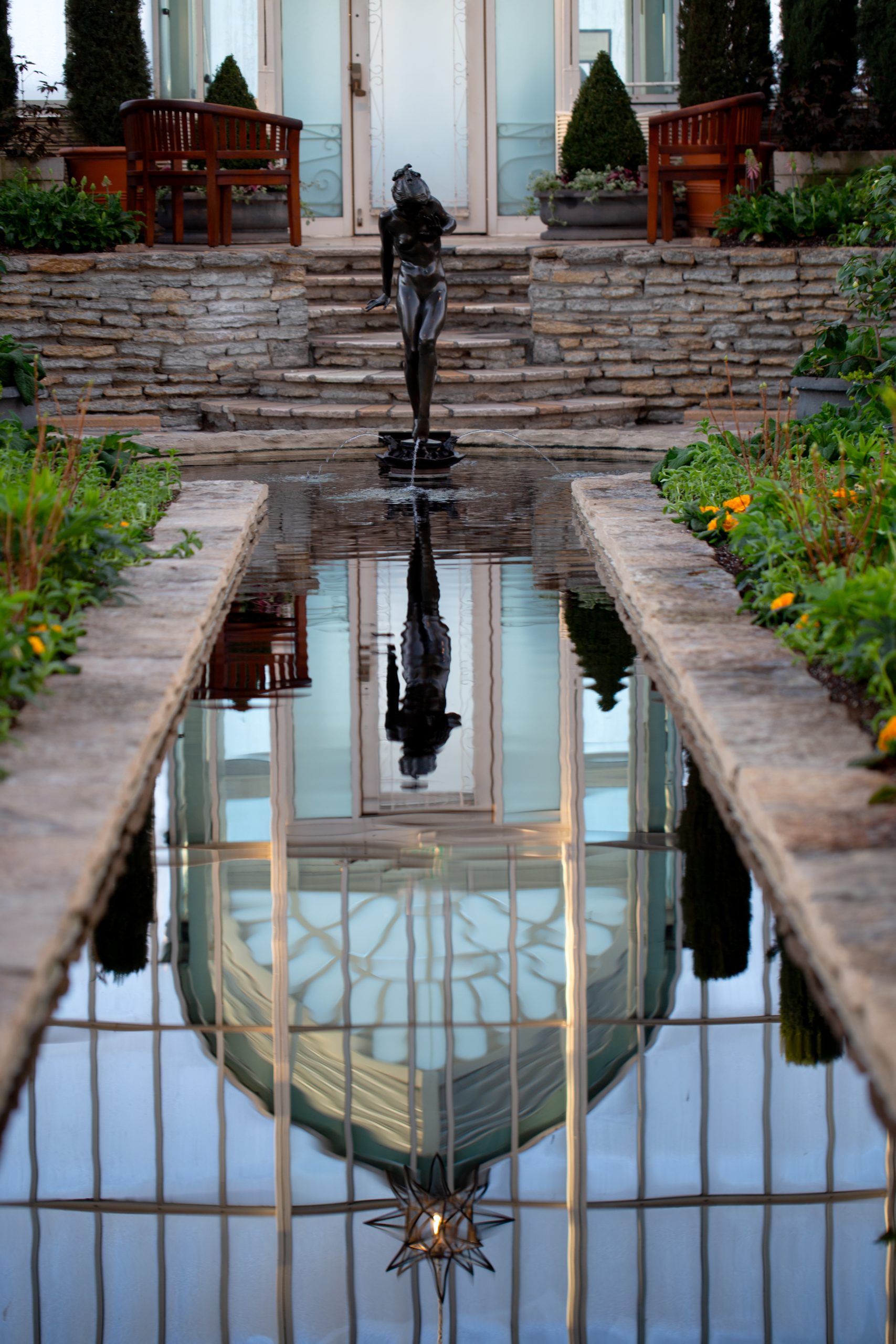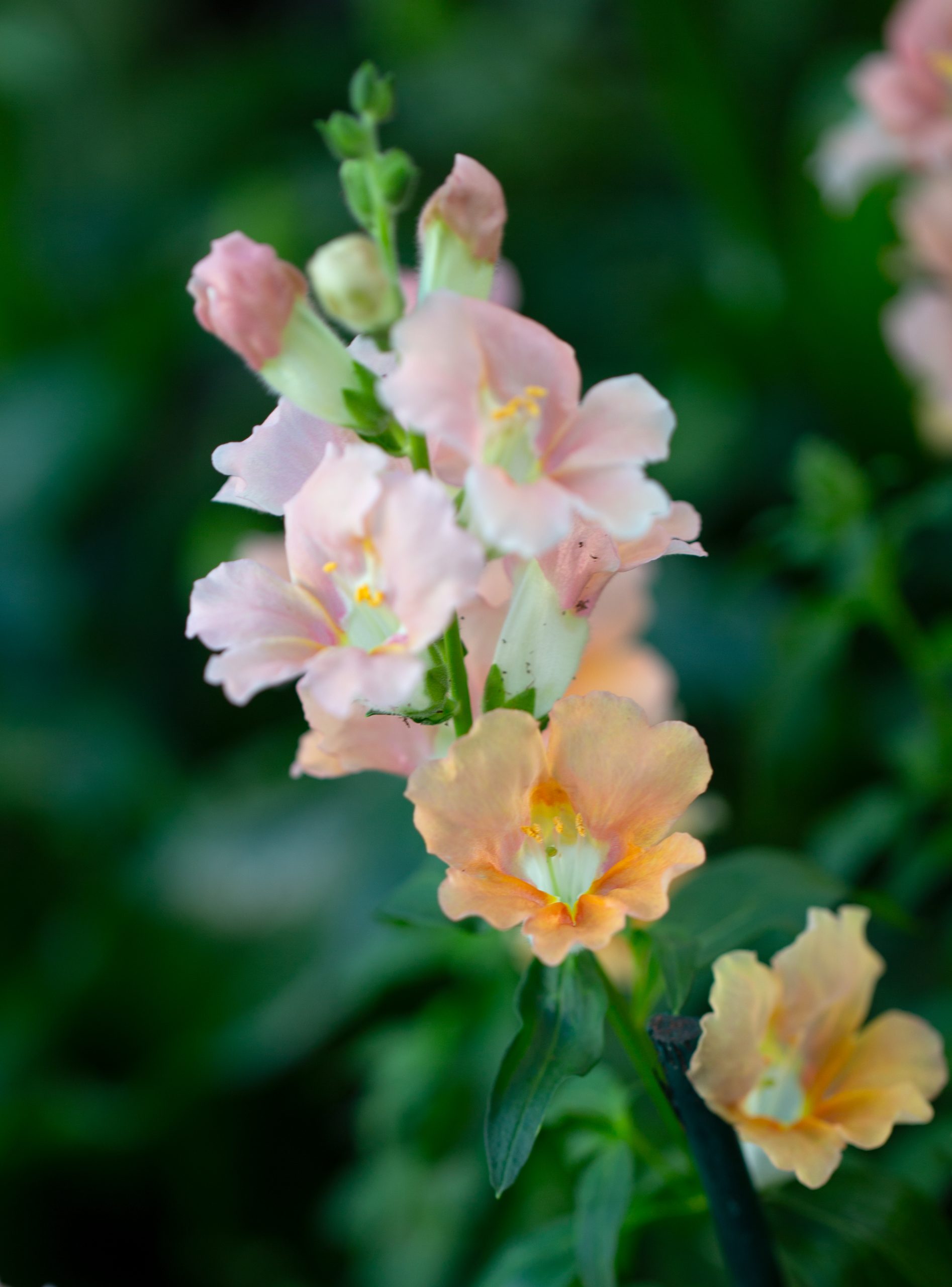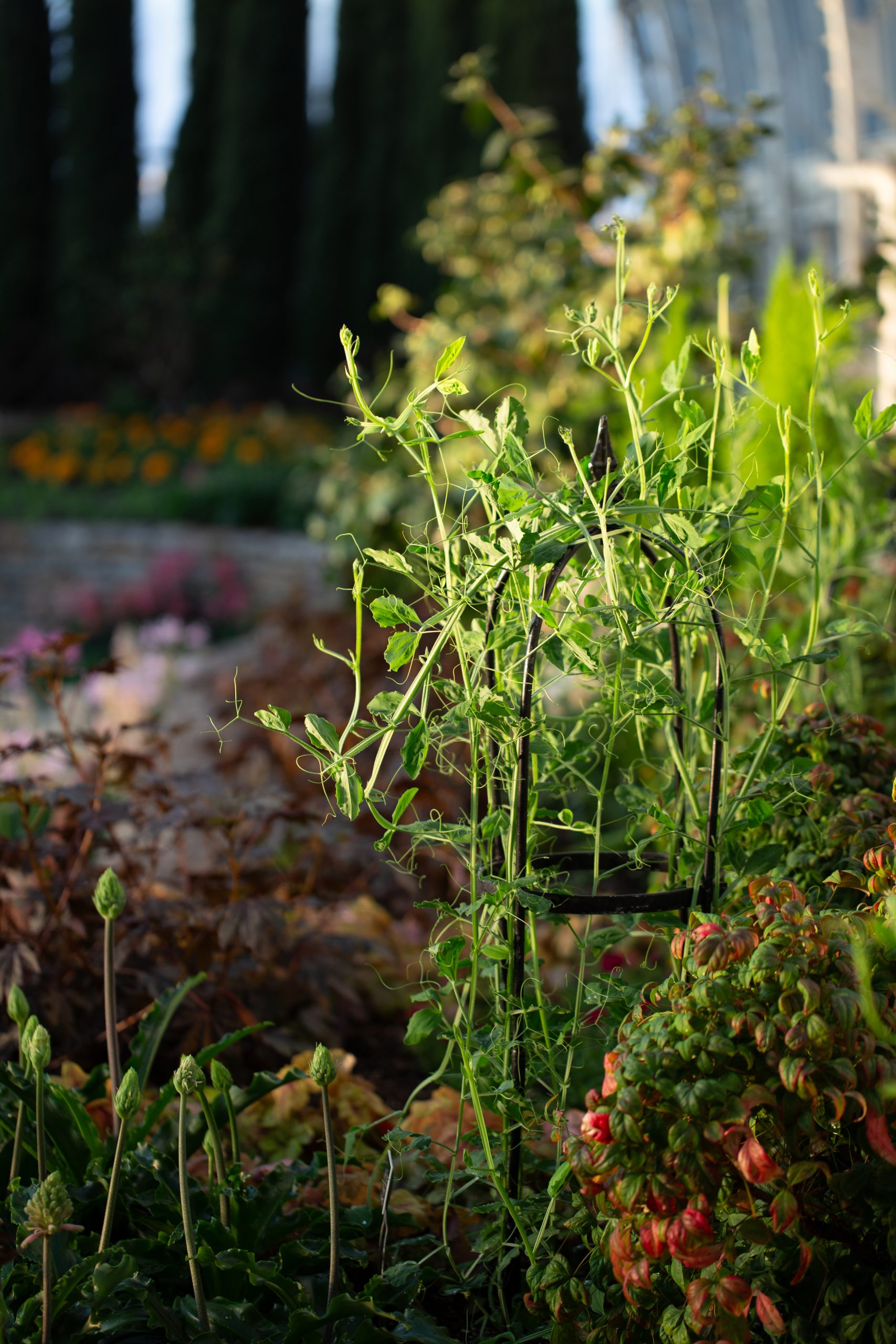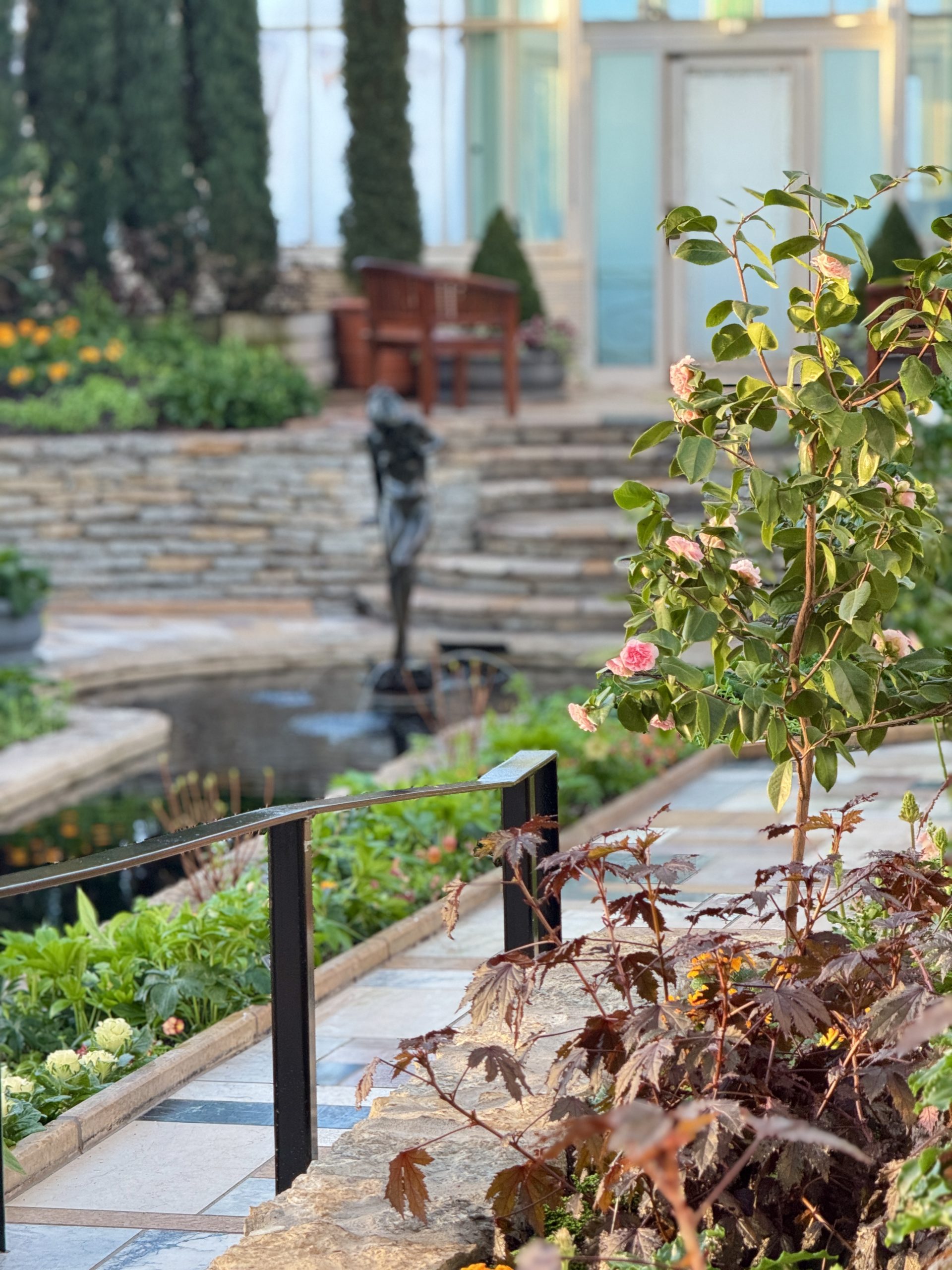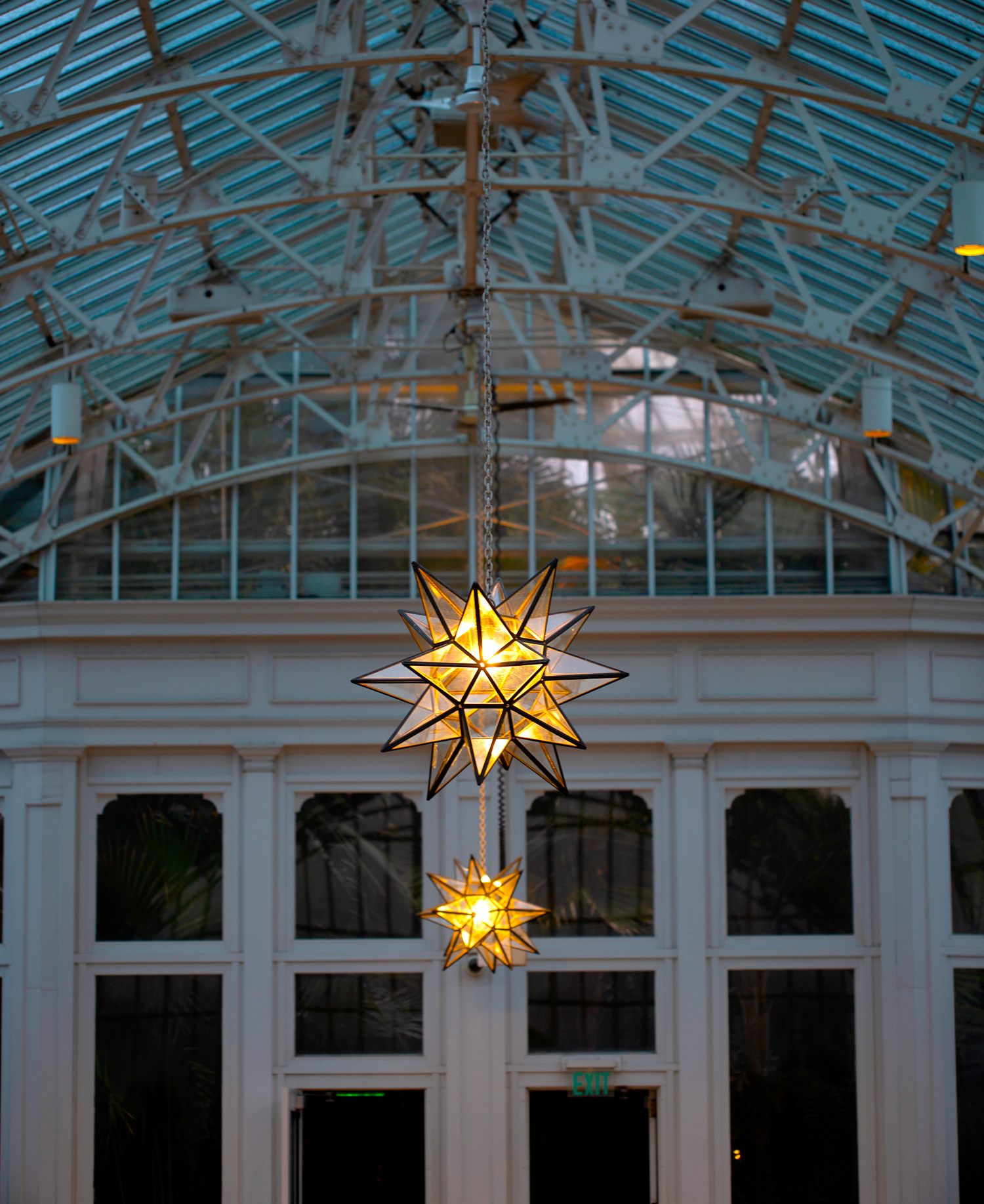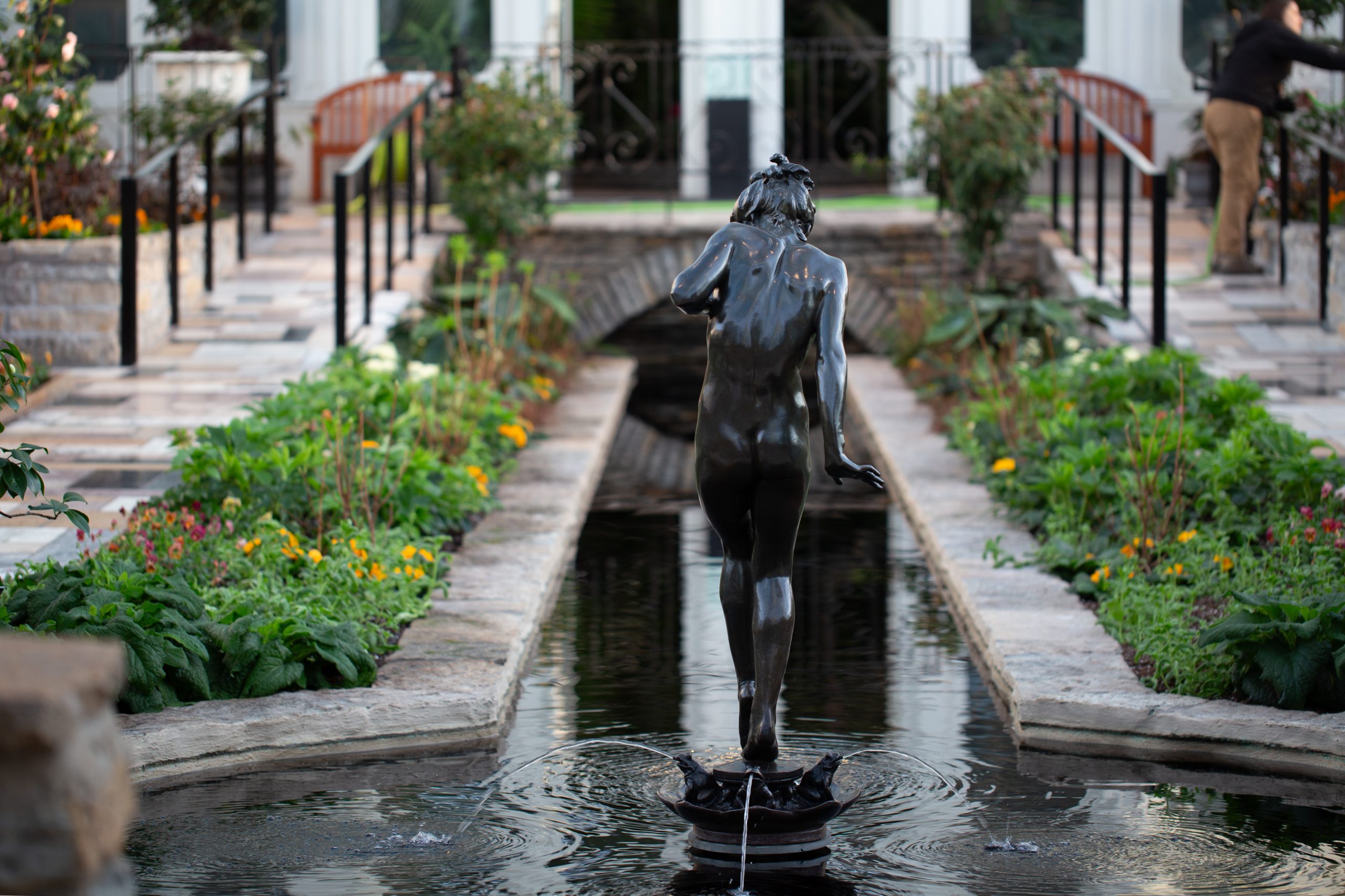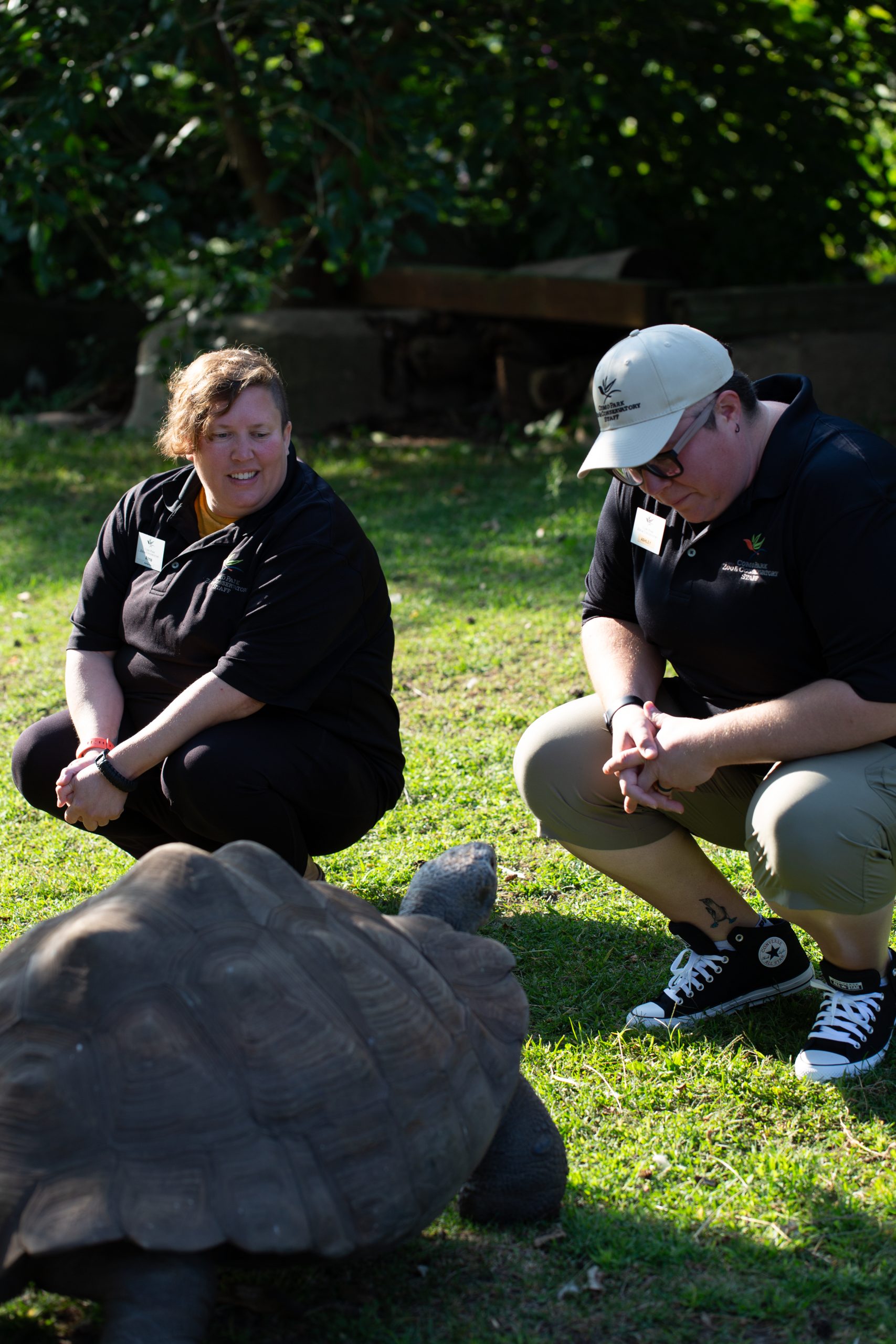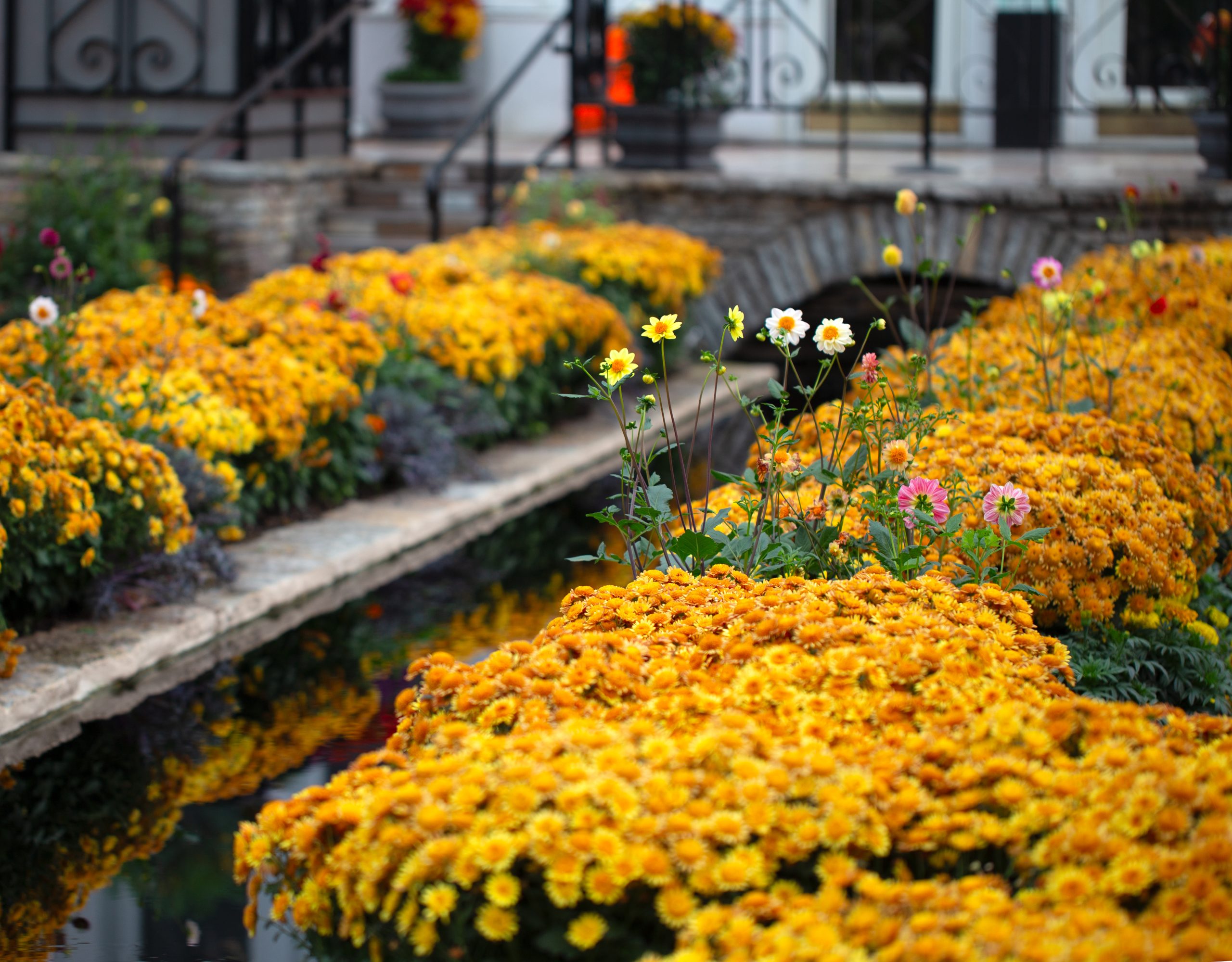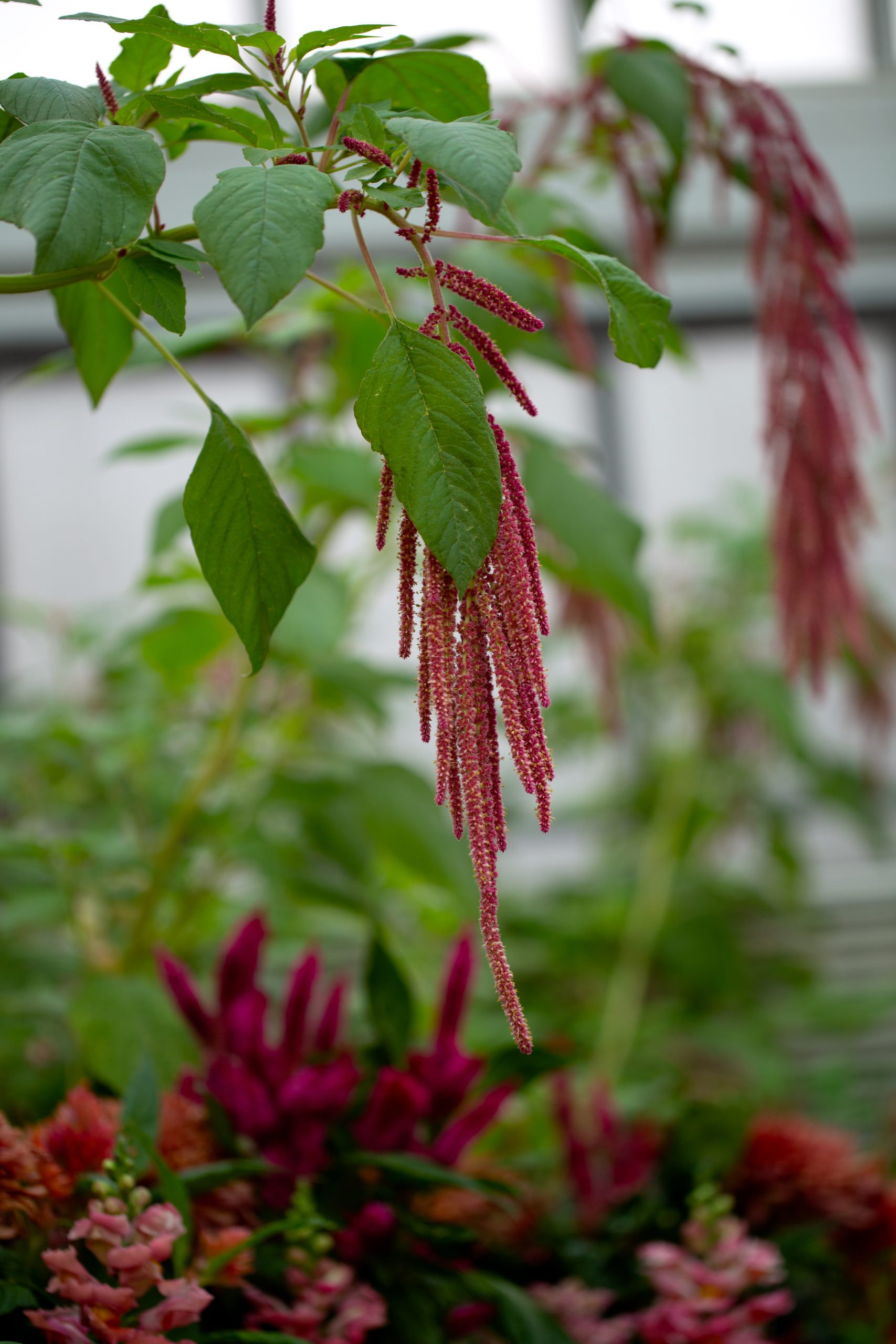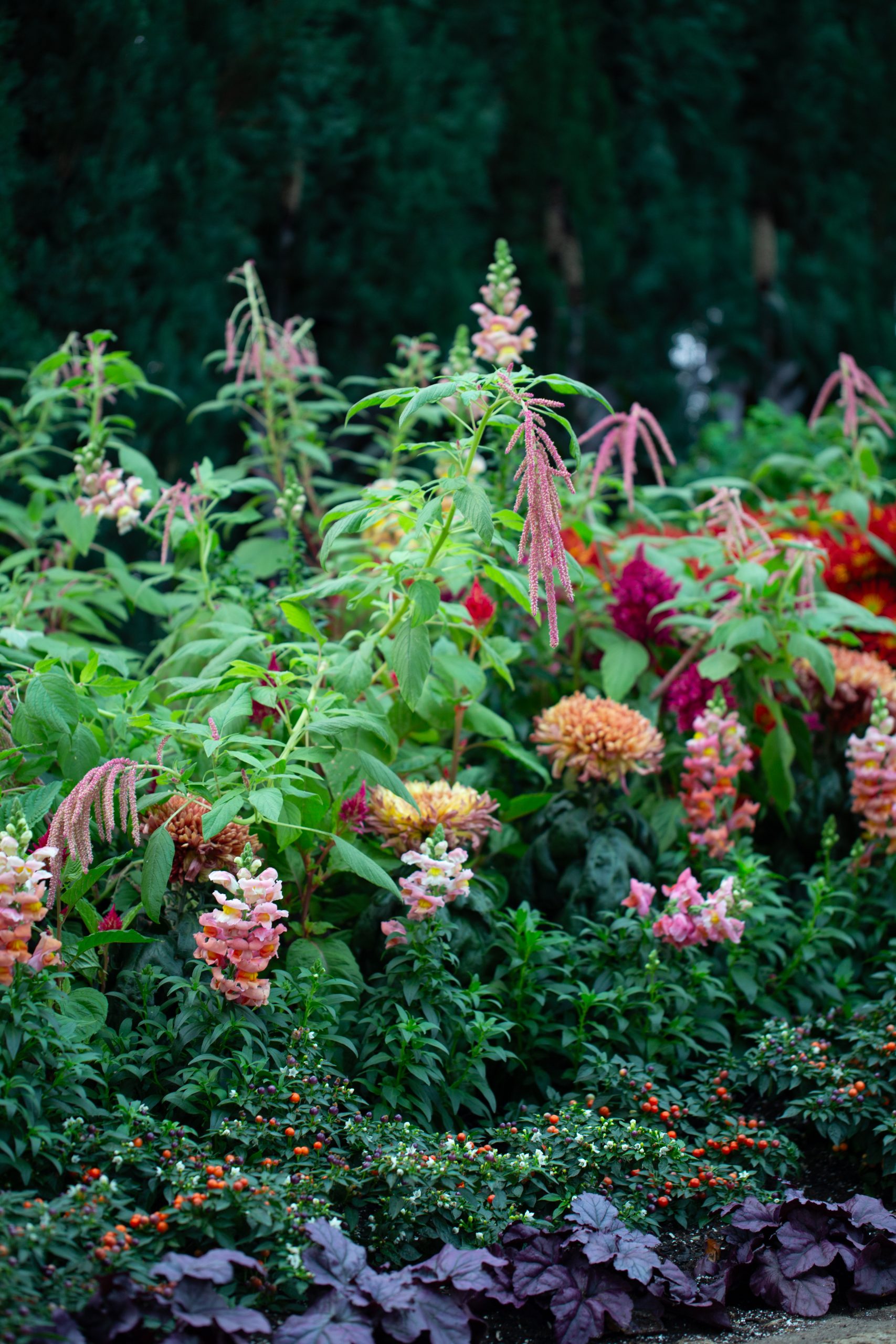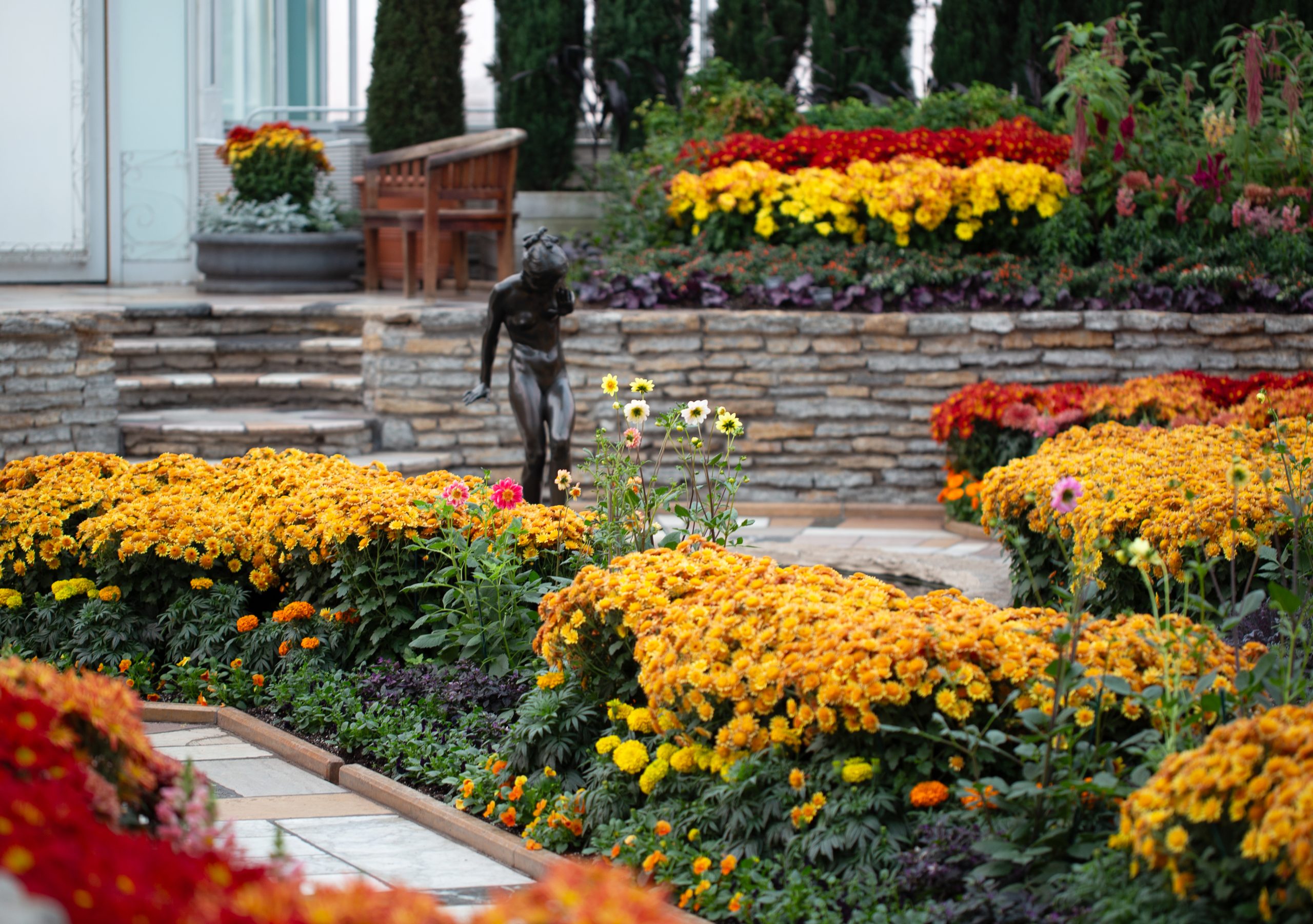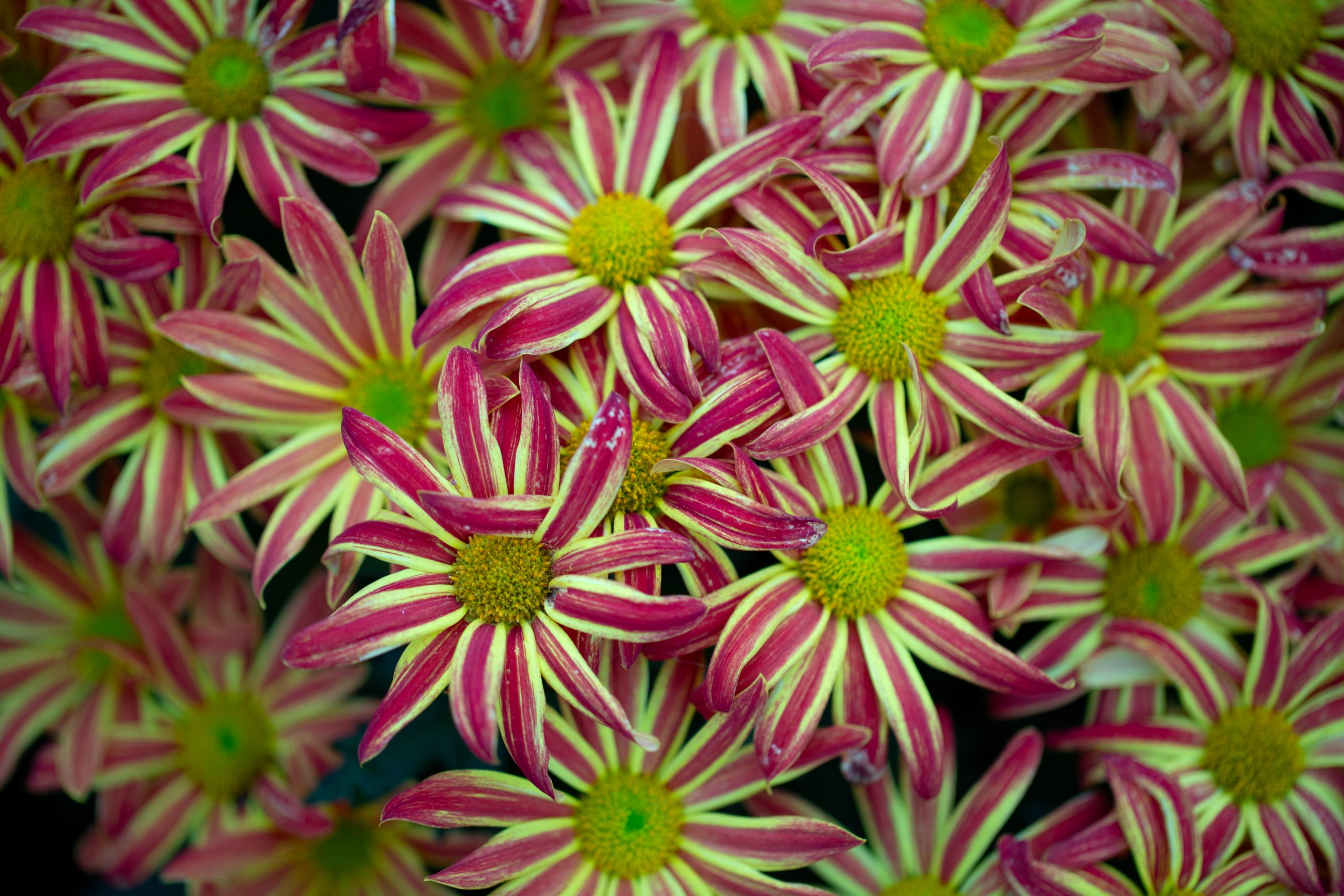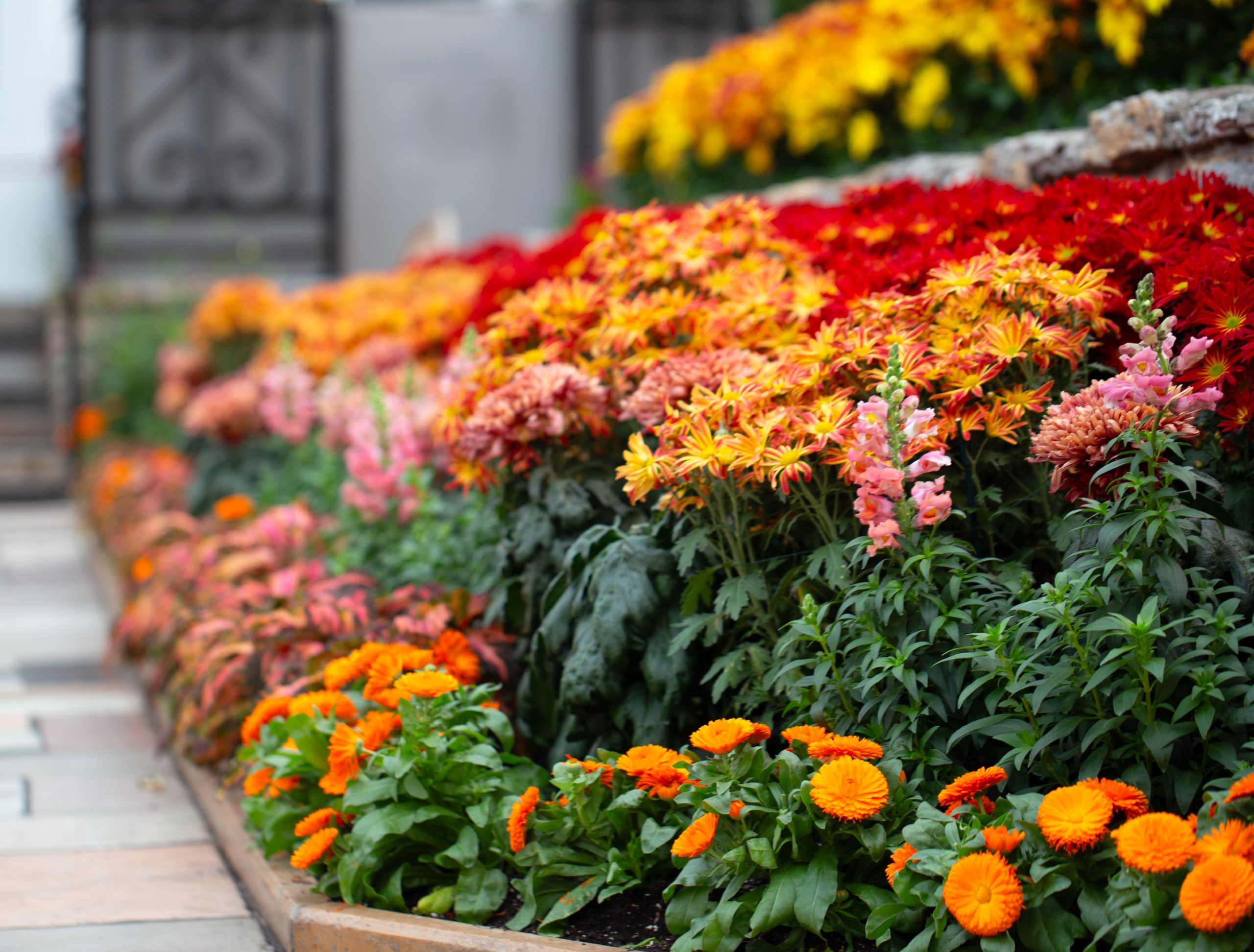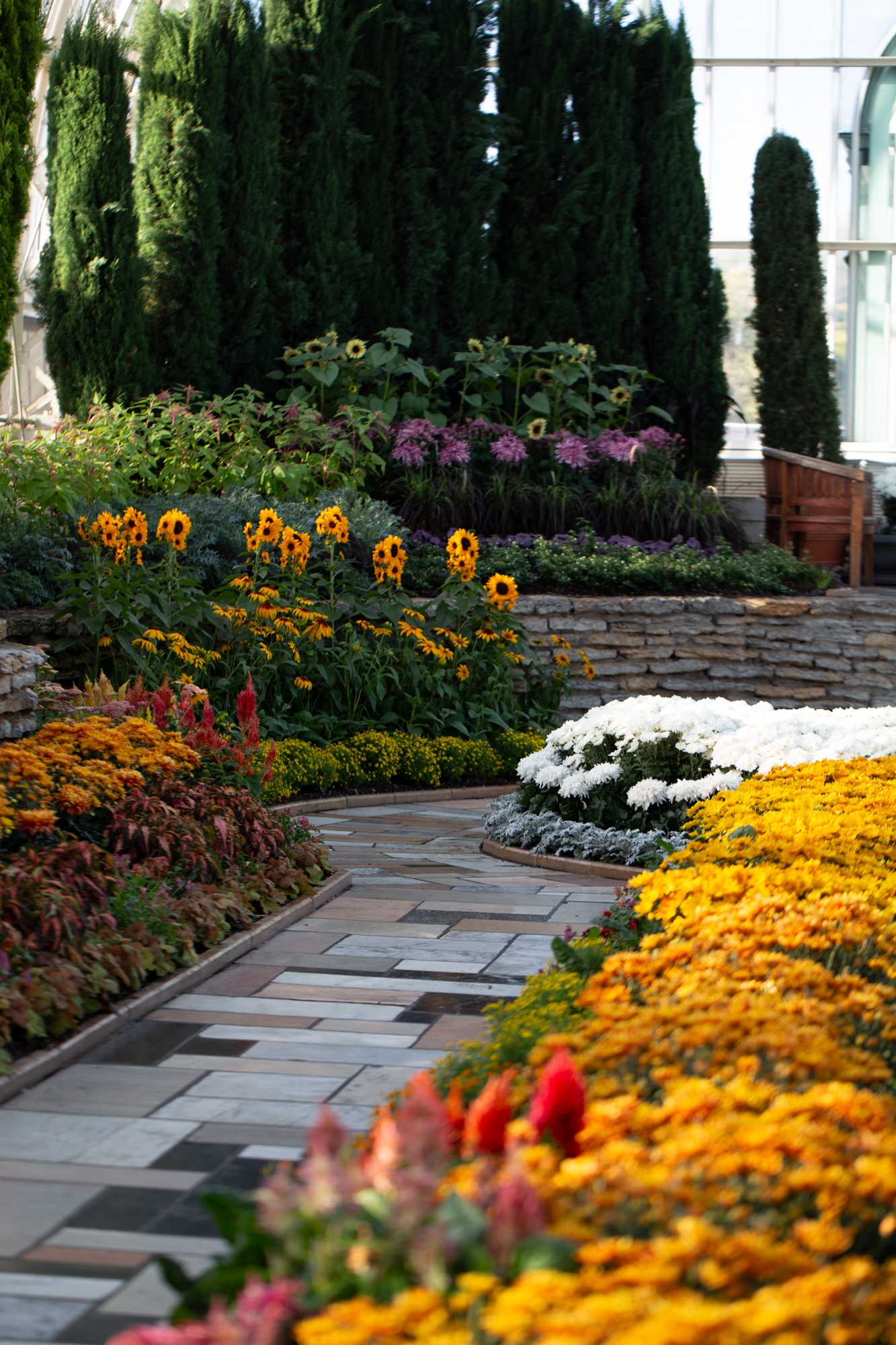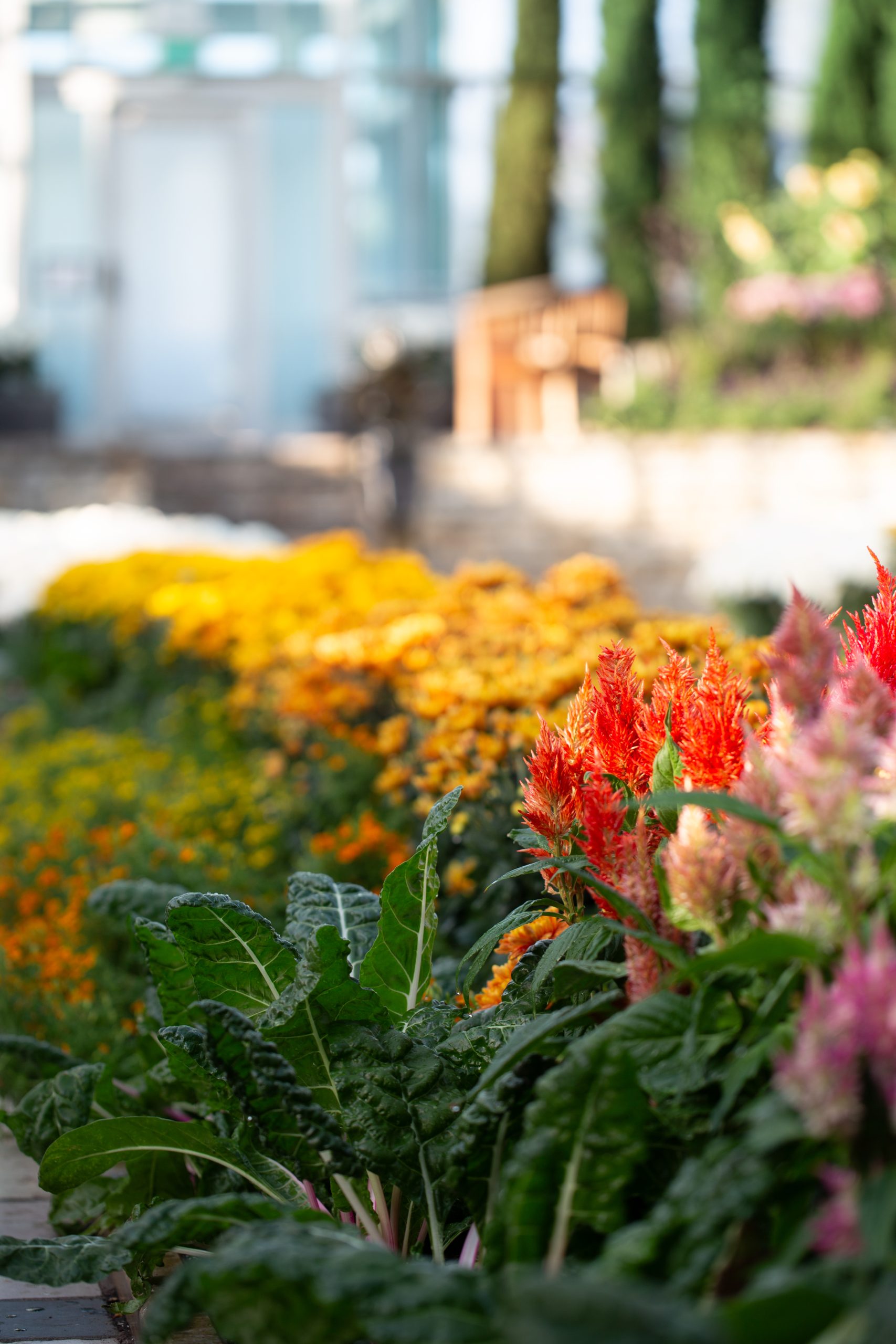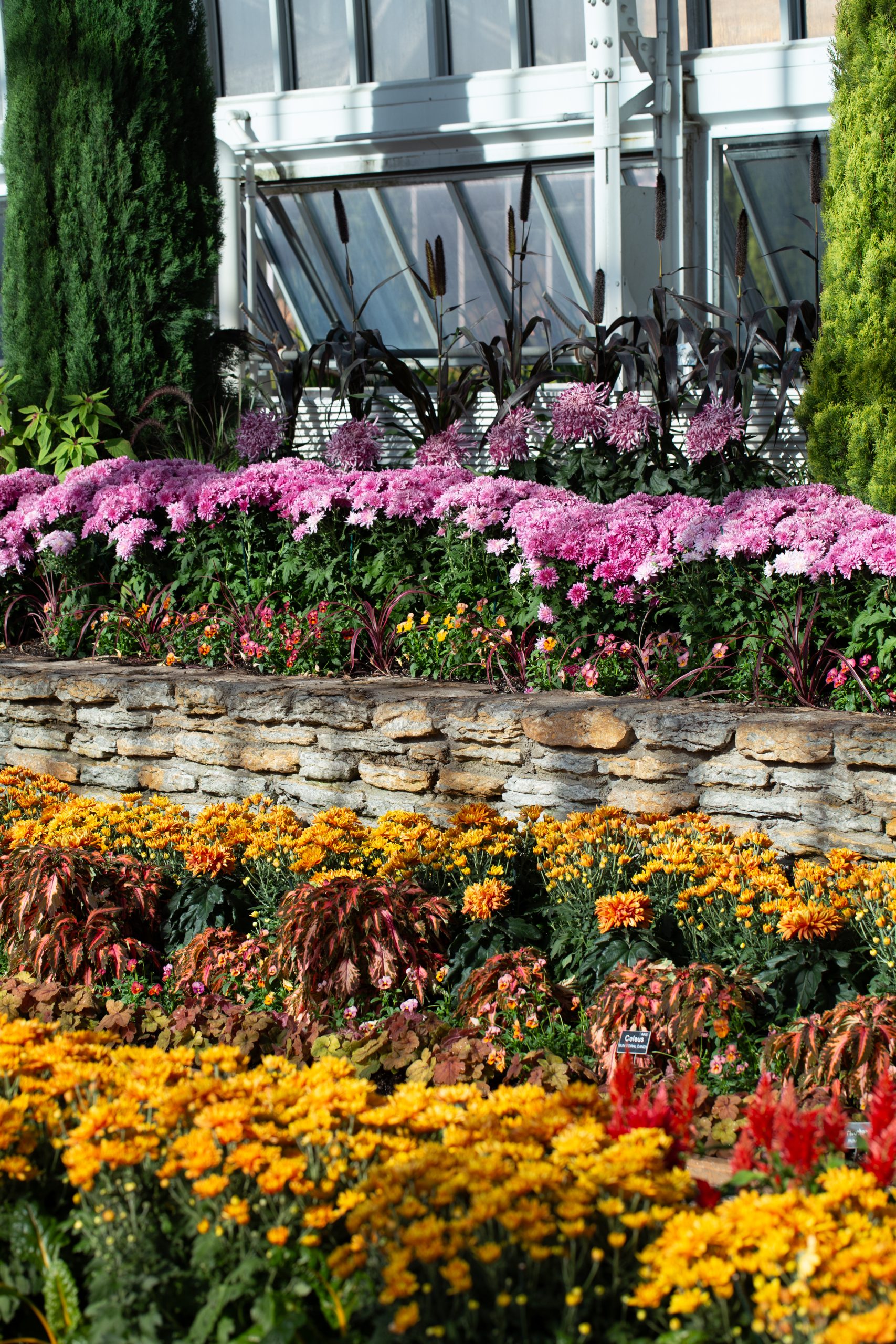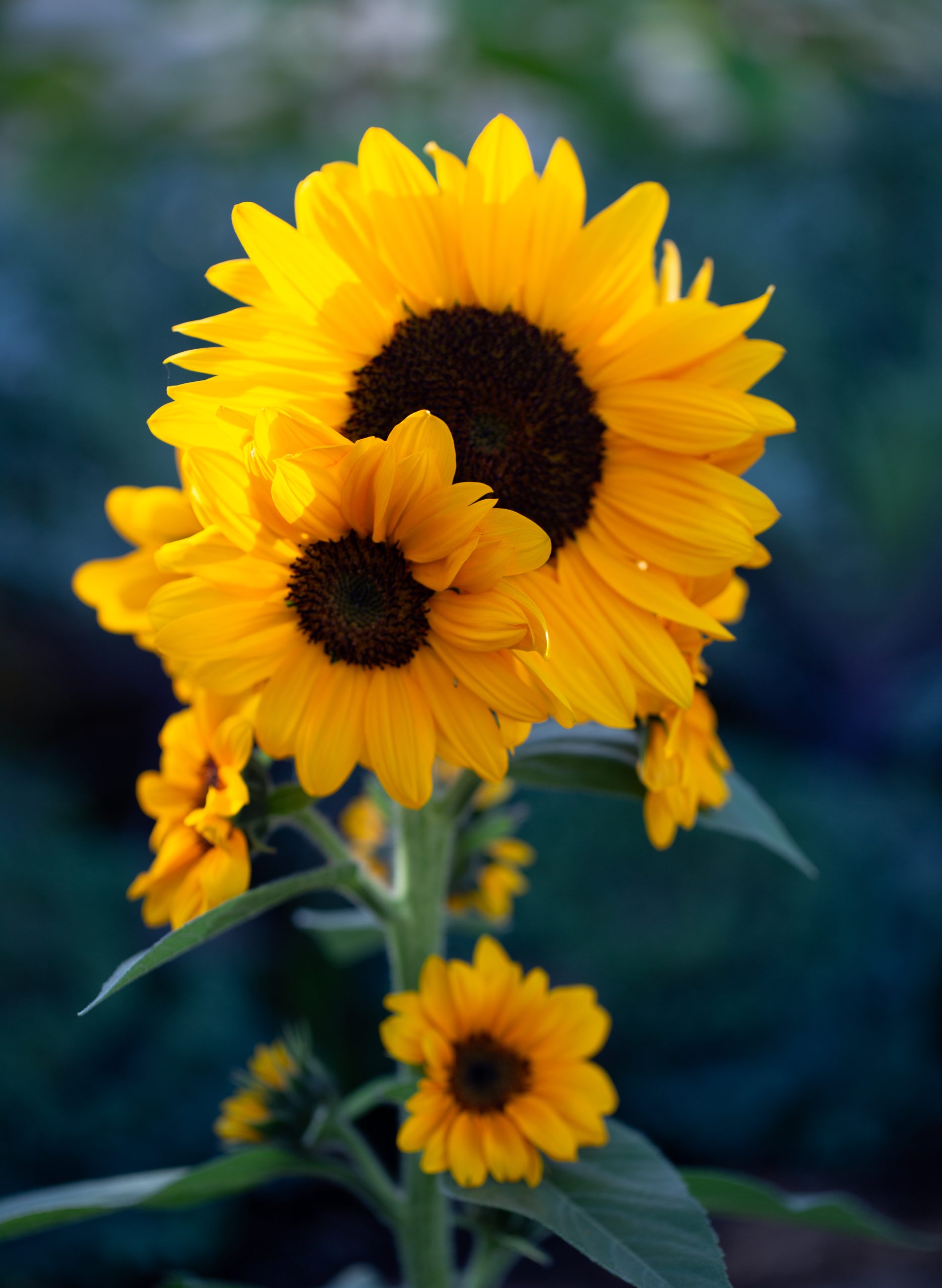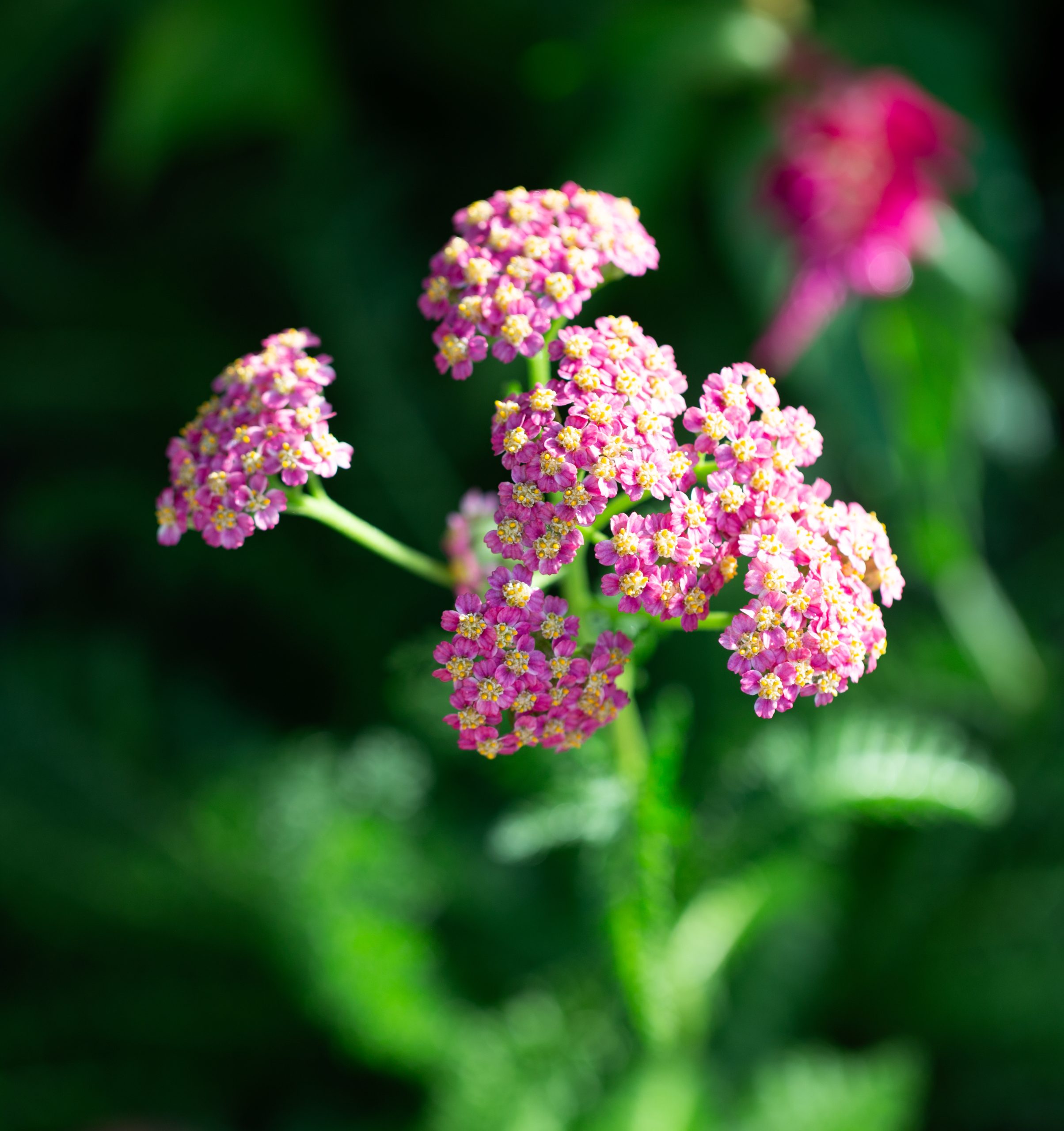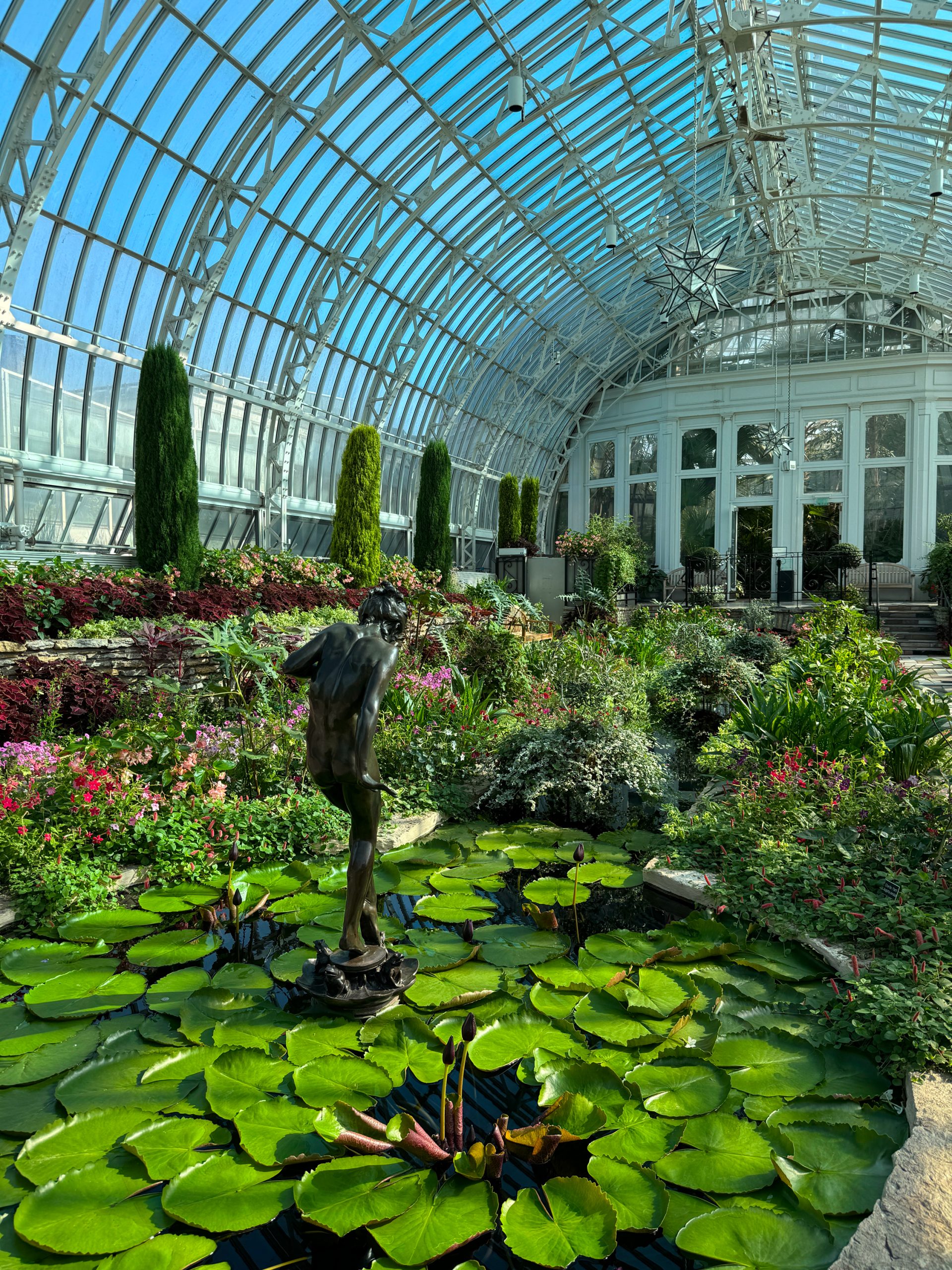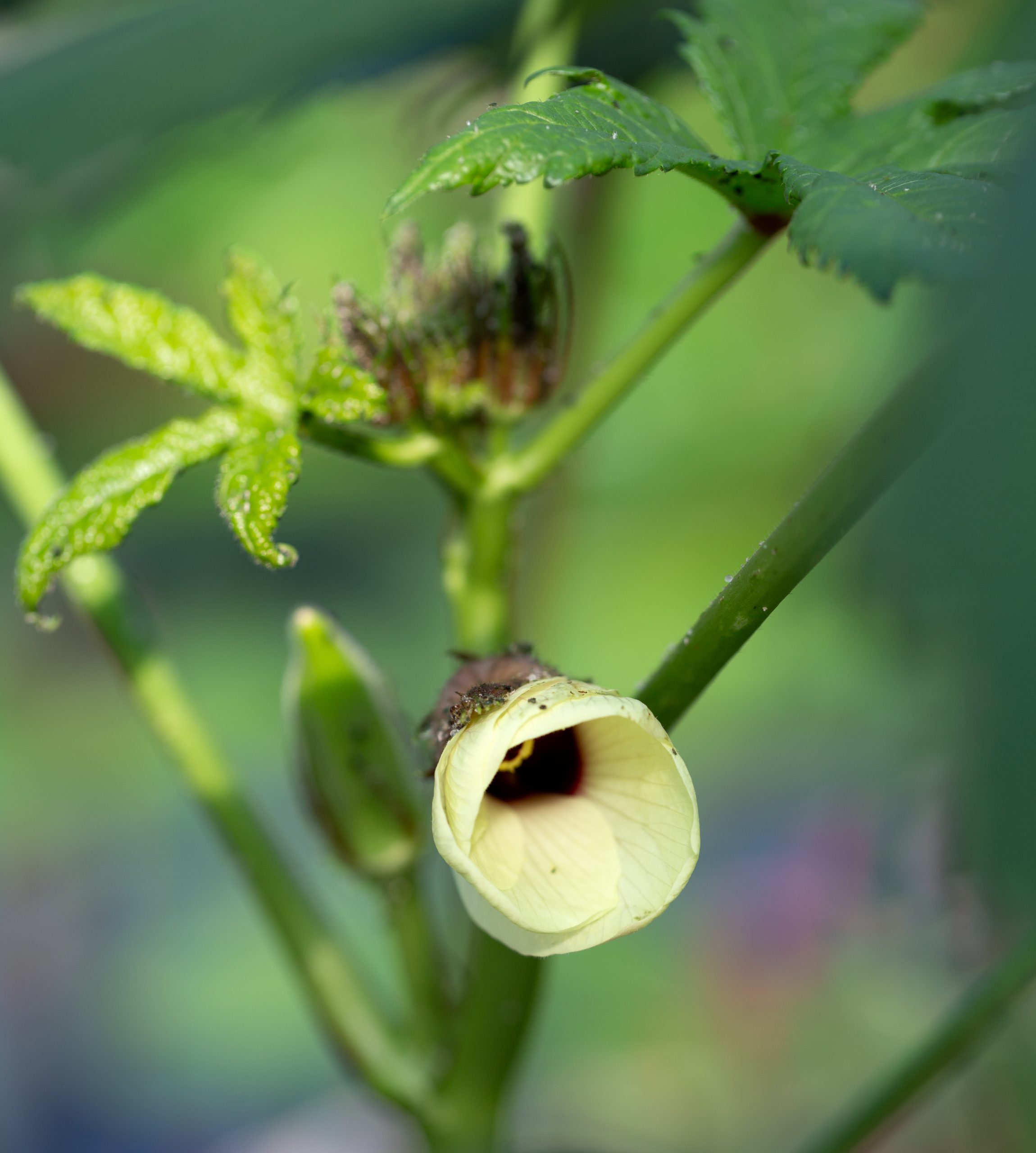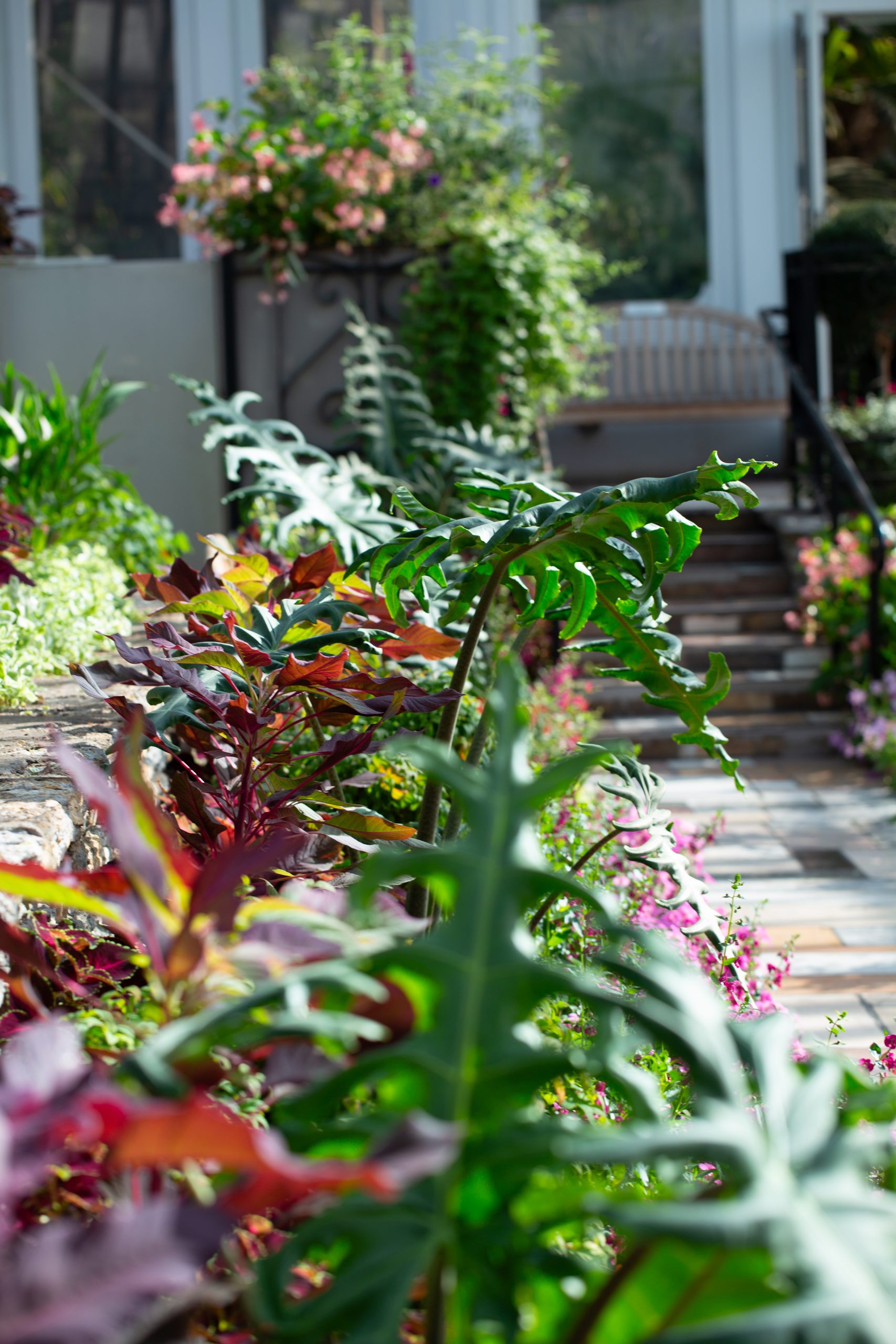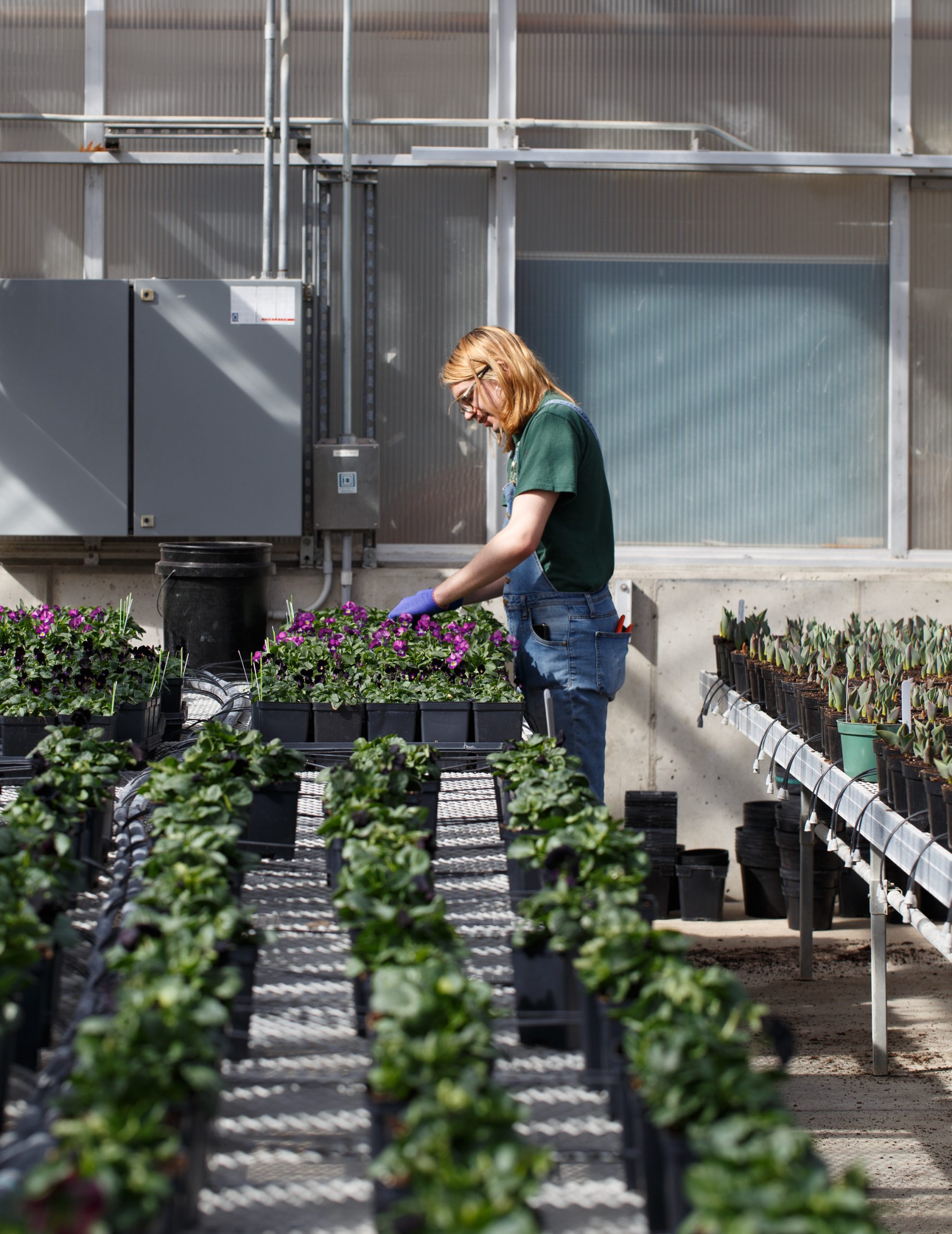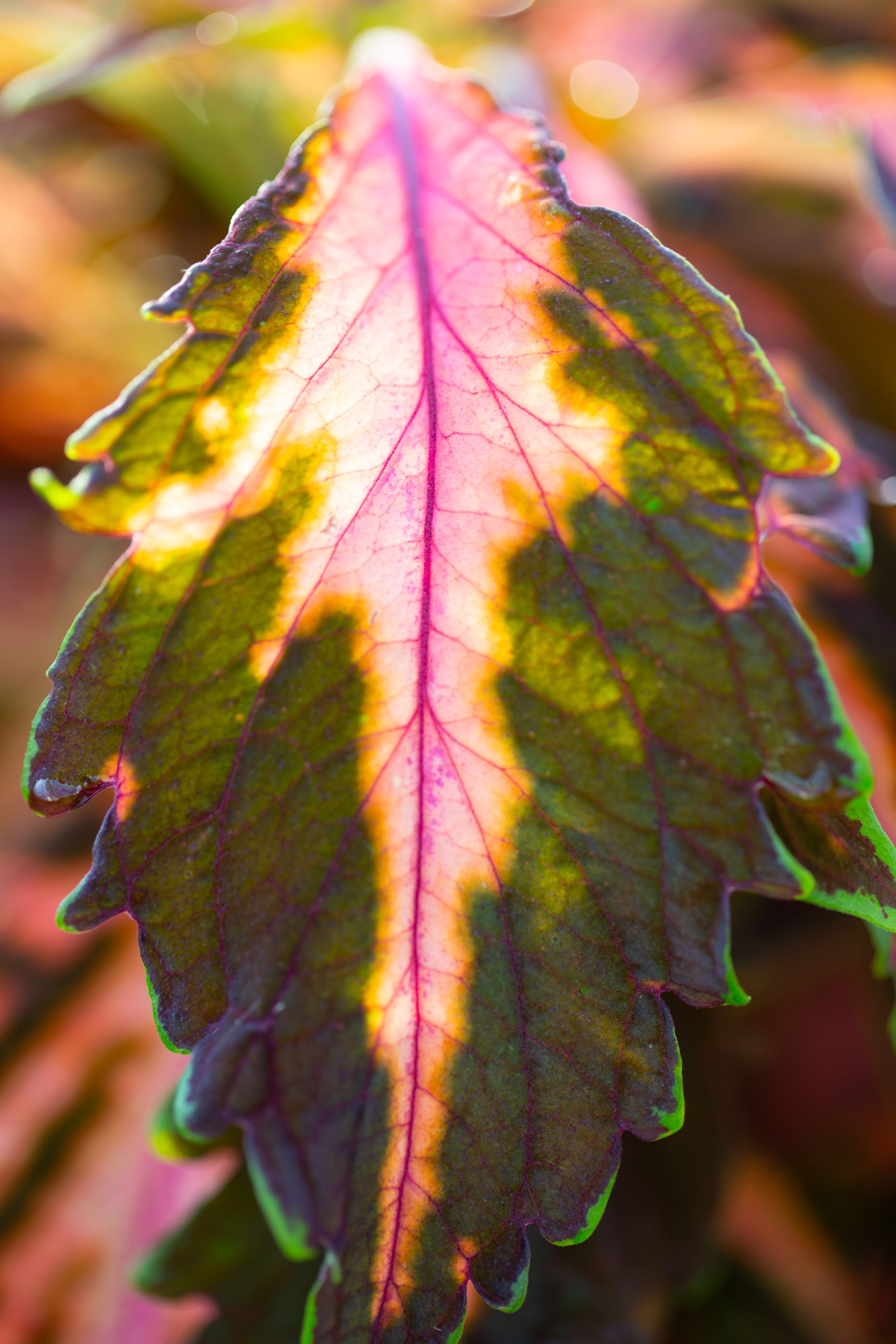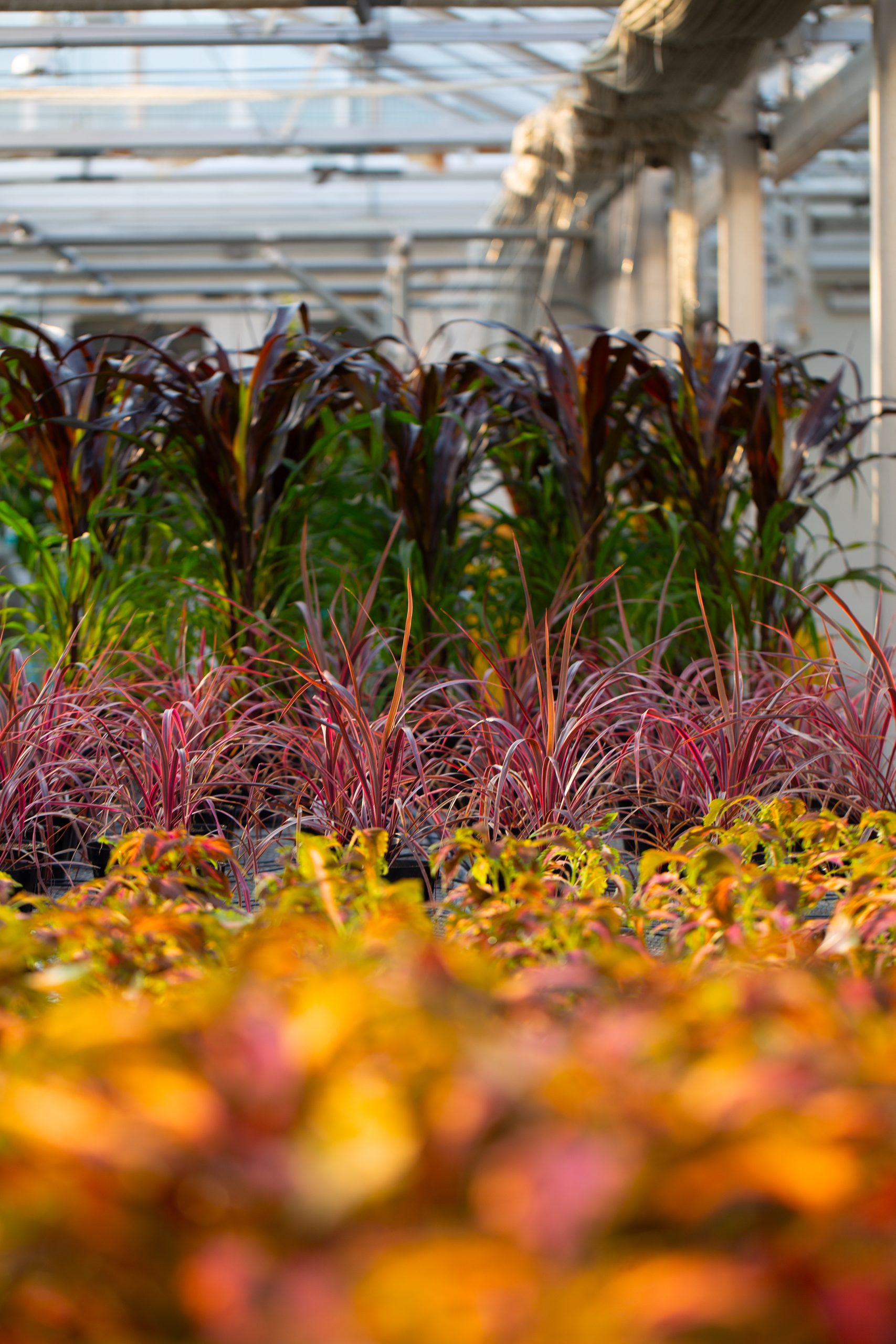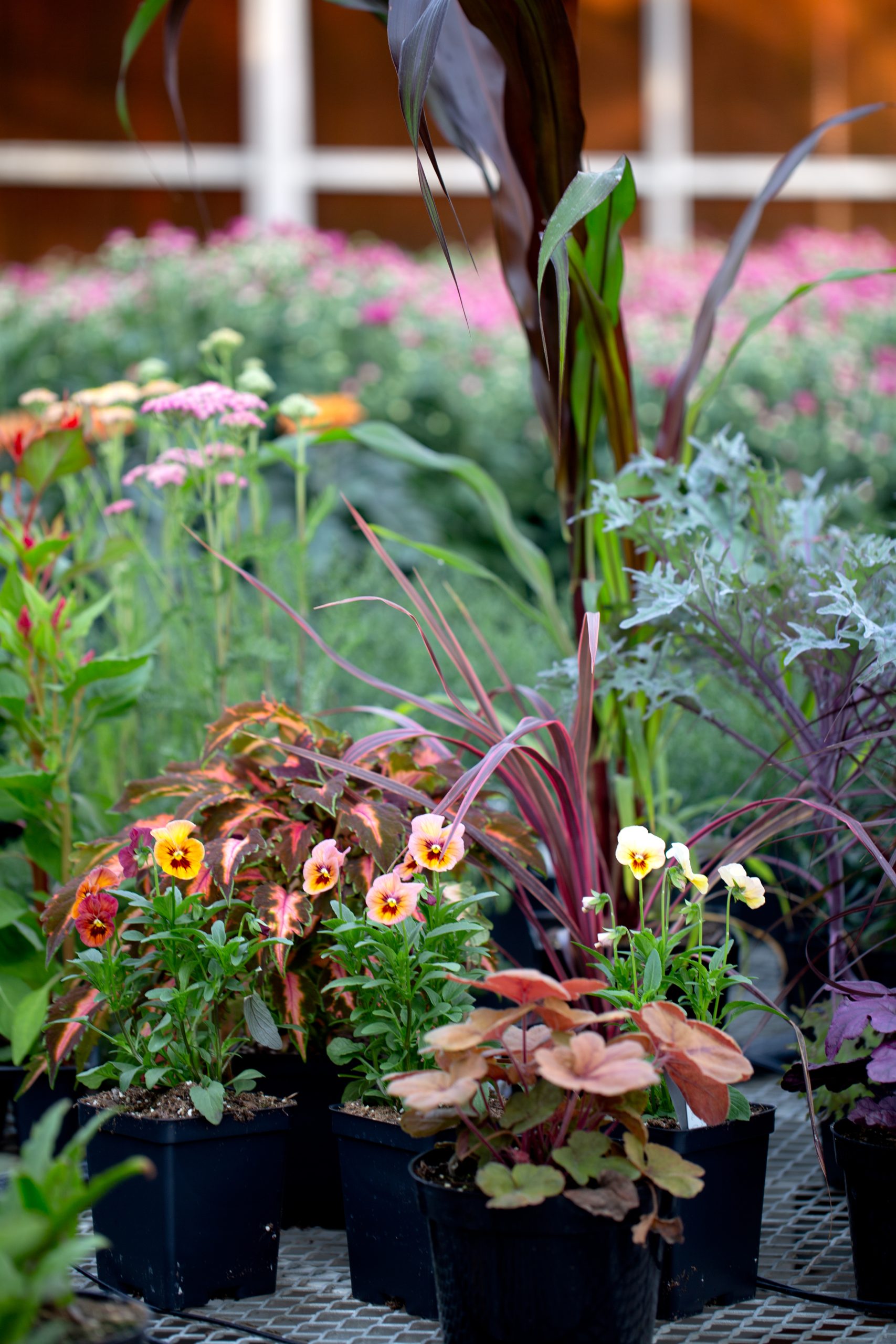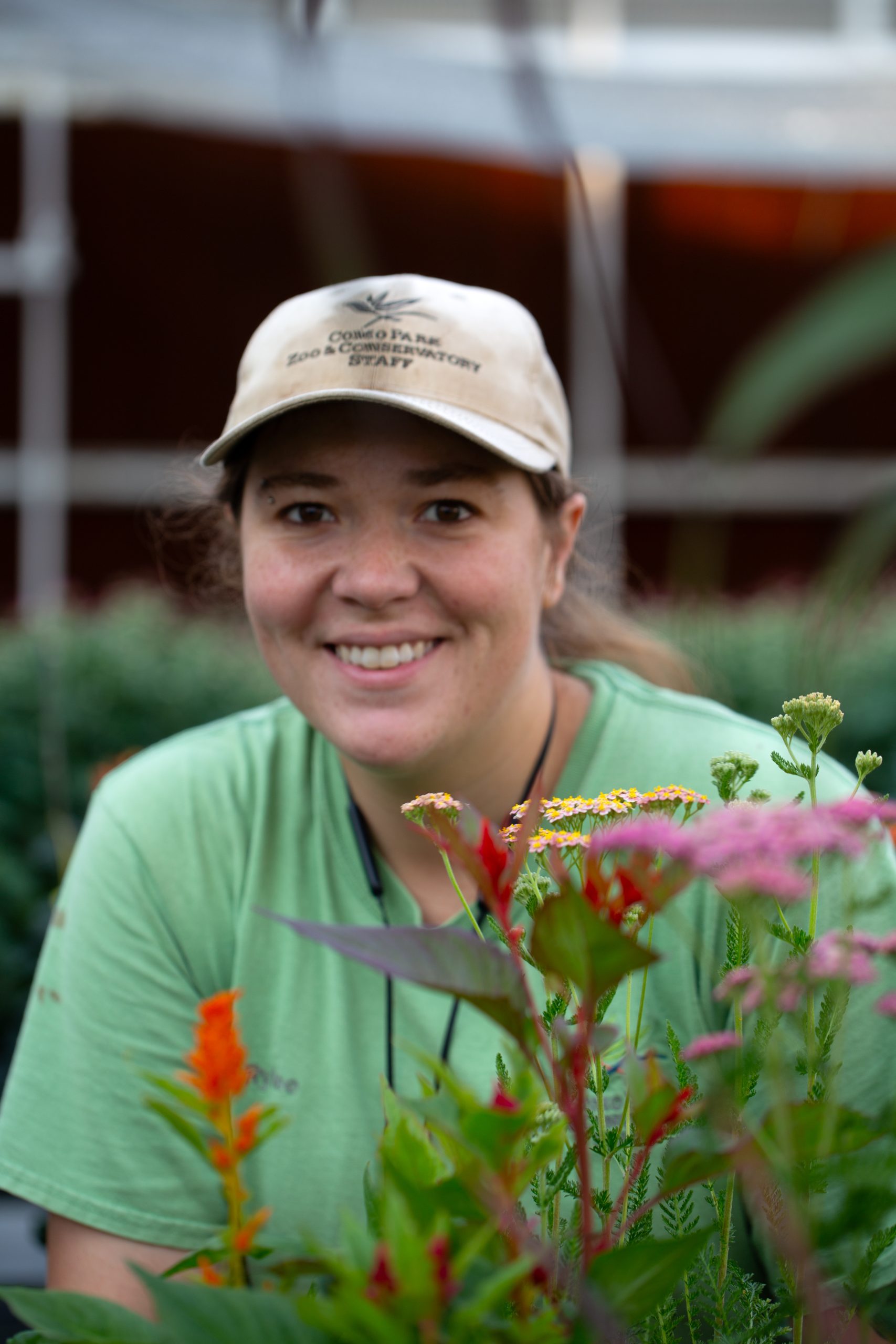
What’s the best time of day to come to Como? With more than a dozen free daily programs offered throughout the summer, the answer is all the time, and again and again. As summer heats up, make the most of every visit to Como with this roster of family-friendly programs and special events, all free to every visitor.
-

Polar Bear Program | 10:30 a.m.
Stop by Polar Bear Odyssey to see how Nan, Neil, and Kulu connect with their trainers every day, splashing down in the pools, and sniffing out special enrichments in their habitat.
-

Zookeeper Talk | 11:00 a.m.
What’s it like to take care of the world’s most amazing animals? Ask one of Como’s zookeepers, who take turns sharing their behind-the-scenes insights about dozens of different animals at this daily event. Listen to Como’s public address announcements to find out where the day’s talk is taking place.
-

Blaze Sparky Show | 11:30 a.m. & 2:30 p.m.
A splashy Como tradition since 1956, the Blaze Sparky Show now highlights all of the pinnipeds that call Como Harbor home.
-

Fish Feeding in Tropical Encounters | Noon
Dive a little deeper into understanding the underwater world with this daily fish-feeding experience presented by Como’s interpretive staff.
-

Gardener Chat | 1:00 p.m.
What does it take to keep the Marjorie McNeely Conservatory growing? Find out at this engaging Q and A, featuring a new topic in gardening and plant care every day.
-

Gorilla Program | 1:30 p.m.
Meet the greatest of the apes face-to-face in Gorilla Forest, as primate keepers connect with Como’s western lowland gorillas, while exploring ways that you can help protect their wild cousins.
-
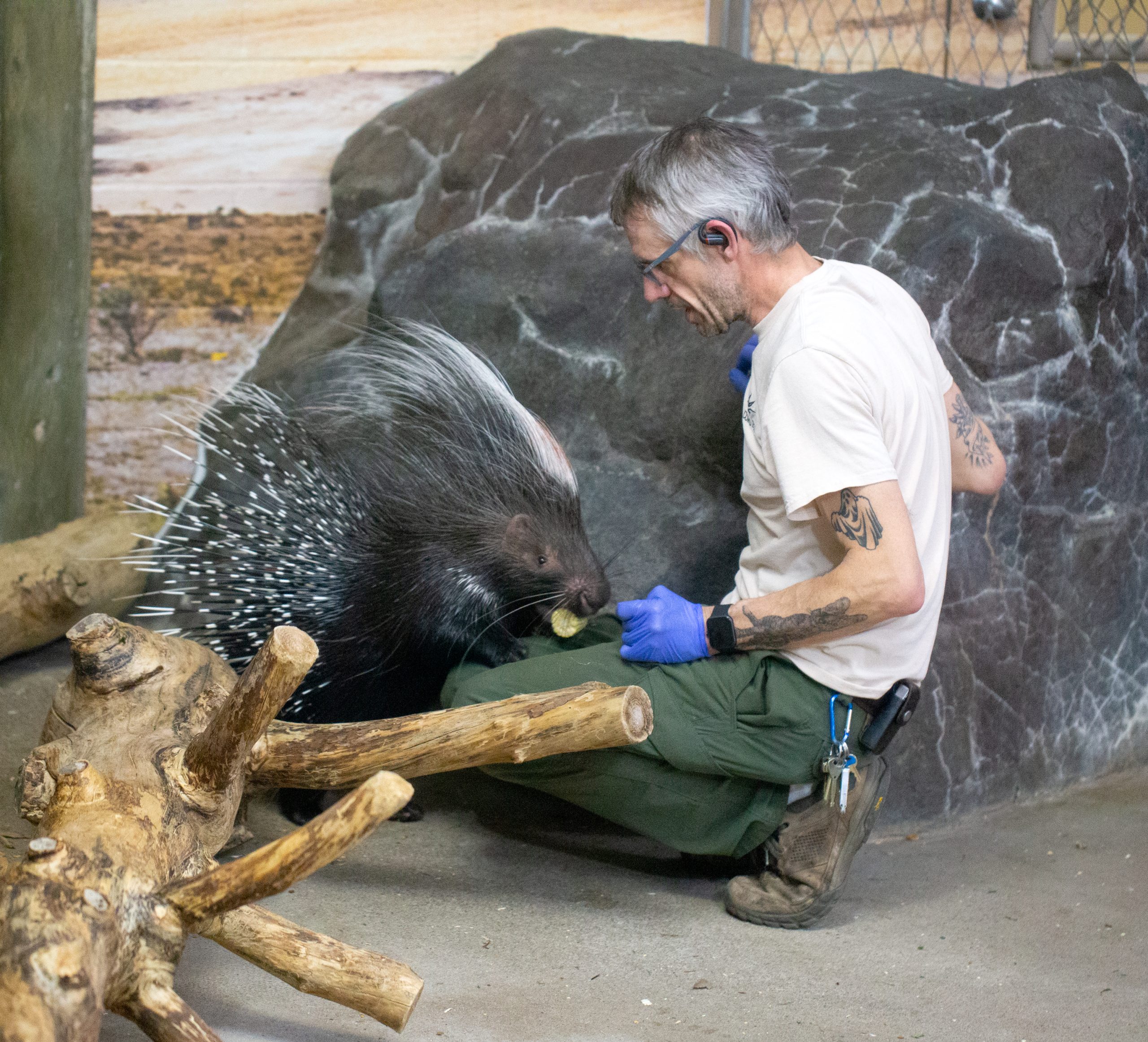
Porcupine Time | 2:00 p.m.
Como Zoo’s prickliest new arrivals, Russet and Copper, are the focus of this mid-day program, where you can learn all about the African crested porcupine.
-
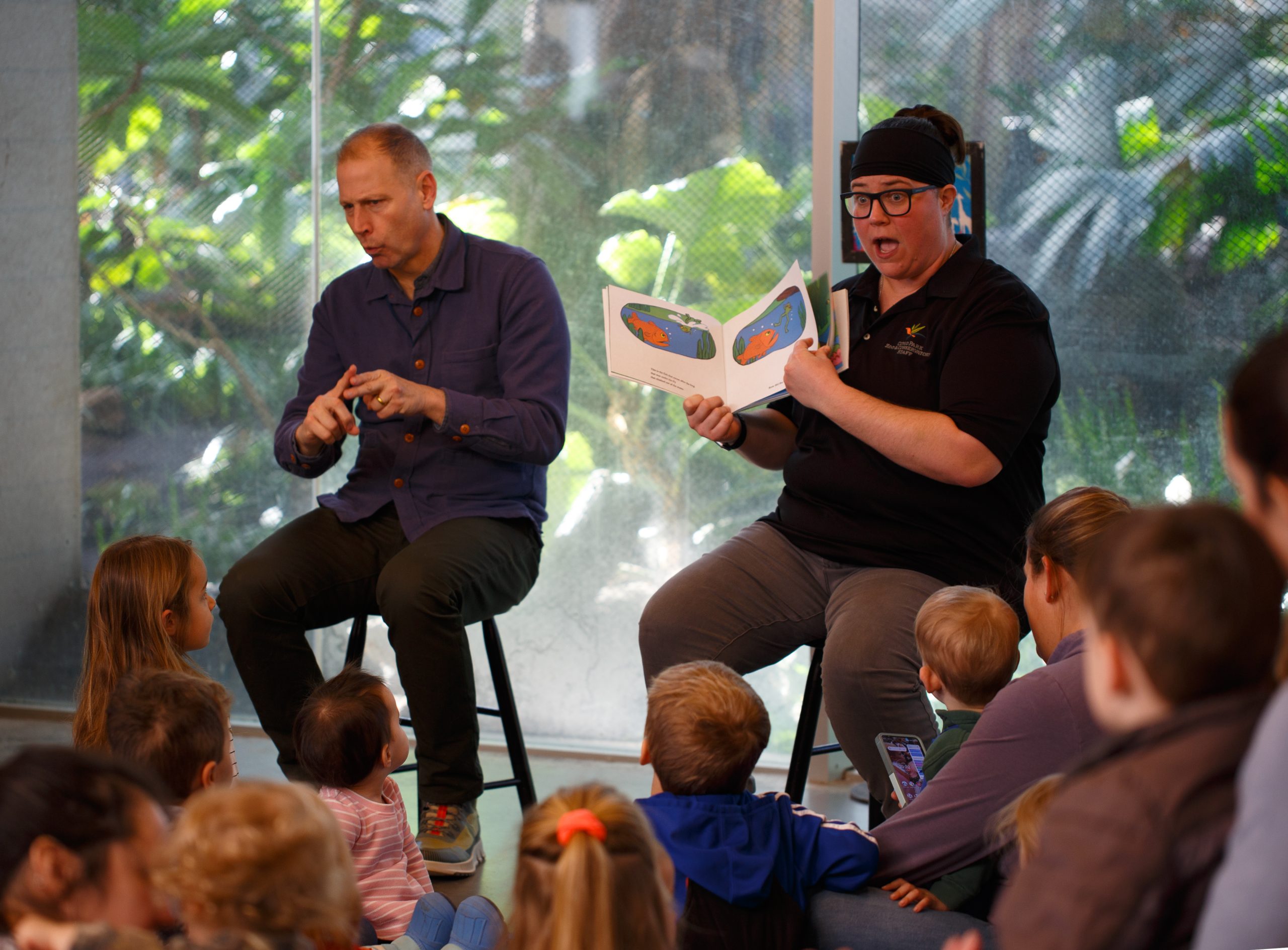
Story Time | 3:00 p.m.
Take a break in Como’s Visitor Center to listen to a nature-themed story perfect for preschoolers and other young learners.
-

Tiger Talk | 3:30 p.m.
Tiger mom Bernadette and her twin cubs Maks and Marisa are the focus for this daily conversation, all about the care and feeding of Como’s large cats.
-
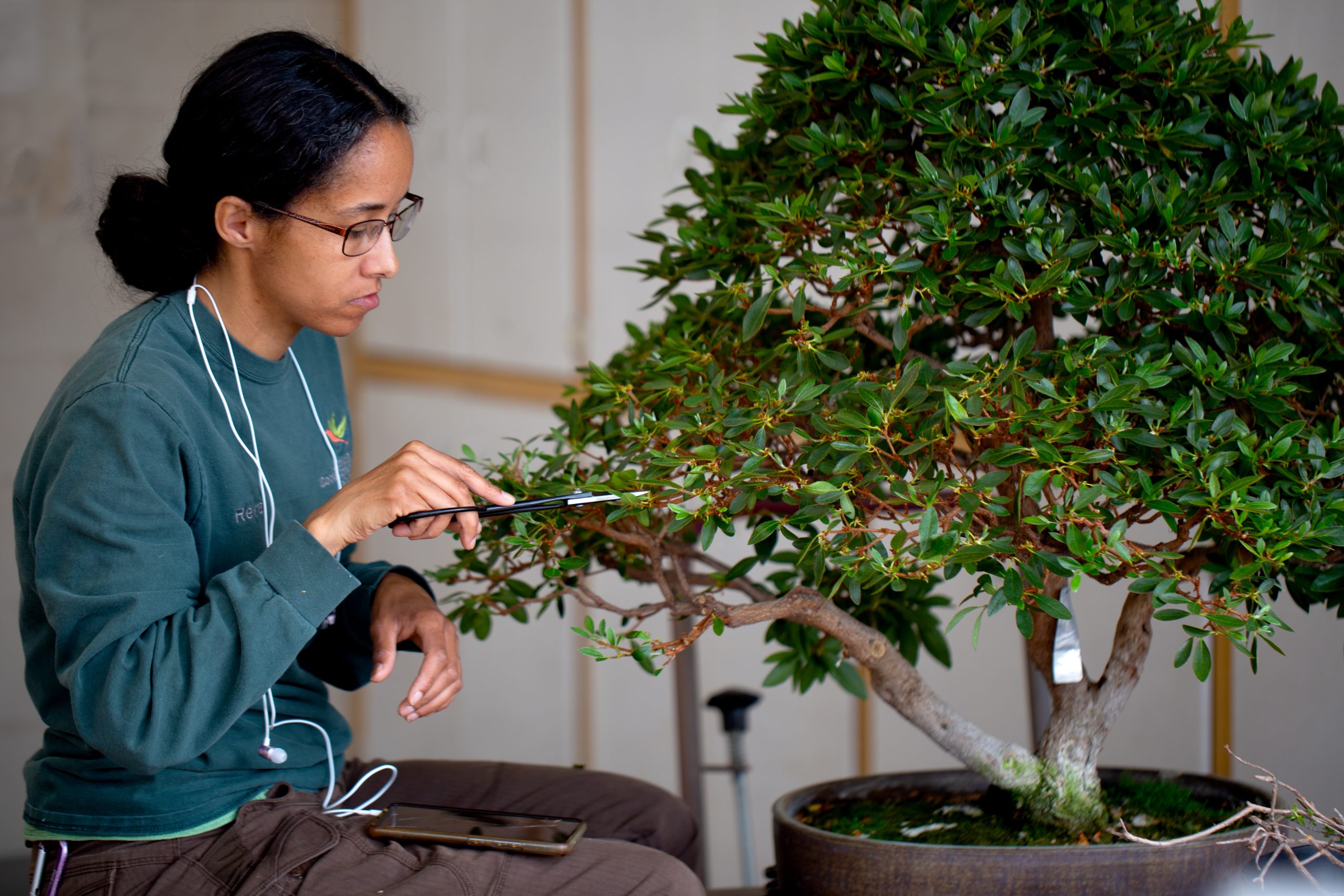
The Art of Bonsai | 4:00 p.m.
With one of the best collections of bonsai for public display in the Midwest, this daily program gives visitors the chance to learn more about the amazing trees in Como’s collection, and the history and philosophy of this ancient art form.
-

Chloe the Sloth Chat | 5:15 p.m.
Say goodnight to Chloe the sloth in Tropical Encounters, as she climbs down from her tree and into the arms of a Como keeper for the evening.
Special Programs
-

Wildlife Rescue: Tales of Conservation
Como’s latest free seasonal exhibit features 12 totally climbable animal sculptures from the black rhino to the Burmese star tortoise, highlighting endangered species that are now thriving in the wild thanks to committed acts of conservation.
-

Groovin’ in the Garden | Wednesdays from 6:00 p.m. to 8:00 p.m.
Put on your dancing shoes and pack a picnic for the Twin Cities’ favorite free summer concert series. Set against the beautiful backdrop of the Marjorie McNeely Conservatory, this outdoor concert series is fun for all ages, with favorite local acts, and fun activities for the kids. Mark your calendar for these upcoming events:
June 11 – Innocent Reggae Band – Roots Reggae
June 18 – Maria & The Coins – Singer-Songwriter Driven Pop Hooks
June 25 – Flamin’ Oh’s – Minnesota Music Legends
July 2 – Leslie Rich & The Rocket Soul Choir – 3-piece Rock Band
July 9 – Salsa del Soul – High-Energy Latin Dance Music
July 16 – Jellyjacket – All-Star Minnesota Rock & Roll Band
July 23 – Favourite Girl – Female Powered Rock Band
July 30 – School of Rock – St. Paul & Plymouth House Bands -

Autism-Friendly Early Entry
See Como Zoo without the crowds from 9 a.m. to 10 a.m. during these early access days:
June 7, June 18, July 12, July 23, August 9, August 20, September 13, September 21
-

Senior Strolls
Take some time to smell the roses during these special entry times, set aside for seniors.
June 10 – 6:30 p.m.–8:00 p.m.
June 17 – 9:00 a.m.–10:00 a.m.
July 8 – 6:30 p.m.–8:00 p.m.
July 22 – 9:00 a.m.–10:00 a.m.
August 5 – 6:30 p.m.–8:00 p.m.
August 19 – 9:00 a.m.–10:00 a.m.
September 9 – 6:30 p.m.–8:00 p.m.
The Marjorie McNeely Conservatory’s Summer Flower Show opens June 13, and regular visitors will notice it has a whole different vibe.
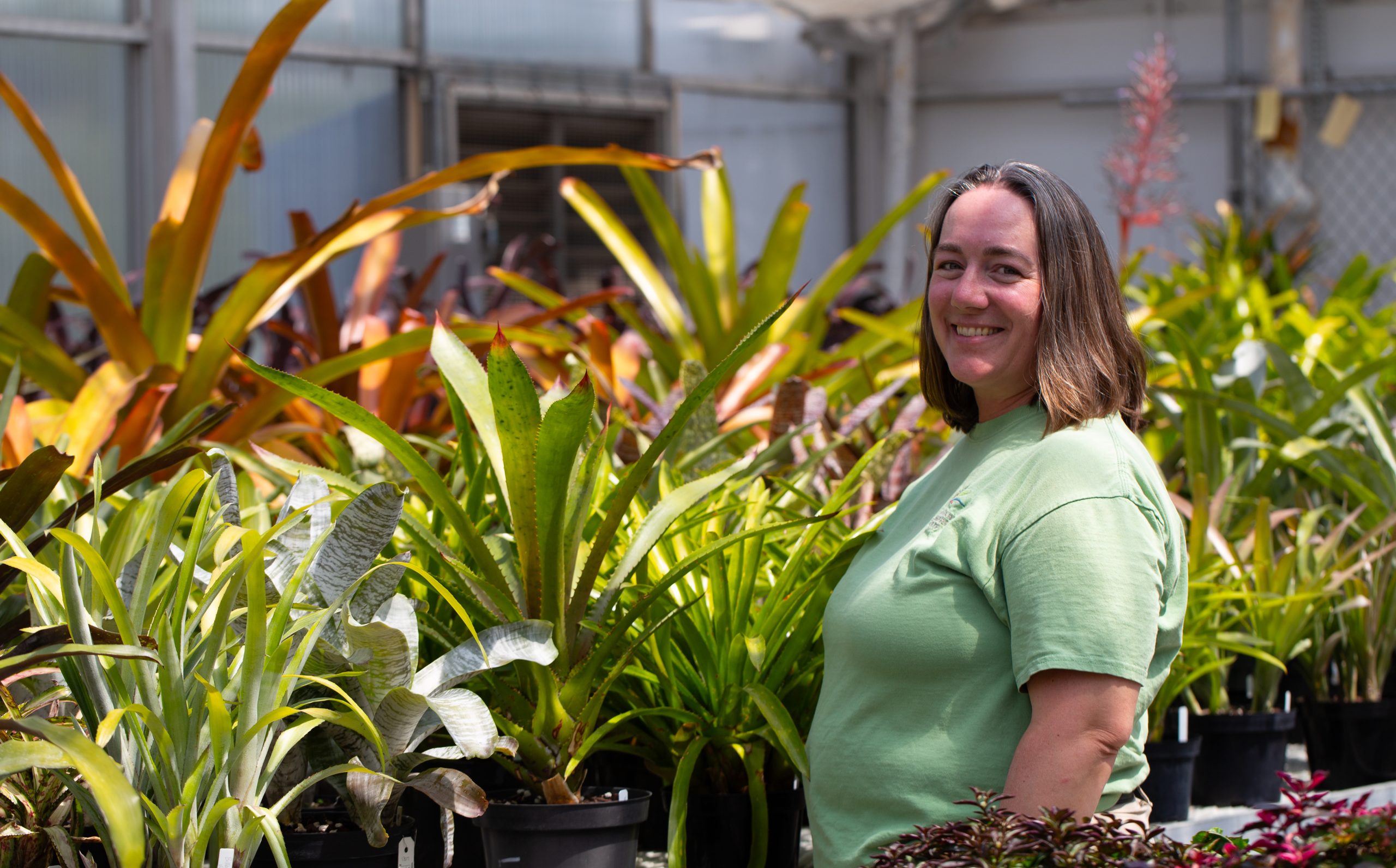
While Como’s longest-running flower show will still feature dozens of tropical annuals, the starring role this season will belong to Como’s exceptional collection of bromeliads.
“We’ve never used the Sunken Garden as a showcase room for a plant collection before, but we have such a variety of bromeliads currently,” Como Senior Horticulturist Ariel Dressler says, noting that Como visitors recently bestowed the “Cutest Plant” award on a tiny pineapple bromeliad. “We always want to put plants in a place where they’ll thrive and be happy, and with such a long show [that runs through September 14], bromeliads will do well. They’re such a charismatic plant, that to see them en masse will be a real treat.”
Bromeliads are also celebrating a birthday of sorts at Como. Fifty years ago, in September 1975, the horticultural staff established the Marjorie McNeely Conservatory’s first bromeliad garden. Como currently has 638 living bromeliads in its collection, from 350 different species, the best of which are often displayed in the understory of the historic Palm Dome.
To create the sheer number of plants needed for the Summer Flower Show display, horticulturist Diane Rafats propagated hundreds of bromeliad “pups” from Como’s own collection, coordinating their care to ensure they’re ready to bloom in time for the show. Hibiscus and citrus, colorful coleus, orange-red canna, coral-flowered fuchsia, and purple gomphrena will also be featured in the display, transforming Minnesota’s most beautiful room into a tropical paradise.

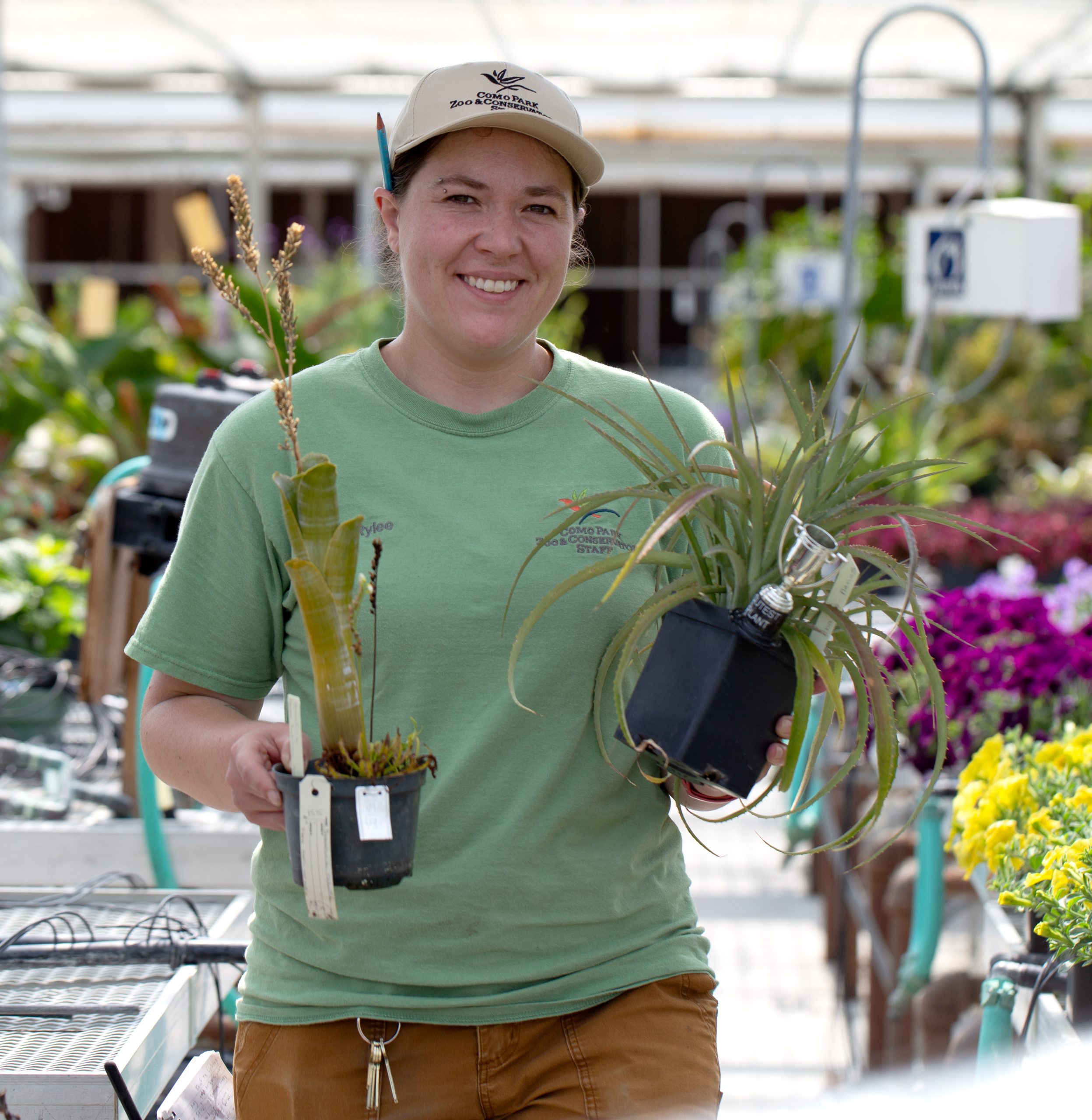
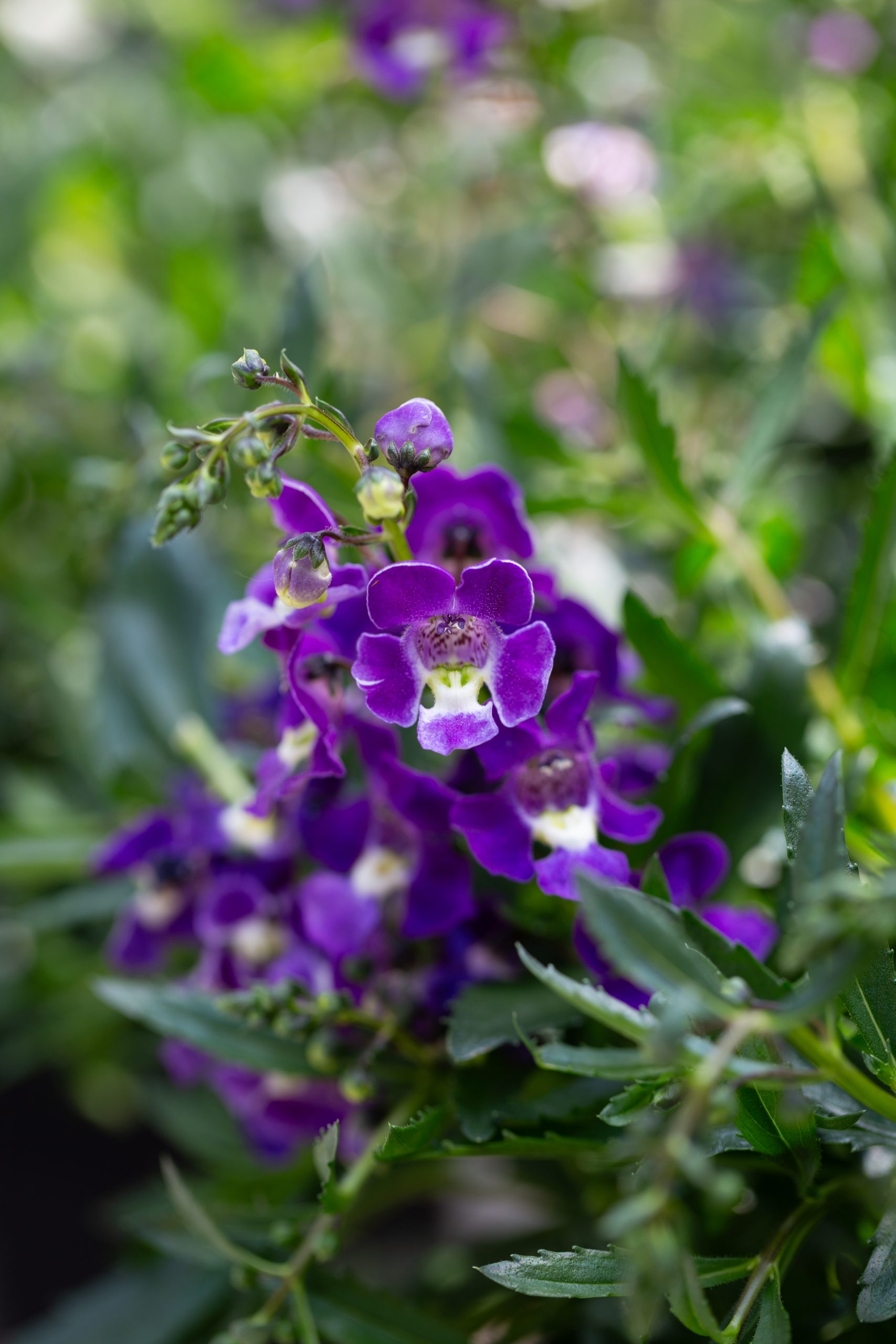
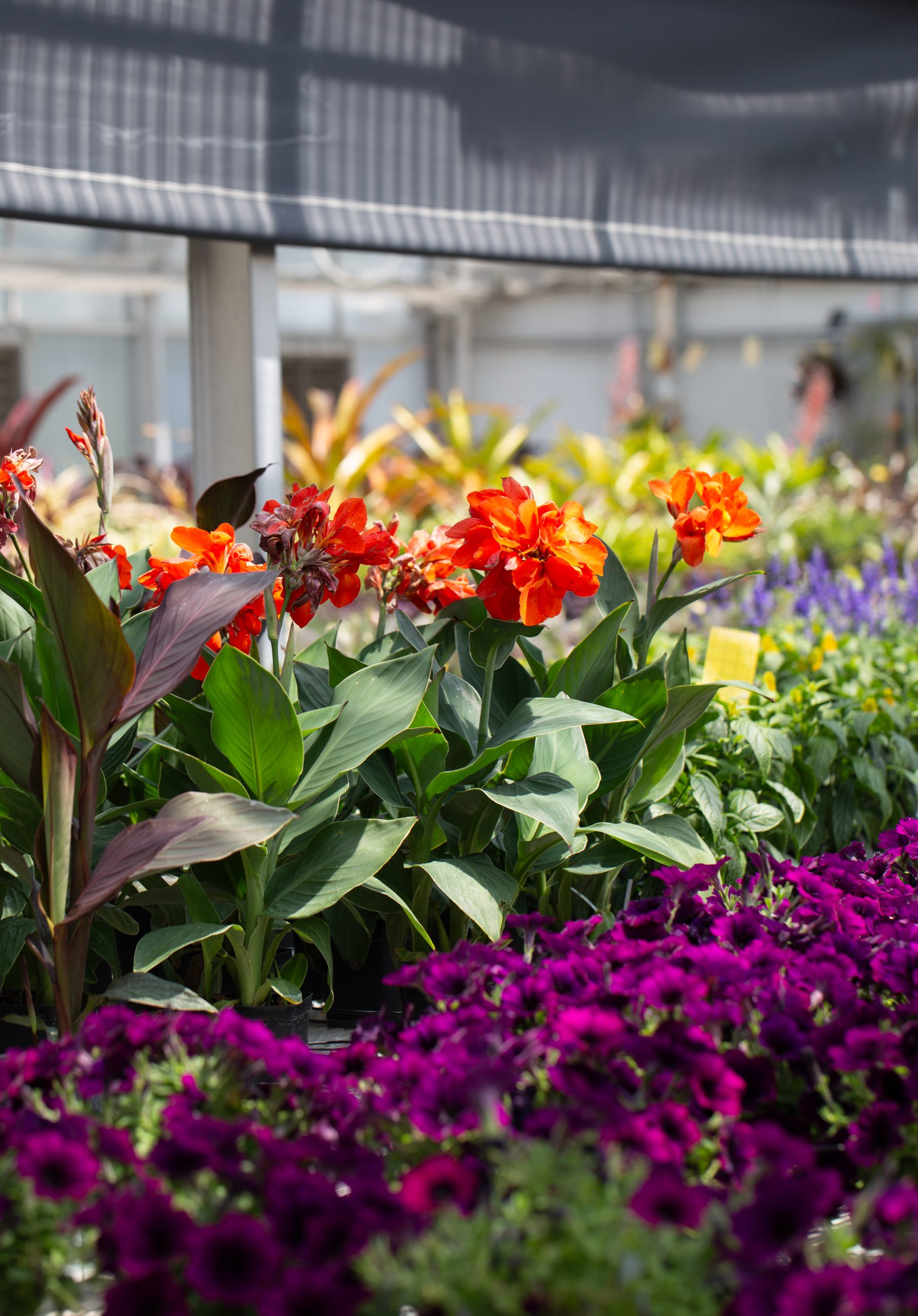
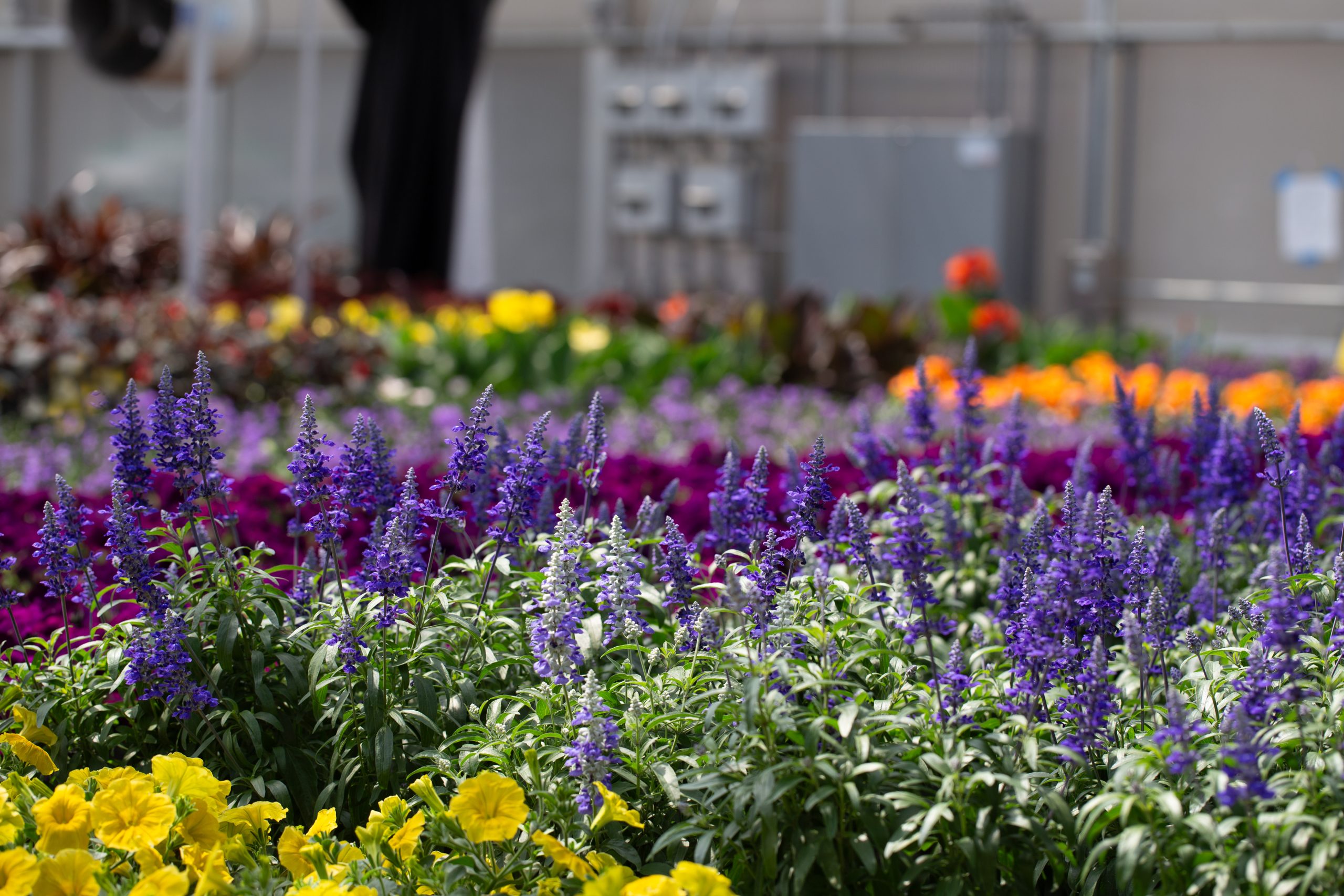
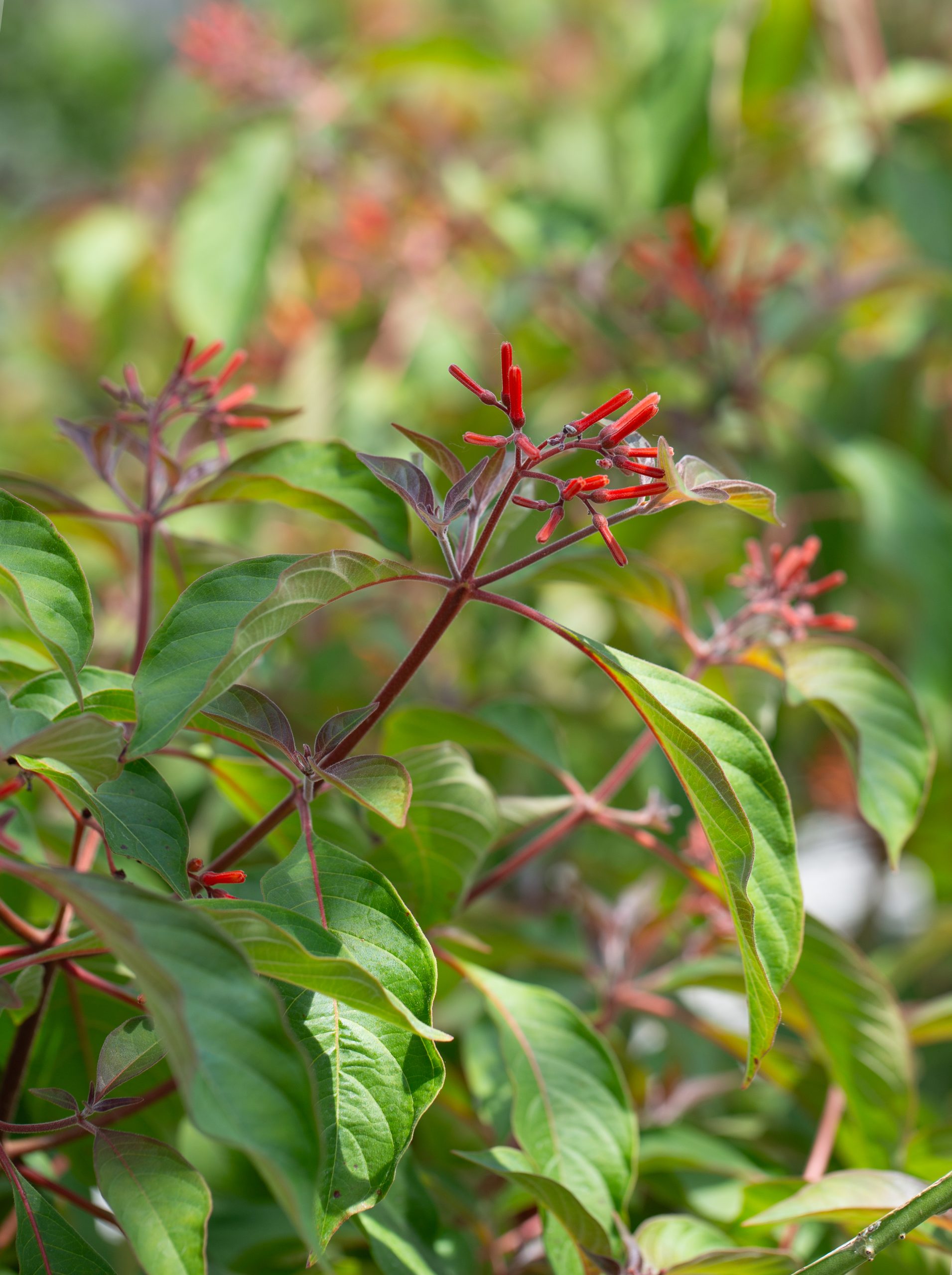
Your support for Como Friends helps ensure the Marjorie McNeely Conservatory’s seasonal flower shows are always free to every visitor. Thank you!
Meet Ray Watson, the Marjorie McNeely Conservatory’s new horticultural curator

Since taking on the role as curator at the Marjorie McNeely Conservatory, Ray Watson has been impressed by just how passionate Como’s horticulturists are about the plants in their care.
“Within my first week here, every staff member I met apologized for gushing and going on about what they’re interested in, whether that’s staghorn ferns, or carnivorous plants, or orchids,” Watson says. “That enthusiasm is why the plants here are so beautiful and well cared for, and I think the passion that people who work here have for plants evokes something in visitors as well.”
Watson’s own passion for the conservation of living things has been the common thread on a career path that’s taken them from farm work and landscape design, to education and youth engagement, to genomic research and COVID science. “The Marjorie McNeely Conservatory is really fortunate to have found someone with Ray’s unique mix of skills and interests, from field conservation, to curriculum writing, to greenhouse operations,” says Como Friends’ president Jackie Sticha. “Their perspective will definitely help strengthen and grow the plant collections at Como, and how those resources connect visitors to our conservation mission.”

A graduate of Swarthmore College, Watson earned a double major in religious studies and biology, where their research focused on hormones and mating behavior in forked fungus beetles. In graduate school at the University of Virginia, Watson earned a master’s degree in Ecology and Evolution, diving deep into the genetic evolution of domesticated sunflowers. Watson also served as a visiting scholar at the University of California, Berkeley and worked as an educator with the Smithsonian National Museum of Natural History’s Youth Engagement through Science program, writing curriculum as well as collecting and managing research populations of teaching specimens.
Moving to Minnesota with their partner, Watson joined the University of Minnesota’s Genomics Center just before the start of the pandemic, going on to lead a team of researchers in developing COVID testing protocols. But a first visit to the Marjorie McNeely Conservatory’s North Garden inspired them to think about returning to plants as the focus of their work.
“Though I really enjoyed my role in research and development, during the pandemic, I realized that I was more of a public servant than a scientist,” Watson says. “This role really appealed to me because it was a marked shift toward providing that direct service to the public, using the resources that are available here from the city to benefit everyone in the community.”

One of Watson’s favorite spots in the Marjorie McNeely Conservatory is the North Garden, home of a long-standing fig tree they’ve affectionately dubbed “Figaro.” To keep the fig from overgrowing its setting, the tree was recently pollarded by Watson and horticulturists Jennifer Love, Isaac Zaman, and Rylee Werden. Pollarding is an age-old system of repeated methodical pruning in which the upper branches of a tree are removed. The result is increased growth at the cut points and a dense head of foliage and branches. A pollarded tree has characteristic knobs at the end of the main branches, like you see today.
Thanks to your generous support, the horticulture team has a lift and other essential tools to carefully trim and maintain the beautiful trees throughout Como’s indoor garden spaces, keeping them healthy and vibrant for everyone to enjoy.
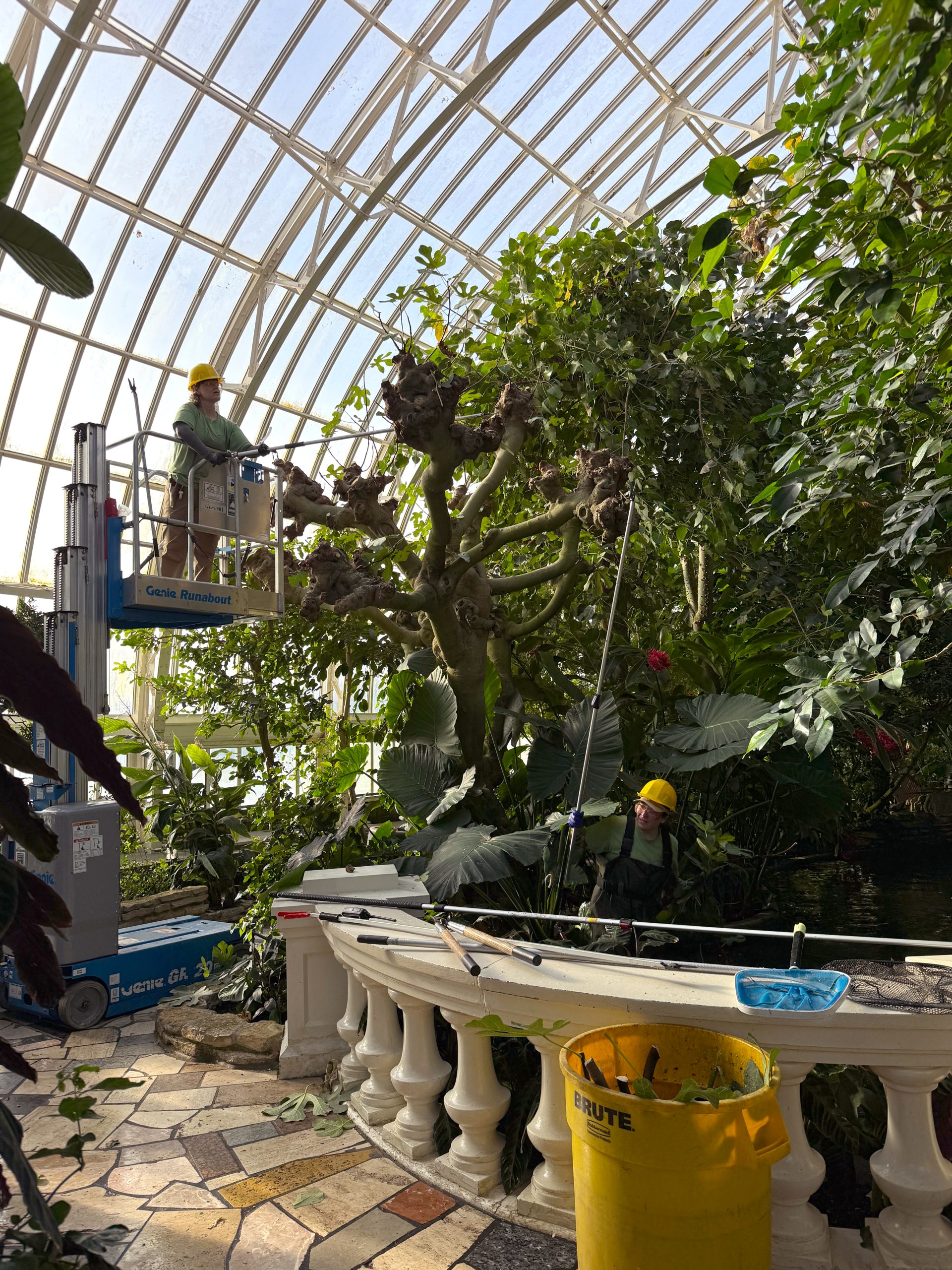
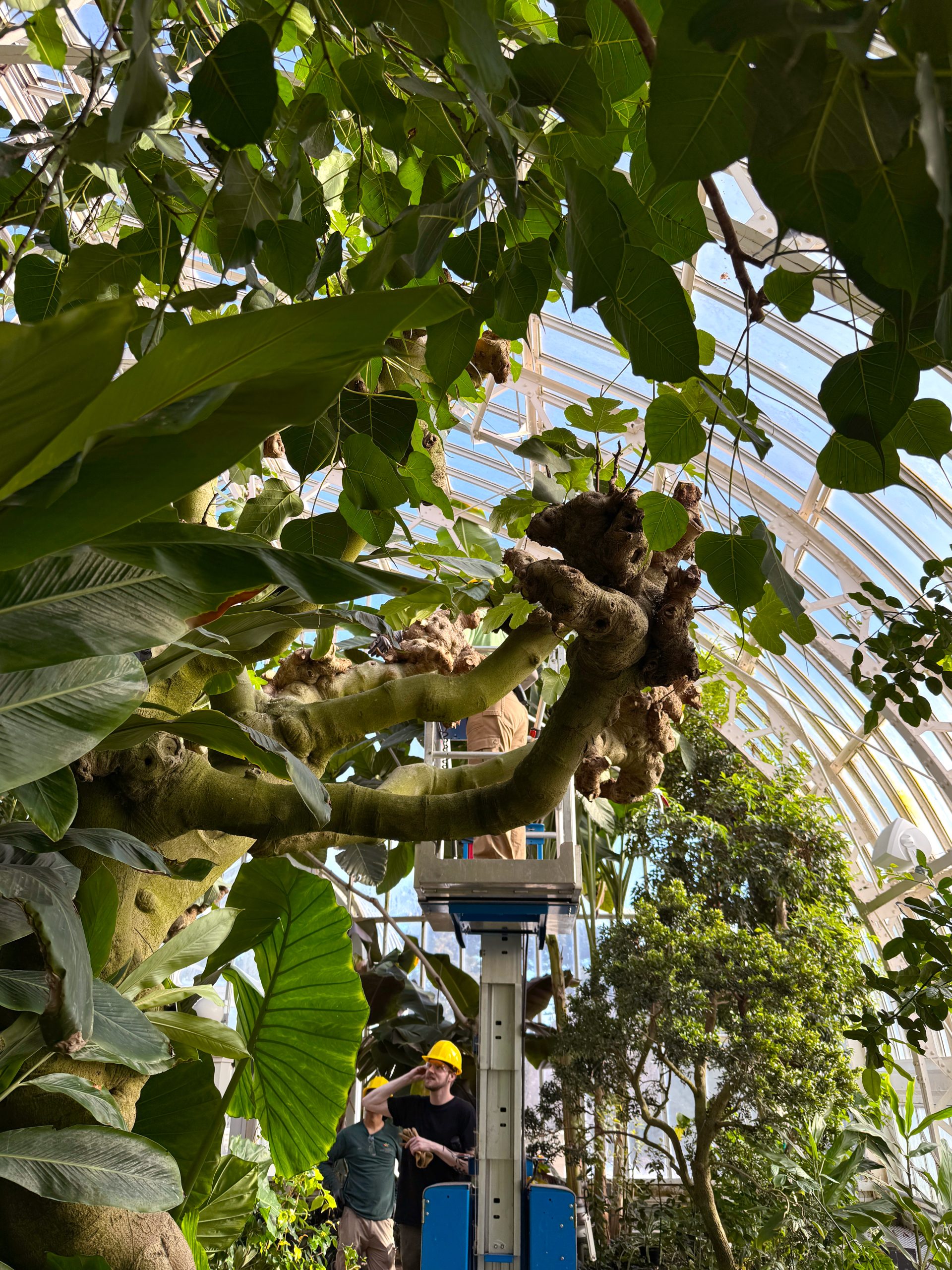
Claude Monet’s gardens at Giverny inspired this season’s Part 1 Spring Flower Show, and Part 2 is dedicated to cool lavender blues
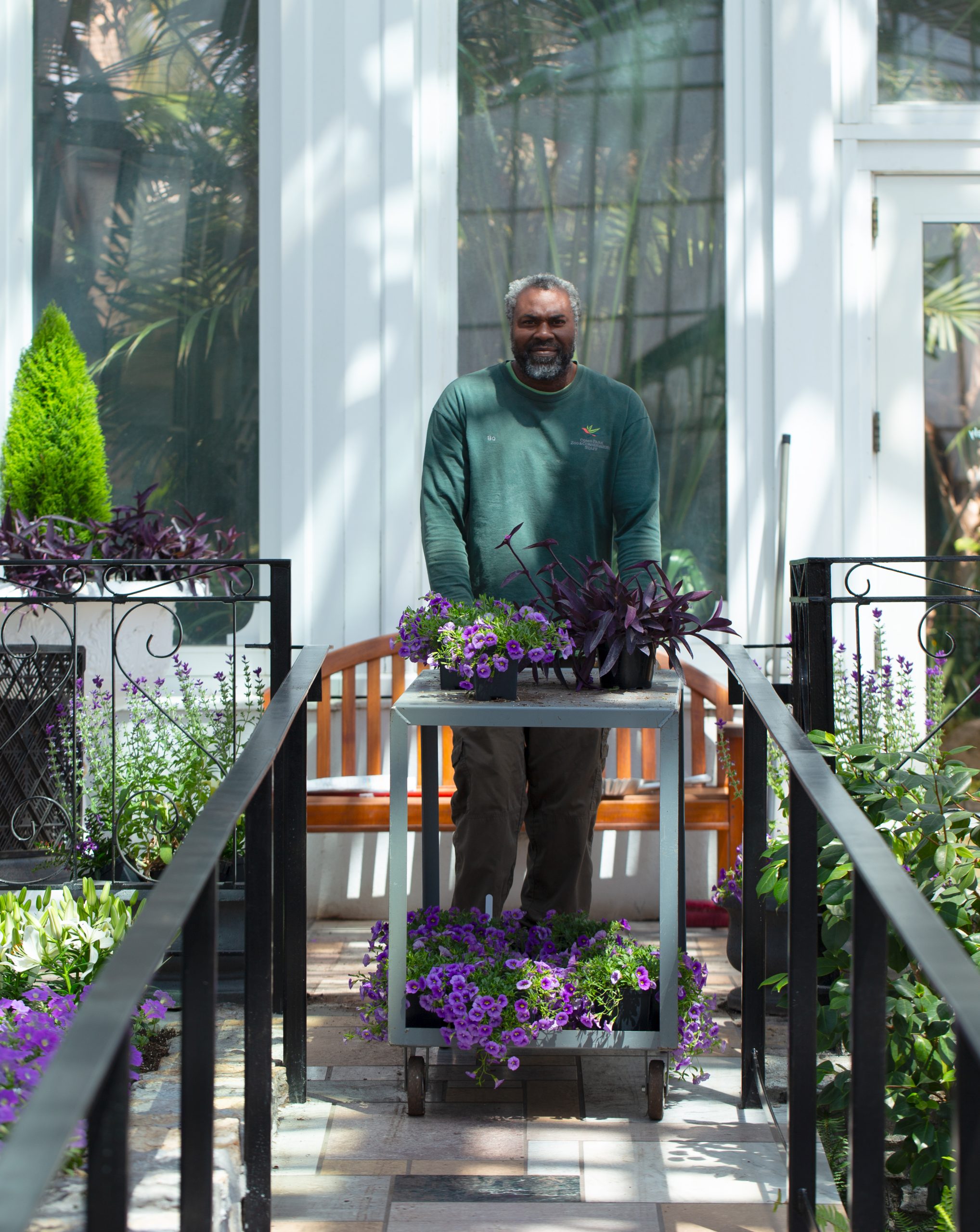
Designed by Horticulturist Bo Akinkuotu, the second part of the Spring Flower Show, open now through June 8, has washed Minnesota’s most beautiful room in the coolest of lavender blues. Enjoy this cottage garden filled with tall spires of blue delphinium and white lilies, calendula, stock, ageratum, and more!
The Marjorie McNeely Conservatory highlights five stunning flower shows each year. Your support for Como Friends helps make it possible. Thank you!
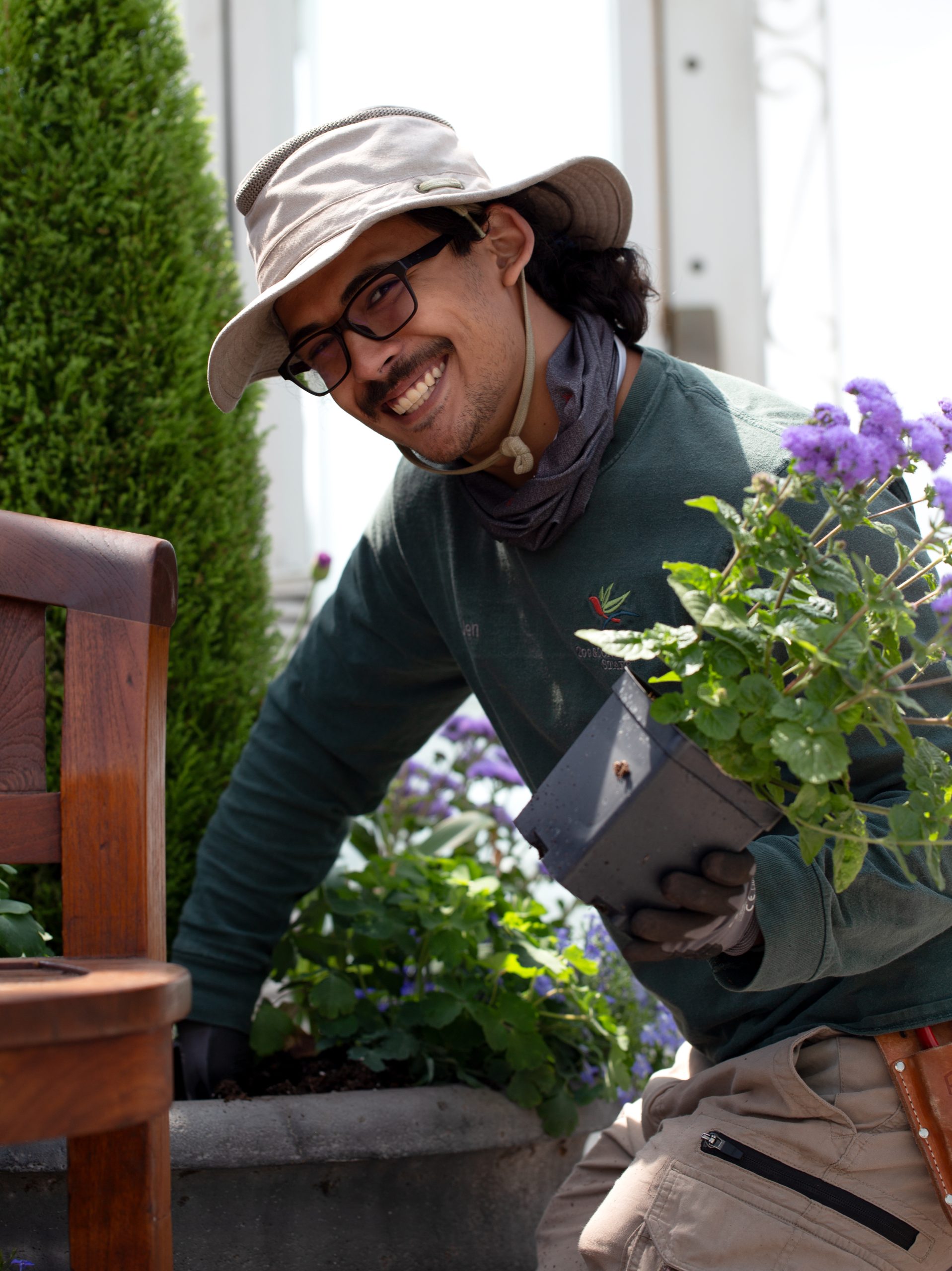
“My garden is my most beautiful masterpiece.” —Claude Monet
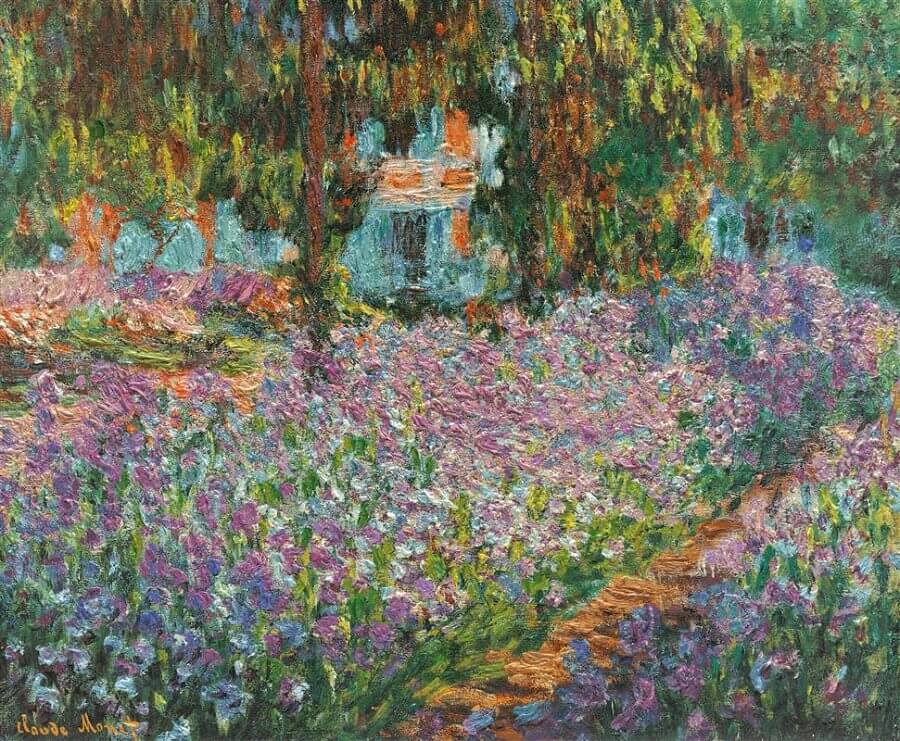

The Marjorie McNeely Conservatory’s Spring Flower Show will open March 21. Inspired by artist Claude Monet’s paintings of his beloved gardens at Giverny in France’s Normandy region, the first half of the show, running through April 27, highlights the Impressionist’s color palette of lavender, light blue, pink, and peach.
While horticulturist Ariel Dressler puts the finishing touches on Minnesota’s most beautiful room, Como Friends’ creative director Susannah Baudhuin went behind the scenes for this photographic sneak peek of the more than 7,000 bulbs, plugs, plants, and flowers about to make their debut.
“It’s on the strength of observation and reflection that one finds a way. So we must dig and delve unceasingly.” —Claude Monet
Numerous shades of ranunculus, peach foxglove, and pink snapdragons will complement show-stopping bulb selections that include blue hyacinth, pink daffodils, purple crocus, with a blend of lavender, white, and pink tulips.
Following a mid-show change from April 28 to May 2, tall spires of blue delphinium and purple foxglove will be the backdrop for a cottage garden collection of flowers including calendula, stock, ageratum, and more.
Remember to save the date for Garden Safari Gifts’ annual bulb sale on Monday, April 28, 2025. Stay tuned for details in our next Como Promo and Social Media posts.

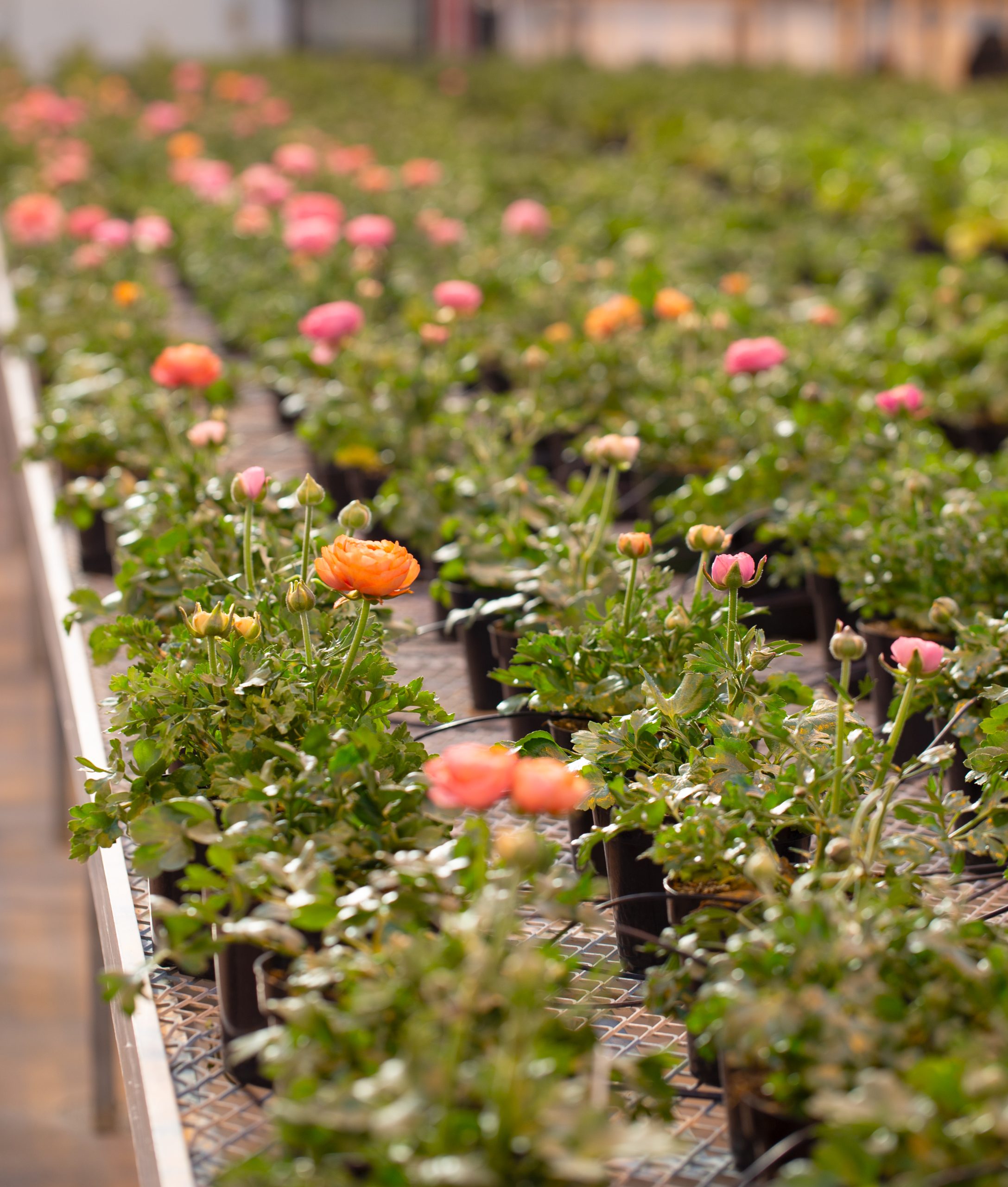

Send an un-fur-gettable Valentine’s Day delivery to the animal lovers in your life with this adorable trio of specially priced mini plush animals. For just $25, this sweetheart deal includes your choice of mini plush tiger, flamingo, or polar bear plus a Valentine’s card and candy hearts. Or sweeten the deal with two for just $45, or three for $65.
February 9 is the last day to order online for delivery. Stop by Garden Safari Gifts at Como to pick up your Valentine’s package through February 14!
For orders of two or more minis, please list additional animals in the comment field.


As the 2025 Winter Flower Show at the Marjorie McNeely Conservatory opens this week, many visitors will enjoy their first glimpse of the new accessibility improvements recently made to the Sunken Garden. Knowing that so many eyes would be on the space after its two-month closure, horticulturist Katie Horvath decided to create a floral design scheme that would give visitors a very warm welcome back.

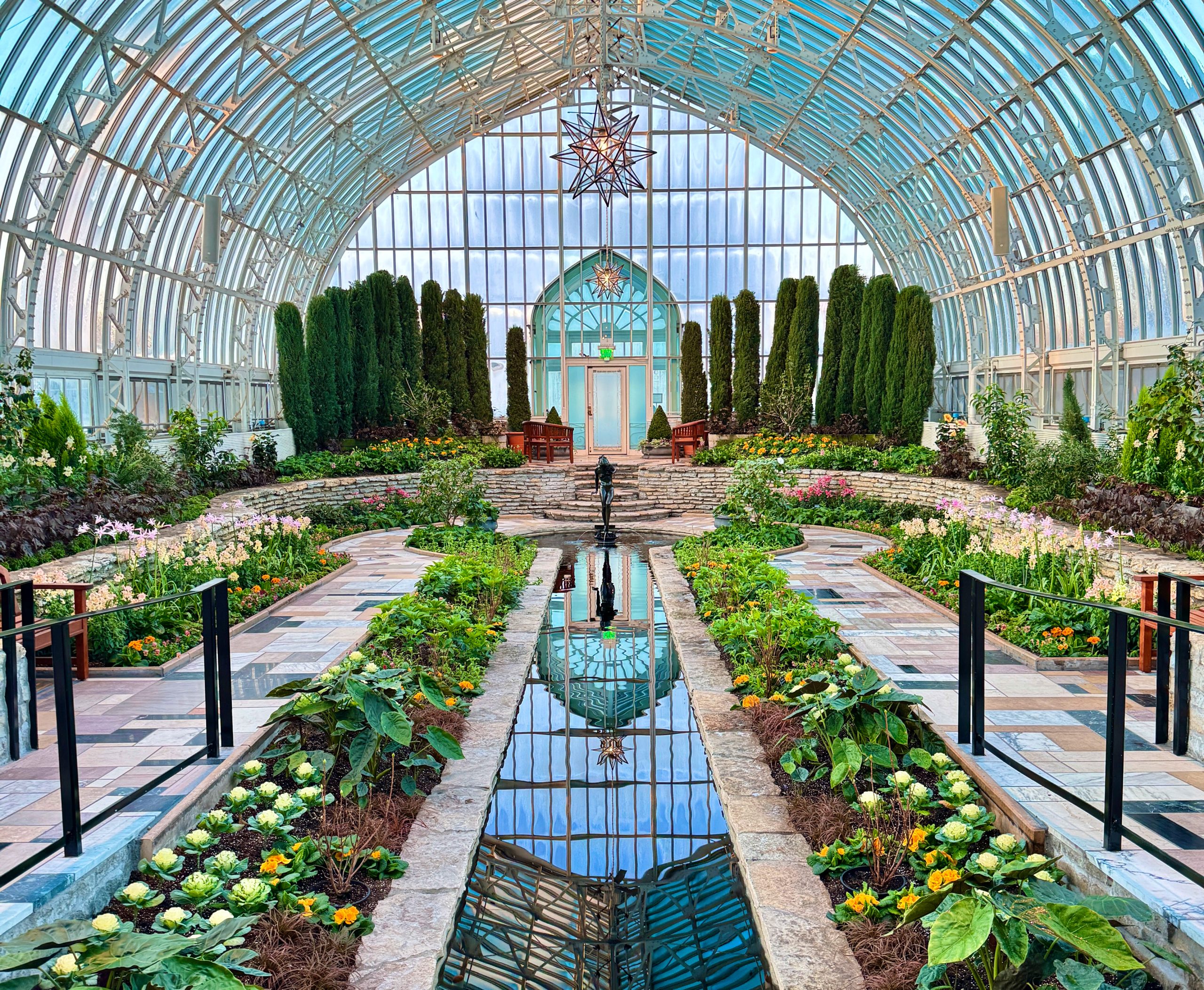
“Winter can be a time for those cooler, icier colors, which are beautiful, but when I got to thinking about what I like best in winter, it’s about finding those warm, cozy spaces,” says Horvath. “Walking in to find warmth in the middle of winter became my goal for the garden’s design.”
This is Horvath’s first design for the Sunken Garden, a process she started more than a year ago to guarantee that featured flowers like the primrose would have the time required to start from seed and go through a lengthy cold-weather germination process. She also spent time exploring more tropical color tones than are typical in wintery botanical gardens. “I looked at ways of combining a lot of oranges and yellows and peachy sherbet-type colors, with mixtures of cherry and caramel and a lot of really pretty deep reds.”
Among the standouts are the hibiscus mahogany splendor, a peachy dalmatian foxglove, and a mix of buttery and dainty chantilly salmon snapdragons, and pilea Moon Valley with its distinctive kiwi- and bronze-colored leaves. Como’s production greenhouse also cultivated the charming sweet pea vines climbing up the trellises installed throughout the garden.
The other star of the show will likely be the new pedestrian ramps that now lead to the garden, improving access for guests with strollers, walkers, wheelchairs and other mobility challenges. “Change isn’t always easy,” Horvath says about the nearly 100 years of memories contained in Minnesota’s most beautiful room. “But hopefully when people get back into the Sunken Garden they’ll appreciate how amazing the space is, and just how amazing plants are.”
Thanks to your contributions to Como Friends, Como’s five seasonal flower shows are always free to visitors. The Winter Flower Show is open daily from 10 a.m. to 4 p.m. through March 16, 2025.

“I really do feel the weight of how important it is for this space to reopen. I’m excited and incredibly proud to have grown these flowers and plants, designed the show, and finally planted the mixed beds again. But I also recognize how challenging it is, so I do feel a bit nervous about that. At the same time, I just think plants and flowers are incredible. When people walk into the Sunken Garden and see everything we’ve been cultivating, I hope they’ll appreciate it for more than just the structural changes in the space. I know this will be a big deal for some people—change can be tough, and there are a lot of changes in there. The space is going to feel new and different, and while the ramps and other elements may not be what some are used to, I’m hopeful that the beautiful plants and flowers surrounding them will make those changes feel easier to embrace.”
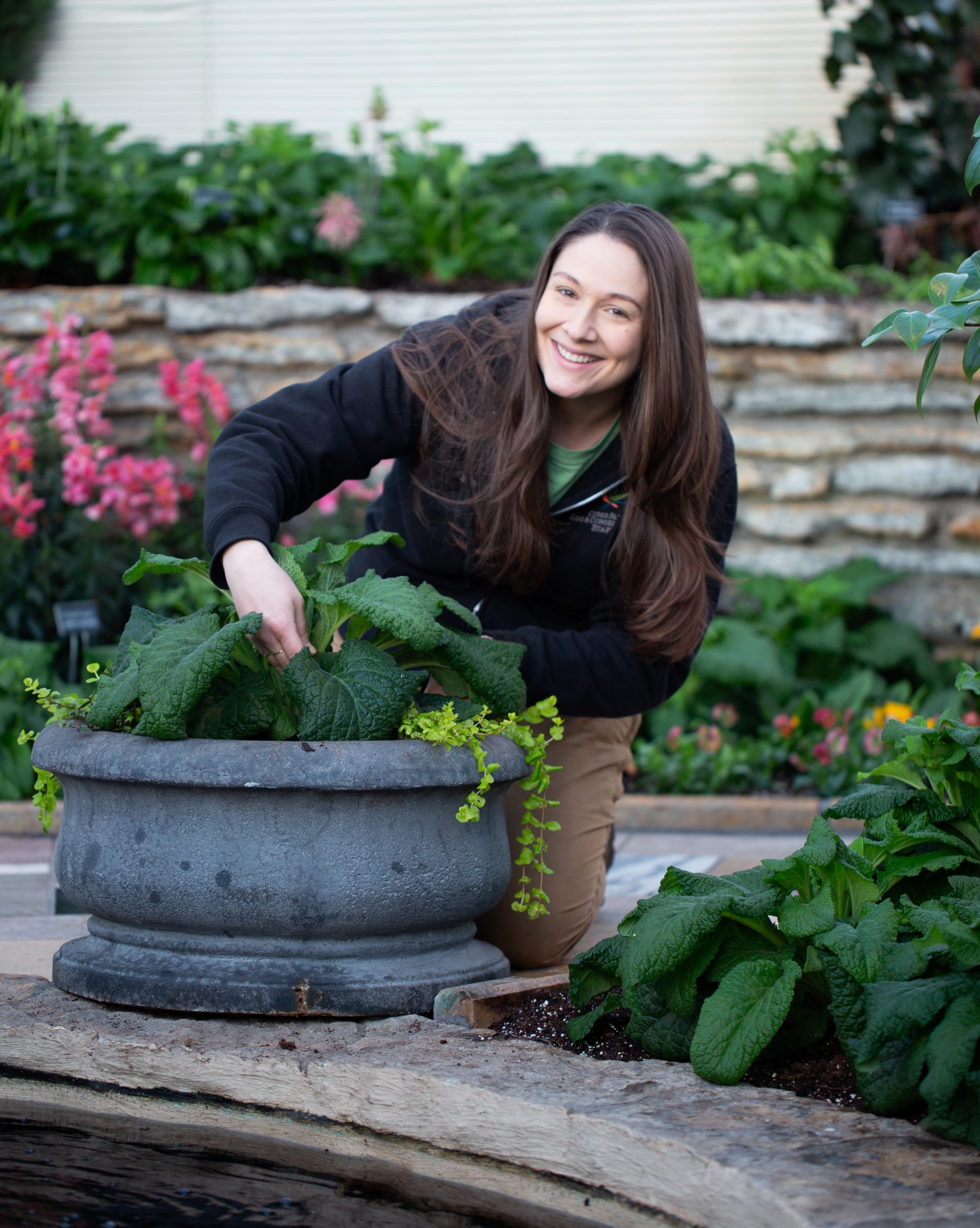
Making Minnesota’s most beautiful room more accessible for the future
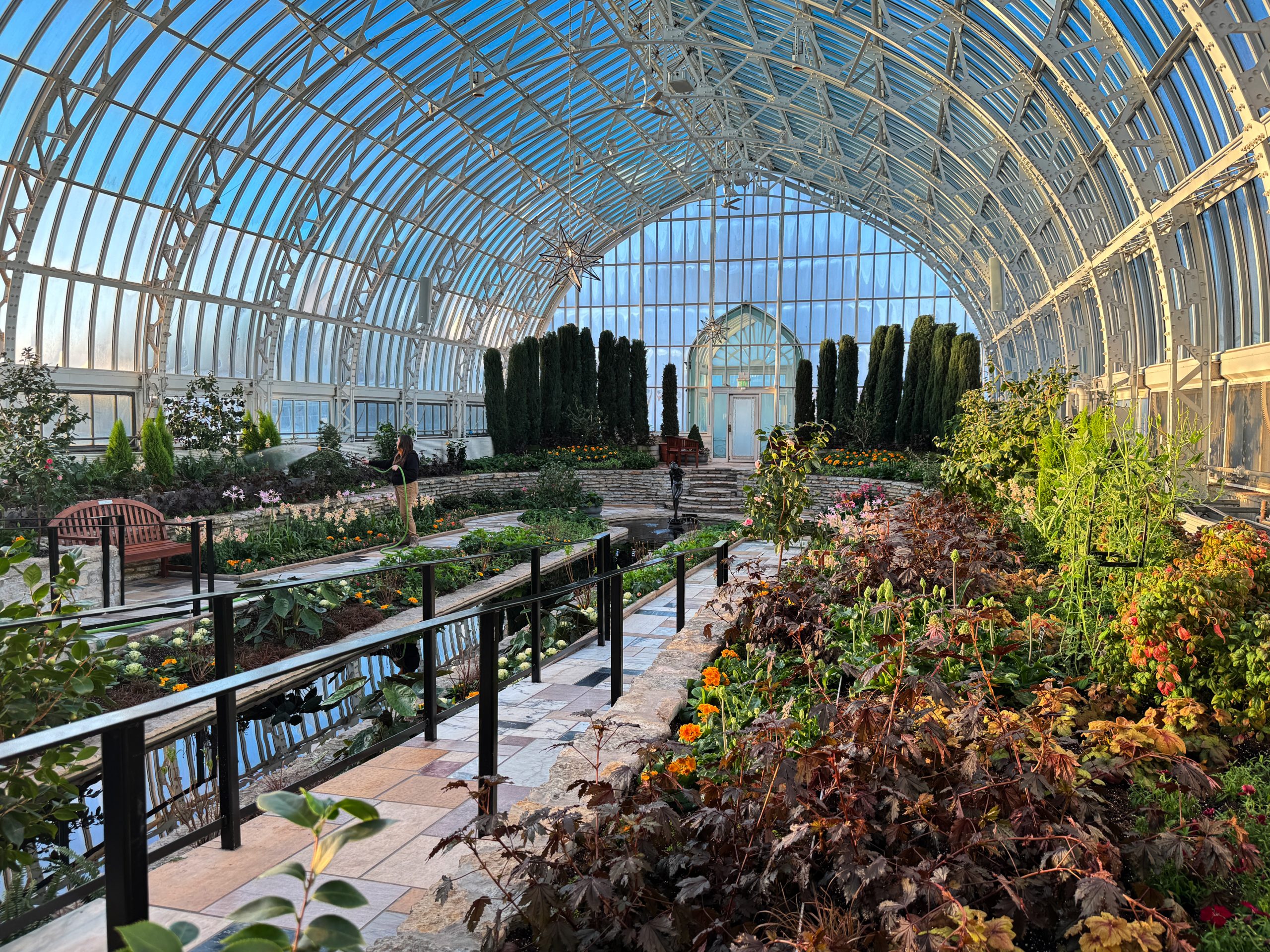
For one of the first times in its century-long history of service, the Marjorie McNeely Conservatory’s Sunken Garden closed to the public earlier this winter to allow for the construction of two pedestrian ramps that will make the space more accessible to visitors. The brief closure also gave Como the chance to give the wing—a favorite Twin Cities wedding destination—a little extra sparkle. As the new and improved space reopens to the public this season, here’s a look at some of the features that make the Sunken Garden so special to so many.

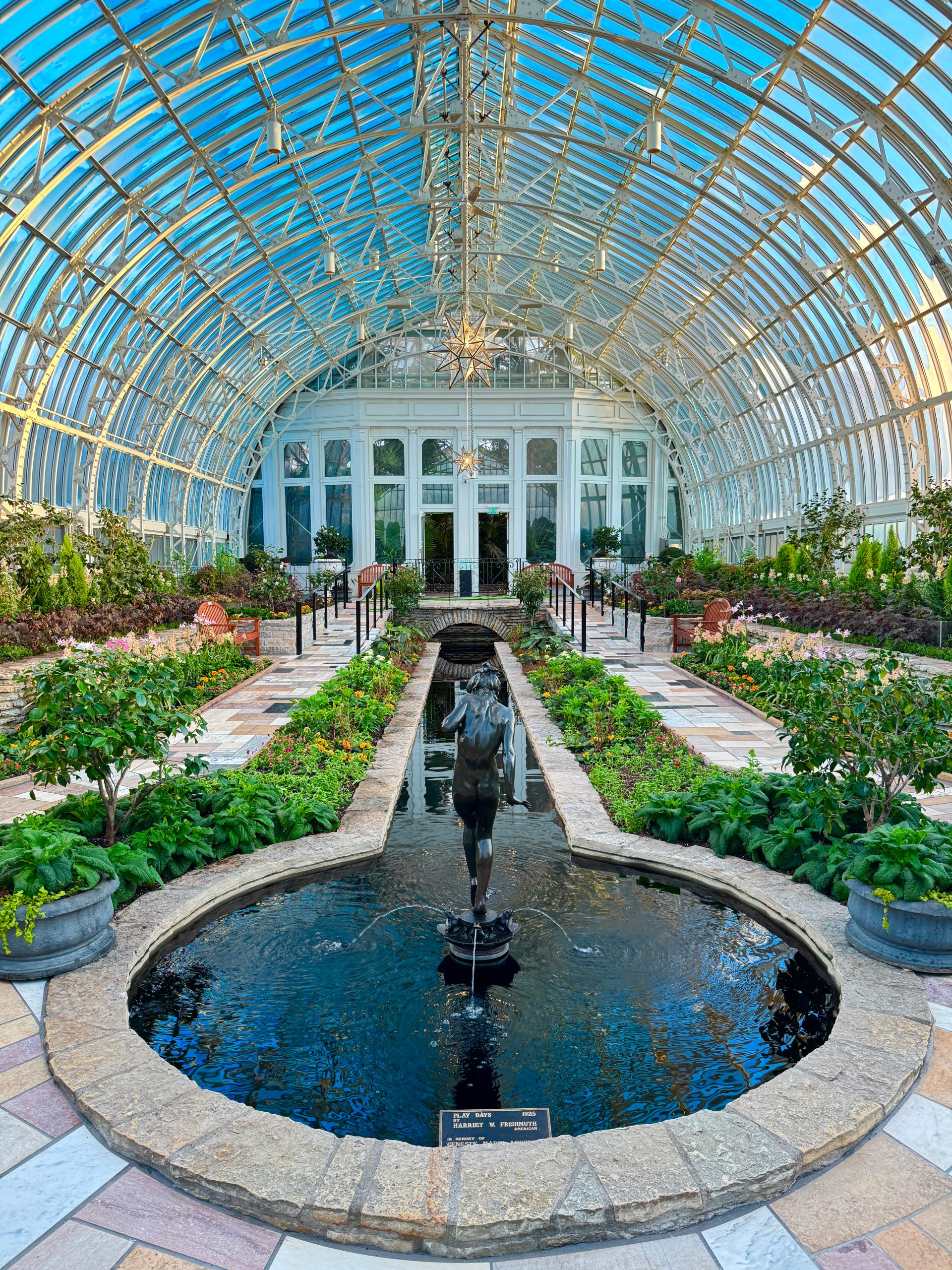
1). While the flowers come and go in the Sunken Garden, Minnesota’s most beautiful room has very deep roots. Originally opened as the Marjorie McNeely Conservatory’s south wing in 1915, the room was remodeled about a decade later to create the features we recognize today—the long, narrow floral beds, the lengthy reflecting pool, and the exceptional view from above that allows visitors to take it all in. “Sunken gardens were a trend in Europe at the time,” says Paul Knuth, the retired horticulturist who created the room’s rotating flower shows for more than 30 years. “But I think being able to see everything from one spot would have been the real inspiration. That view is easy on the eyes.”
2). A beautiful example of the Victorian glasshouse movement, the Conservatory’s listing on the National Register of Historic Places requires renovations to stay within the framework of the building’s original design, including recreating the distinctive marble flooring pattern on the new ramps. With masonry work that’s been kicking up a lot of dust, crews are also planning a deep cleaning of the windows and these Moravian star pendant lights. A traditional shape made popular in Germany in the 1830s, the star pendants were created by German immigrant and St. Paul craftsman Harry Fritsche. According to his grandson, Fritsche made and donated the now iconic lights to the Conservatory “as a gift to the city that welcomed him during difficult times,” and they have been hanging over the Sunken Garden since 1935.
3). “Play Days,” the beloved bronze sculpture at the south end of the Sunken Garden was also removed from the Sunken Garden this winter for repair and renovation. Created by Harriet Frishmuth, an American artist who studied with Auguste Rodin at Paris’s École des Beaux-Arts, the iconic sculpture is actually one of 99 known castings made of the work. In a fun twist of Como coincidence, this piece was donated to St. Paul in the 1960s by senior horticulturist Ariel Dressler’s godparents. “So many people feel a family connection to that room, and so do I, when I’m dusting that statue,” she says.
4). The Sunken Garden is a flower powerhouse, accounting for more than a third of the plants, plugs and bulbs grown each year in Como’s behind-the-scenes greenhouse. That number may even grow with the removal of the obsolete elevators, which has created more room for flower beds. “That’s something we’re excited about, because it’s a pretty significant new space for planting,” says Dressler. The spring and summer flower shows alone typically require up to 10,000 bulbs each year, which means that more than a million tulips, hyacinths, daffodils and other varieties have cycled through the Sunken Garden over the last century. “For years, Como Friends has offered the bulbs for sale when we’re finished with them, so it’s fun to run the numbers and imagine all of the decades that Como’s gardens have been making the community more beautiful, too,” says Dressler.
The Sunken Garden is also the site for Como’s Music Under Glass series this winter, a free concert series featuring local artists on selected Wednesday and Sunday nights. Visit comozooconservatory.org to learn more.

Como Brings Conservation to Life
From the first breaths taken by Como Zoo’s new tiger cubs, to the tender care that’s giving extra years to elder animal ambassadors like Nan the polar bear, Como Park Zoo and Conservatory is on a mission to bring the value of conservation to life in every season.
On Give to the Max Day, your generosity helps bring conservation to the forefront every day at Minnesota’s most visited cultural destination. From crucial breeding programs to preserve our planet’s most endangered animals, to sustainable habitats that tell deeper stories about the Earth’s diversity, your support helps Como Park Zoo and Conservatory welcome the next generation to discover the wonders of nature through unforgettable face-to-face encounters, fantastic education programs, and always-free admission.
And thanks to a matching gift from the Como Friends Board of Directors and a generous donor, your gift will be doubled, dollar for dollar, up to $53,200.

This year, Give to the Max Day supporters helped choose the name of Como Zoo’s new baby nyala, born in September, by picking their favorite—Harvey, Stanford, or Walter. The winning name with the most votes is Walter!
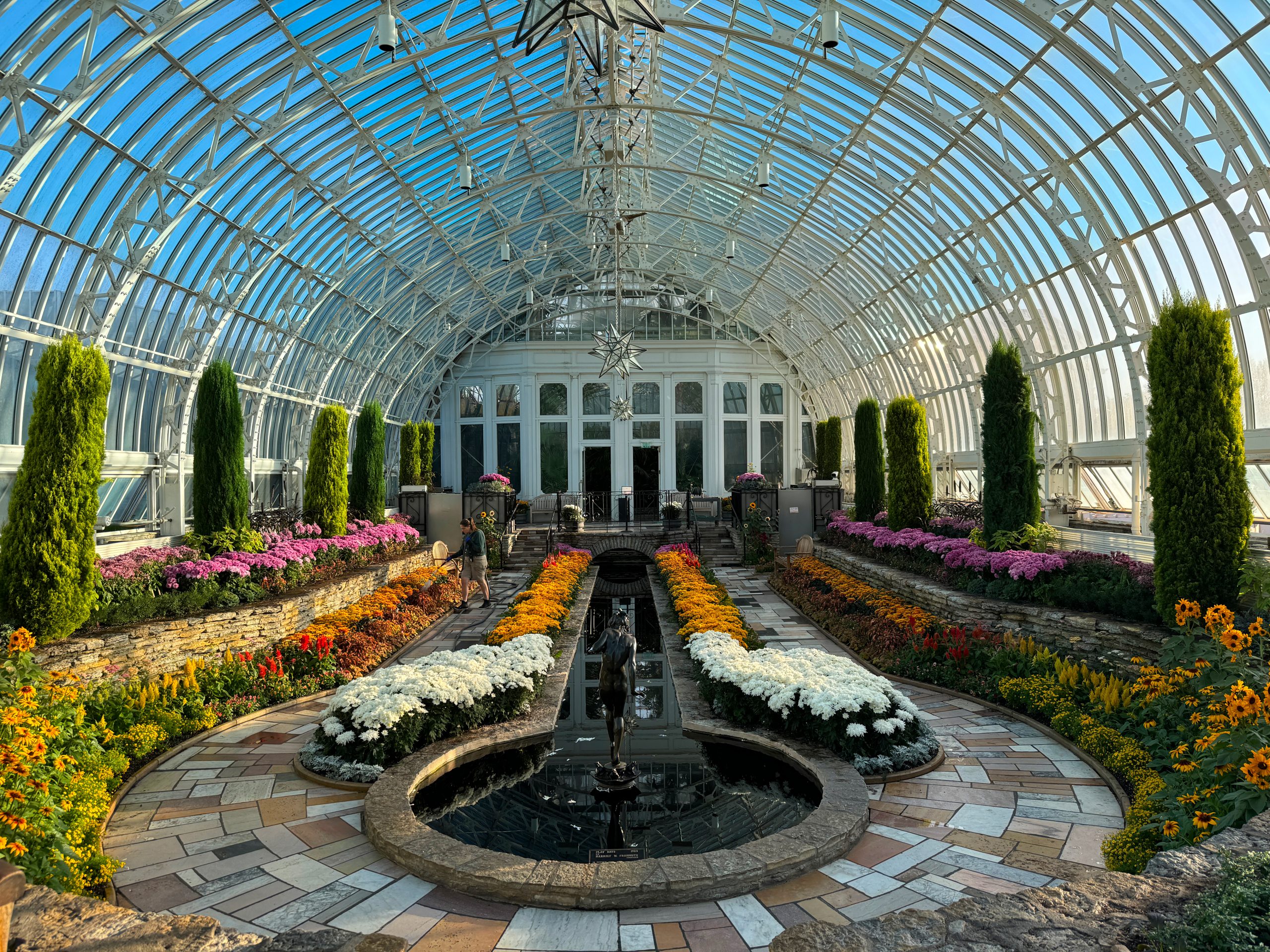
The final Flower Show of the year celebrates the warmth of autumn

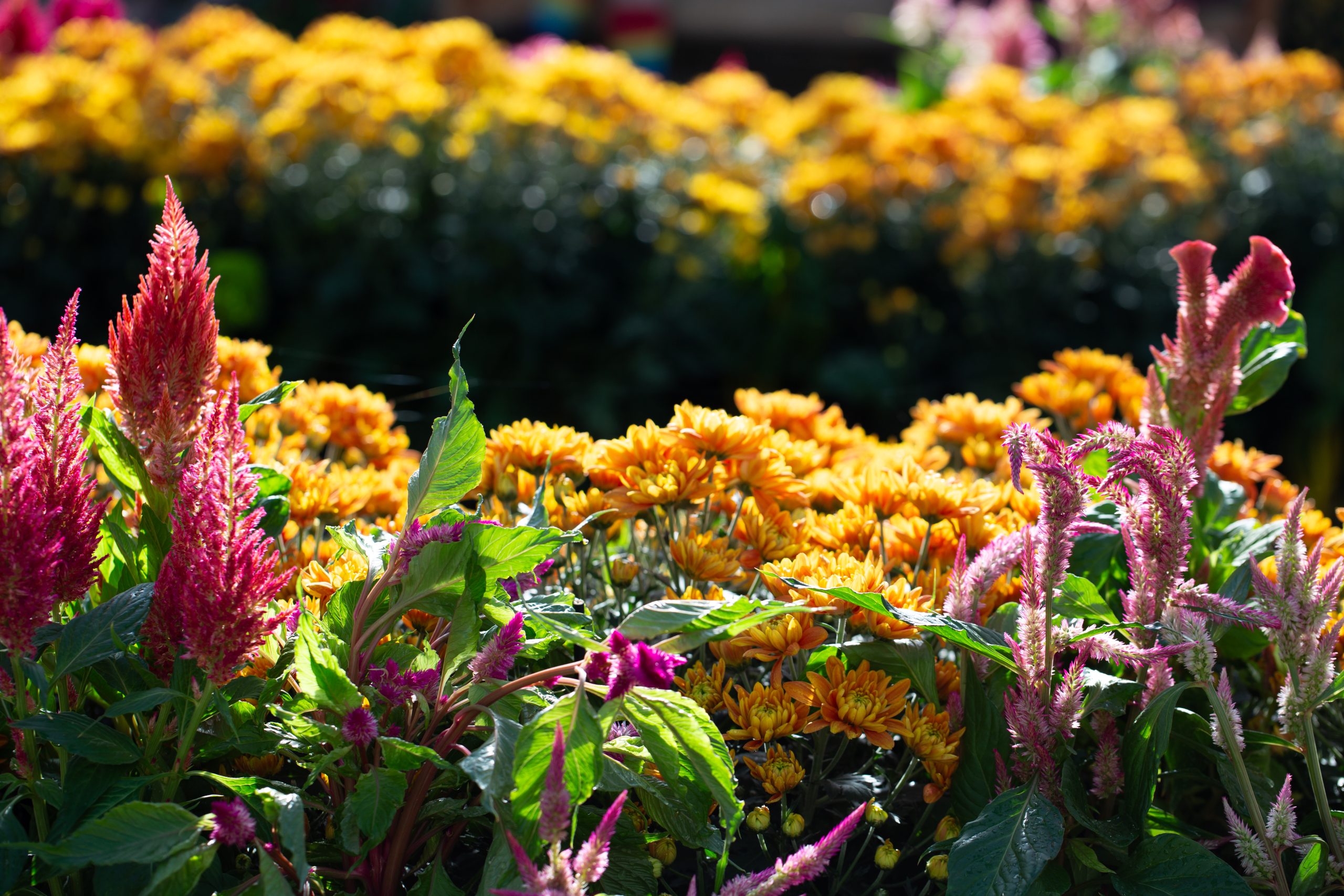
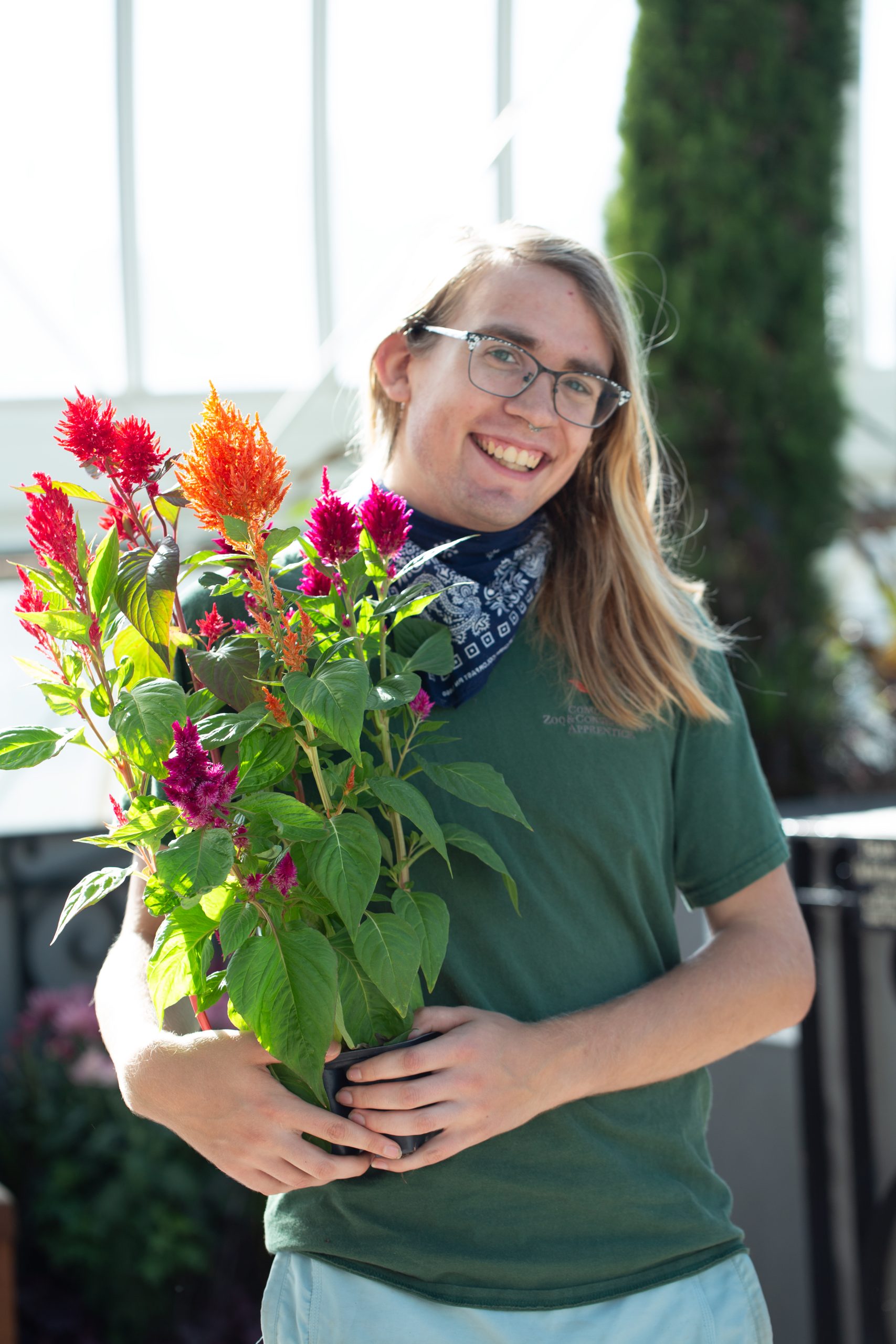
Right Track apprentice Willow Stephens grew up coming to Como, where the Sunken Garden once played host to a family wedding. This season’s show features her favorite flower—celosias “pampas plume”—as a supporting player.

A long-running design trend in fashion, hair, and homewares, the ombre pattern is now making its horticultural debut in the Sunken Garden, where waves of yellow, gold, pink, and purple chrysanthemums ripple against the room’s reflecting pool.
“The theme we were going for was ‘sunset on the water,’” says Willow Stephens, the Right Track horticultural apprentice who co-designed the show along with Como horticulturist Rylee Werden. “The white mums at the end of the pool represent the bright sun, and then you see the colors around it fade away, yellow to orange, pink to purple.”
And now through November 16, Como’s Fall Flower Show is taking its inspiration from the color palette of Como Zoo’s lions, Mumford and Maji. Sunken Garden flower shows are free to the public, and made possible, in part, by your support for Como Friends. Thank you!
An autumn tradition for more than a century, designing the Fall Flower Show at the Marjorie McNeely Conservatory is a cool project for any young horticulturist to have on their resume. But this season’s display is extra special—it will be the last shot of color in the Sunken Garden before it closes for renovations that will make the historic room more accessible to visitors with strollers, wheelchairs, and other mobility challenges. While it’s under construction, Como’s horticulturists, and an event and display company are planning a poinsettia display for the Visitor Center porch.
“There’s never a great time to close any corner of Como, particularly a garden that visitors love as much as the Sunken Garden,” says Como Campus Director Michelle Furrer. “While we won’t be able to experience the Holiday Flower Show, we are planning a special exhibition, Winter’s Blooming Wonderland, that includes the traditional poinsettias on the Visitor Center Porch.”

That’s why horticulturists came up with a particularly colorful plan for this season’s two-part flower show. Following the sunset theme, which runs through October 27, the second half takes its inspiration from the color palette of Como Zoo’s lions, Mumford and Maji, and will run from November 1 through 16.
In addition to traditional mums, Werden says visitors will see her favorite plant, the viola “antique shades,” and many other vibrant supporting players. “The cooler temperatures and shorter days do restrict the types of plants that we can select, but we’ve chosen some that give the room a nice fall feel—chard and kale, marigolds, millet, and grasses all look great with these mums.”
“We’re really excited about having a room that’s more accessible, and that more people can appreciate,” says Werden. “And one thing we really like is that these changes will even create a little more space for garden beds.”
Symbolizing joy, luck, friendship, and rebirth, chrysanthemums have been the centerpiece of the Marjorie McNeely Conservatory’s fall flower shows since 1915. This year’s show highlights the versatility of mums by featuring the same plant side by side—one in the traditional shape, the other pruned back to create a show-stopping central bloom.

To keep all of these plants healthy, Werden recently released hundreds of lacewings into the Sunken Garden. These tiny but mighty beneficial bugs can help protect chrysanthemums from pests known as “thrips,” and the potentially deadly viruses they carry. The Integrated Pest Management program was funded in 2024 by your support to Como Friends. Thank you!
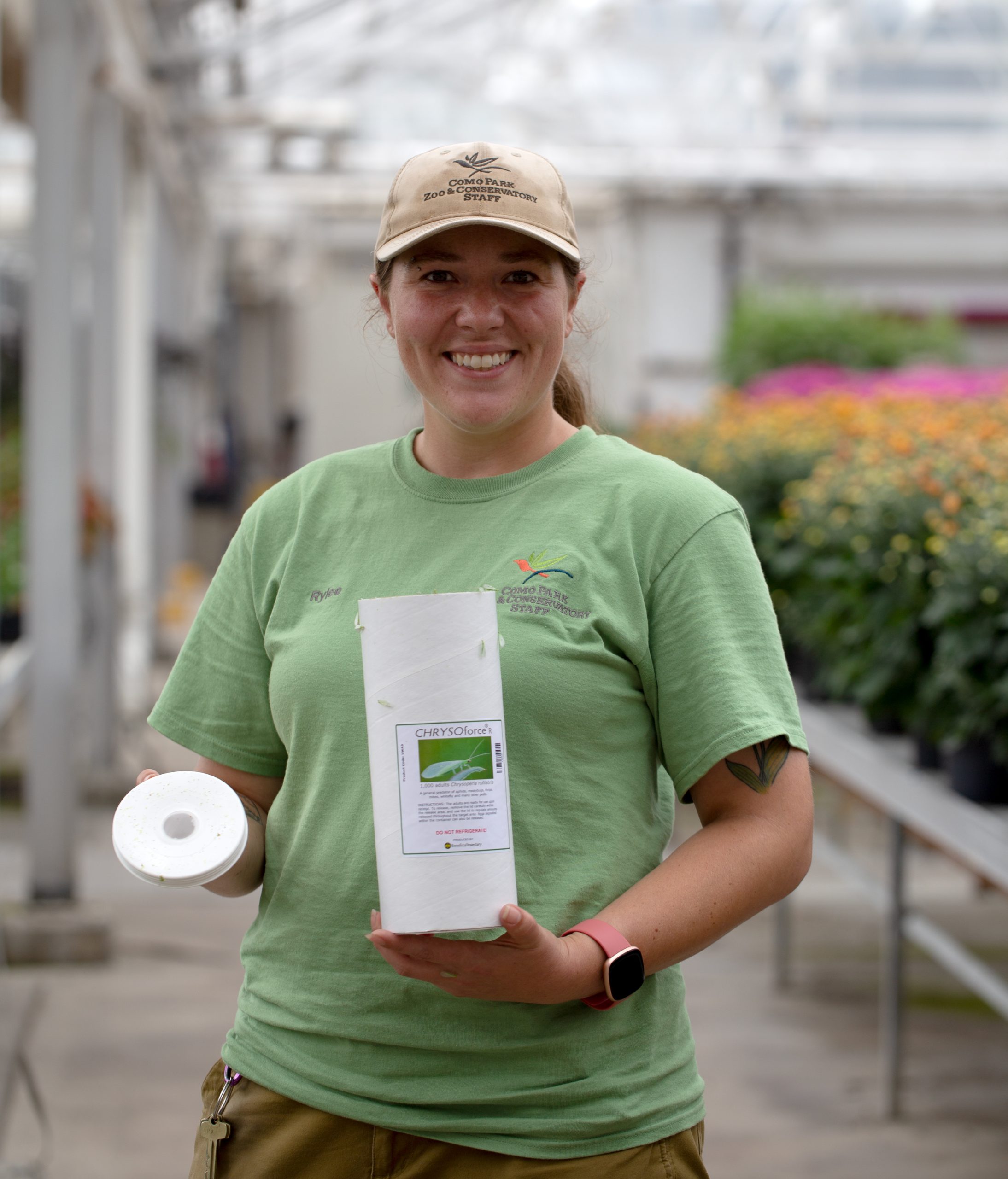

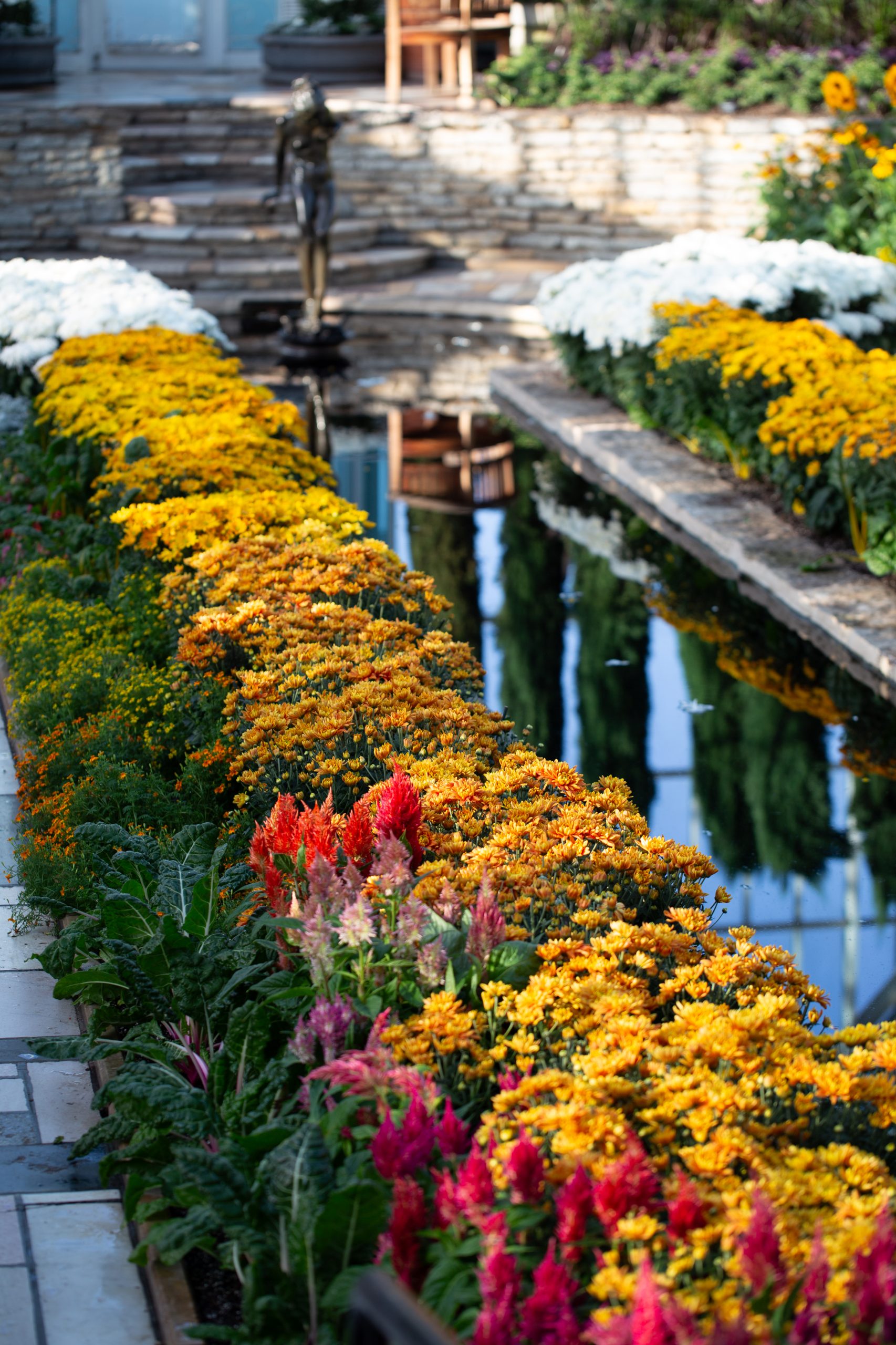
Watch your inbox for a Como Friends’ invitation to a special donor preview of Winter’s Blooming Wonderland, which will be on display in Como’s Visitor Center porch in December. Sign up here.
Fall Sunken Flower Show plant list: Celosia, Yarrow, Viola, Kale, Marigold, Swiss Chard, Dusty Miller, Coleus, Black Eyed Susan, Millet, Aster, Amaranth, a variety of Sunflowers, Ornamental Peppers and Kale, and Pennisetum

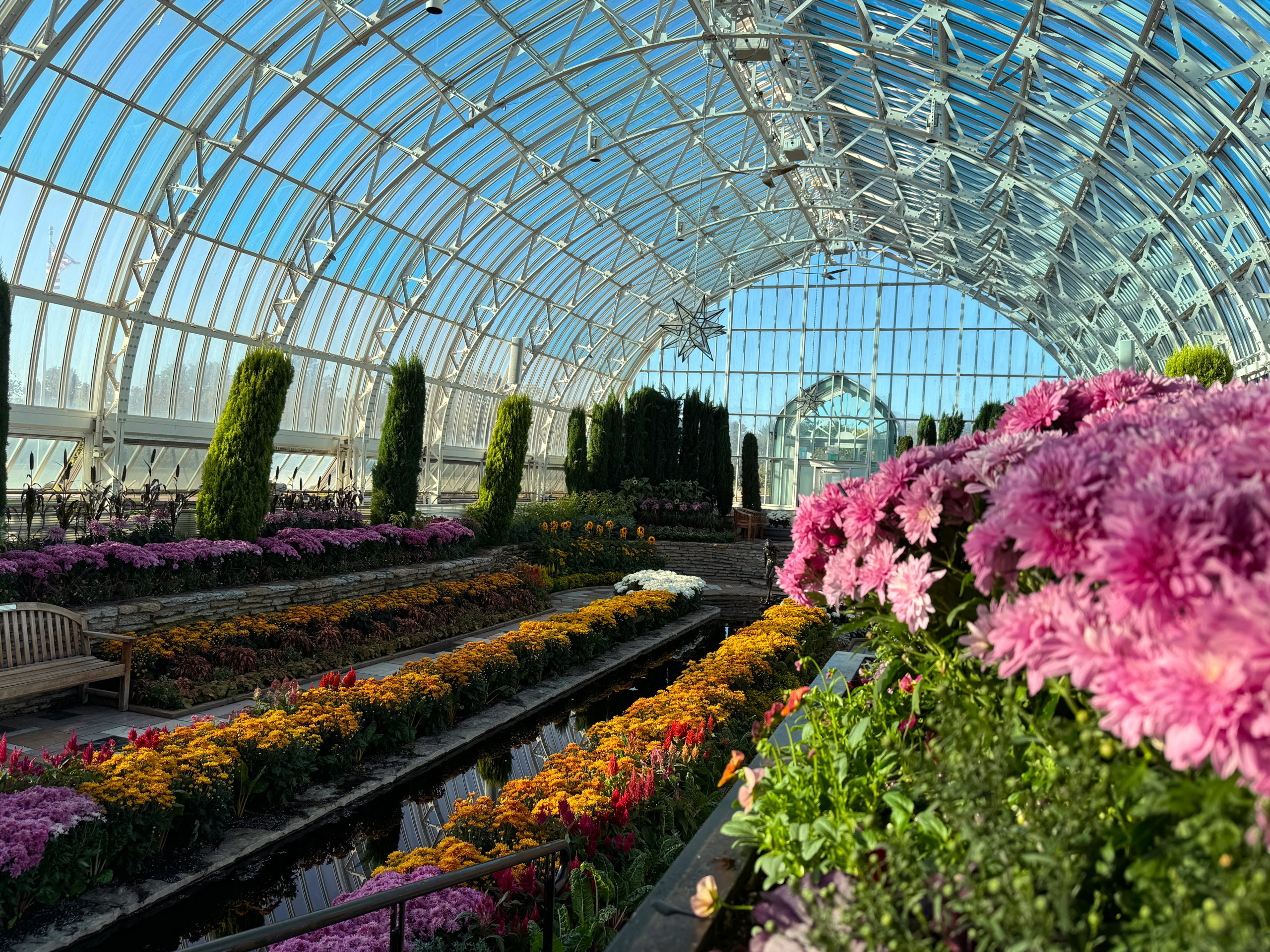
In the Marjorie McNeely Conservatory we bid a fond farewell to the Summer Flower Show ending on September 22, and a warm welcome to the Fall Flower Show opening on September 27
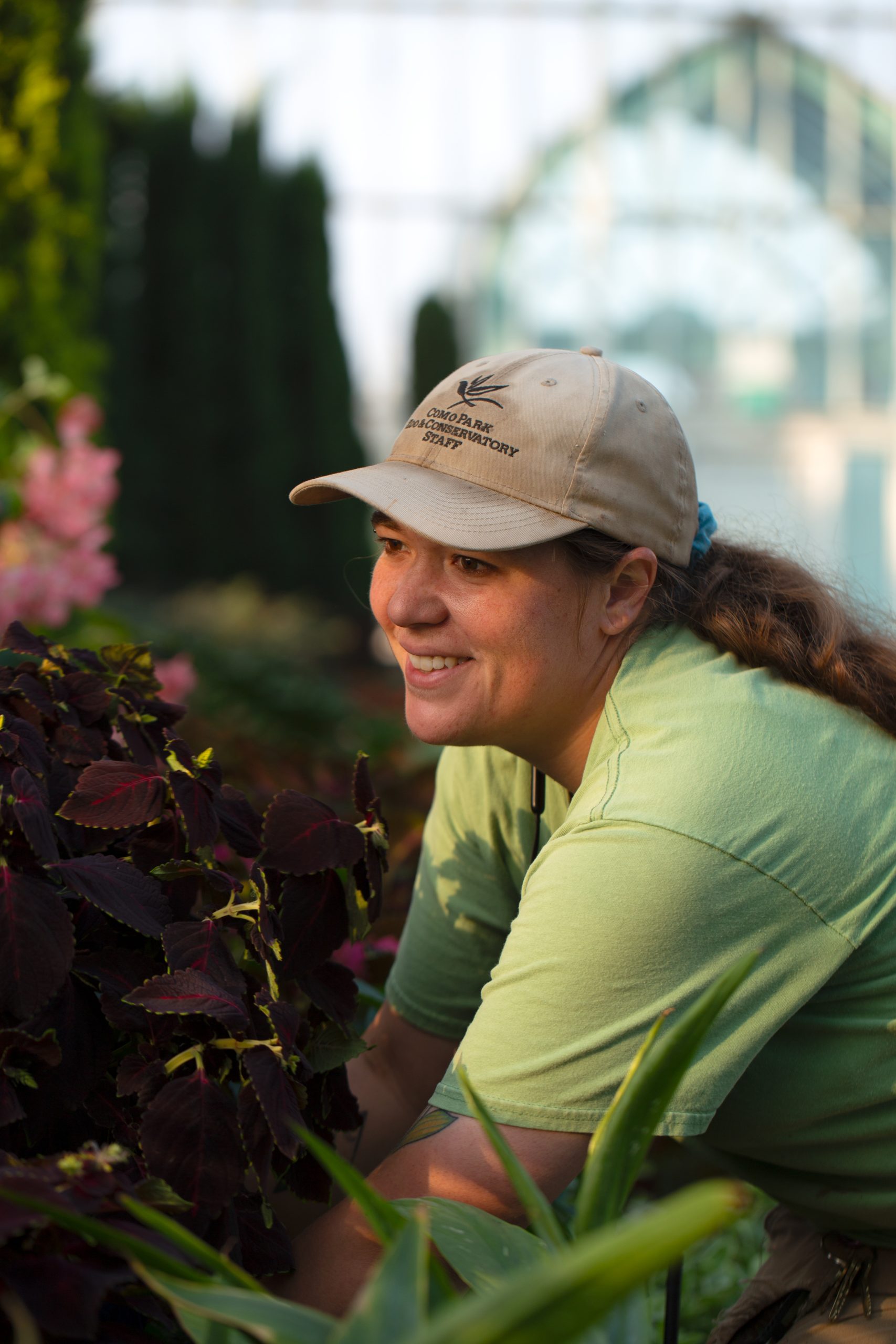

The annual shift from warm summer sunshine to crisp autumn glow seems to happen overnight, but at the Marjorie McNeely Conservatory, this seasonal change takes months of careful planning. As Como’s Summer Flower Show fades on September 22, and the Fall Flower Show comes into bloom on September 27, check out this pictorial preview of the behind-the-scenes prep work that helps Minnesota’s most beautiful room make a change of season.
Horticulturist Rylee Werden and RightTrack Apprentice Willow are collaborating to bring their vision of an autumn sunset to life in Minnesota’s most beautiful room. “Other than the mums of course, we are planning to feature a variety of fall plants in sunset colors including yarrow, celosia, ornamental peppers, chard, violas, heuchera, kales, sunflowers, marigolds, millet and grass,” says Werden.
A first-time show for Willow, who has been working closely with the entire horticulture team for more than a year now. “It’s been great to hear Willow’s ideas and incorporate my vision and hers together,” says Werden. “We are really excited to see everyone’s reaction to our ombre color scheme from around the pool to try to mimic our inspiration of a sunset on the water.” Here’s a sneak peek.
